Guide to San Diego Natural History Museum aka The Nat
To see the start of this article go to the previous page.
Jump Ahead To
Hidden Gems
The Hidden Gems exhibit is a display of 100 gems spread throughout the museum. On every floor, they are located right by the staircase and elevator so it will be the first thing you see.
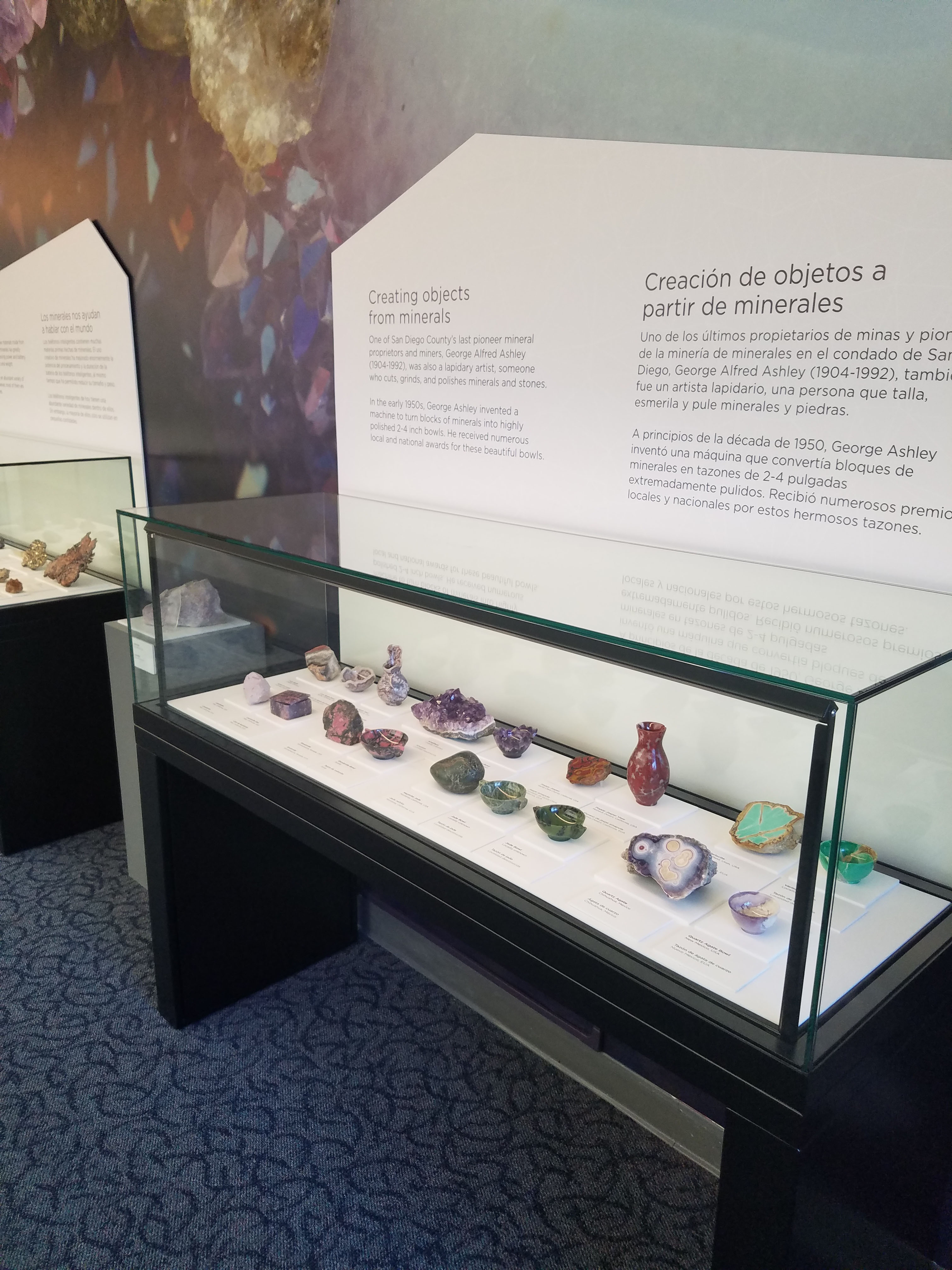

The Backyard
The backyard is the play area for kids ages 5 and under. It is right by the café and they allow you to bring food in. This makes it a good place to get some refreshments and let the younger ones run around.
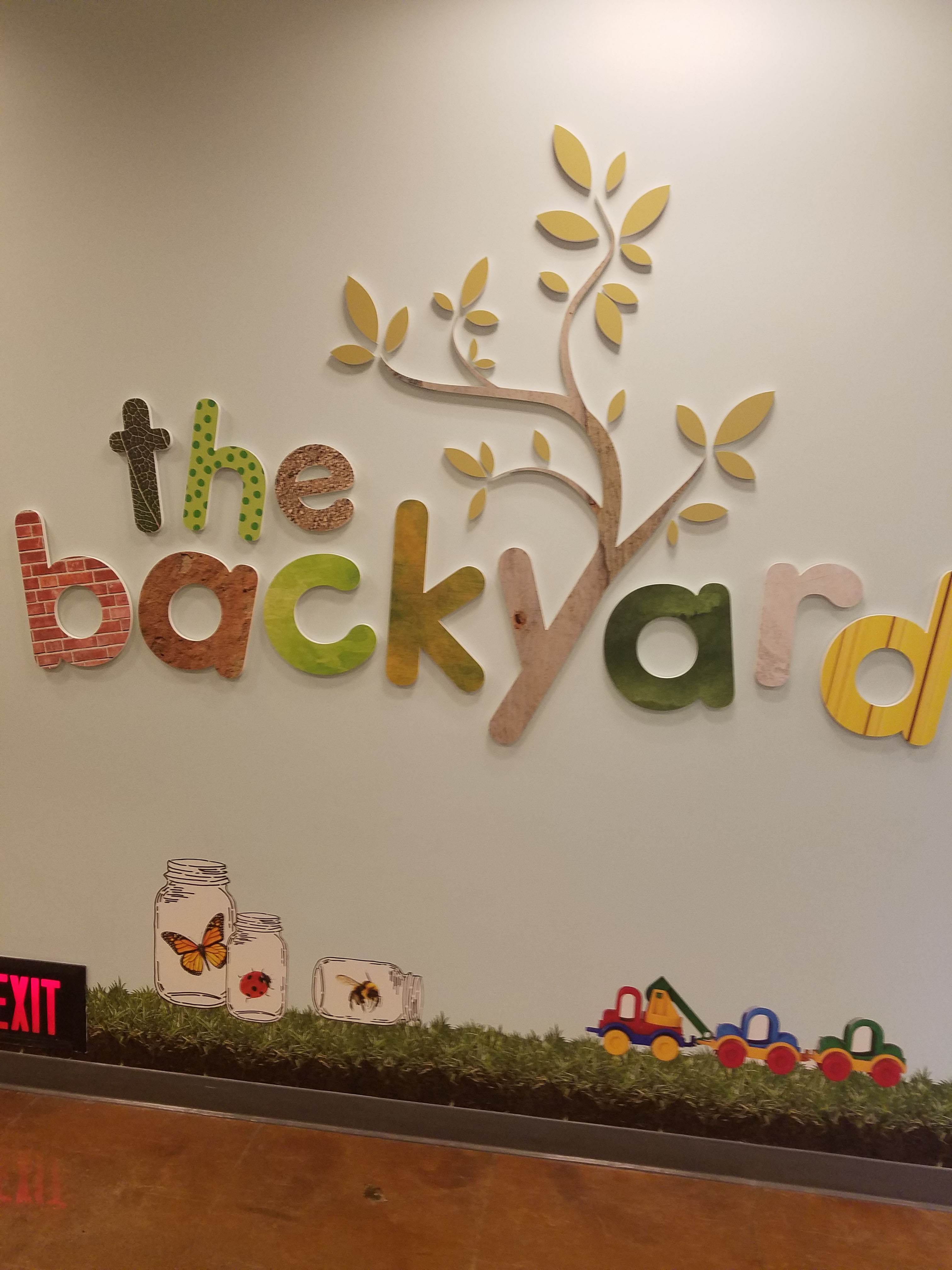
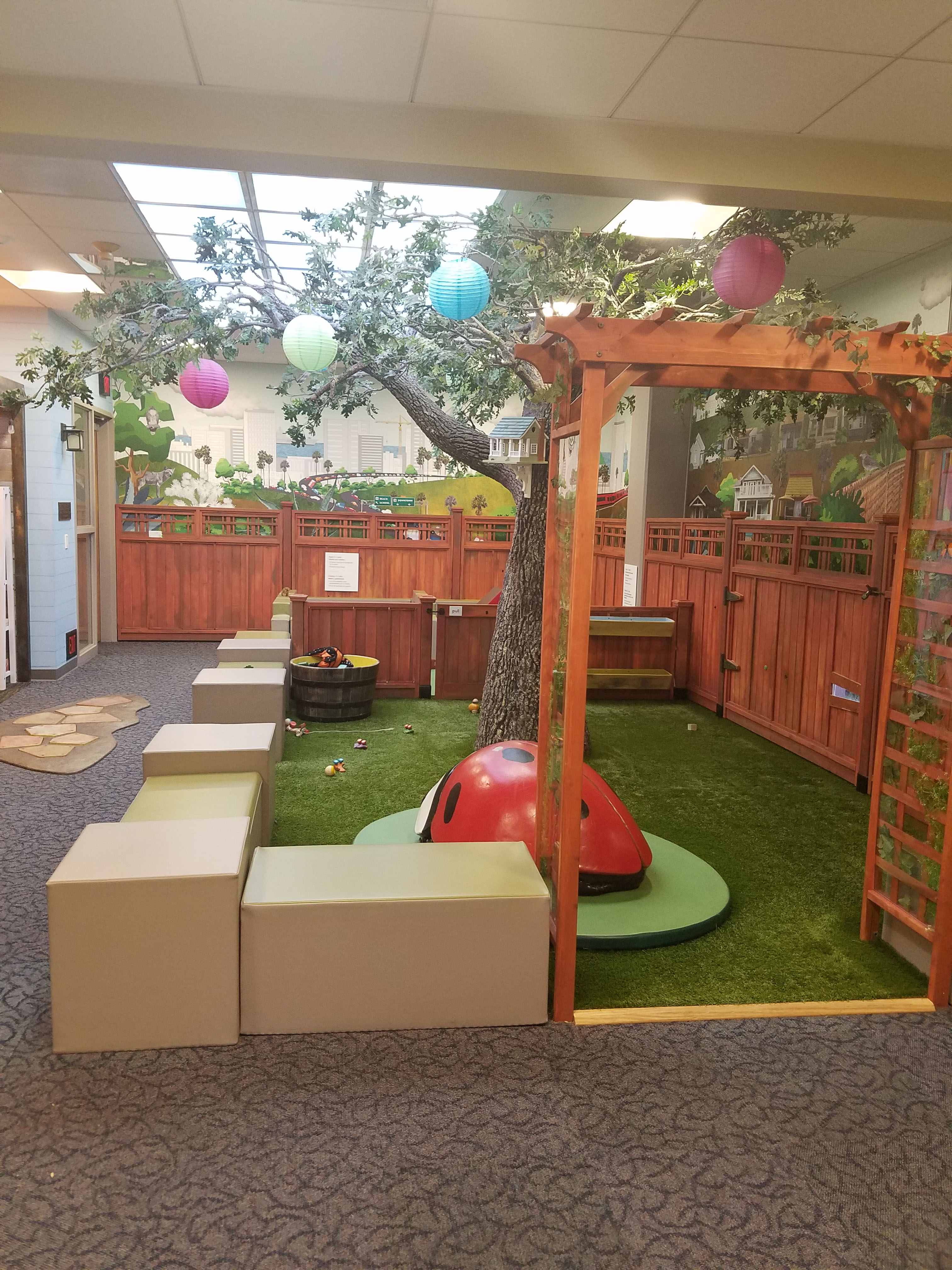
Water: A California Story


San Diego gets over 80% of its water from the Colorado River and Northern California. This exhibit focuses on California’s water supply. This is also an area where you will see some live animals. This includes rattlesnakes!
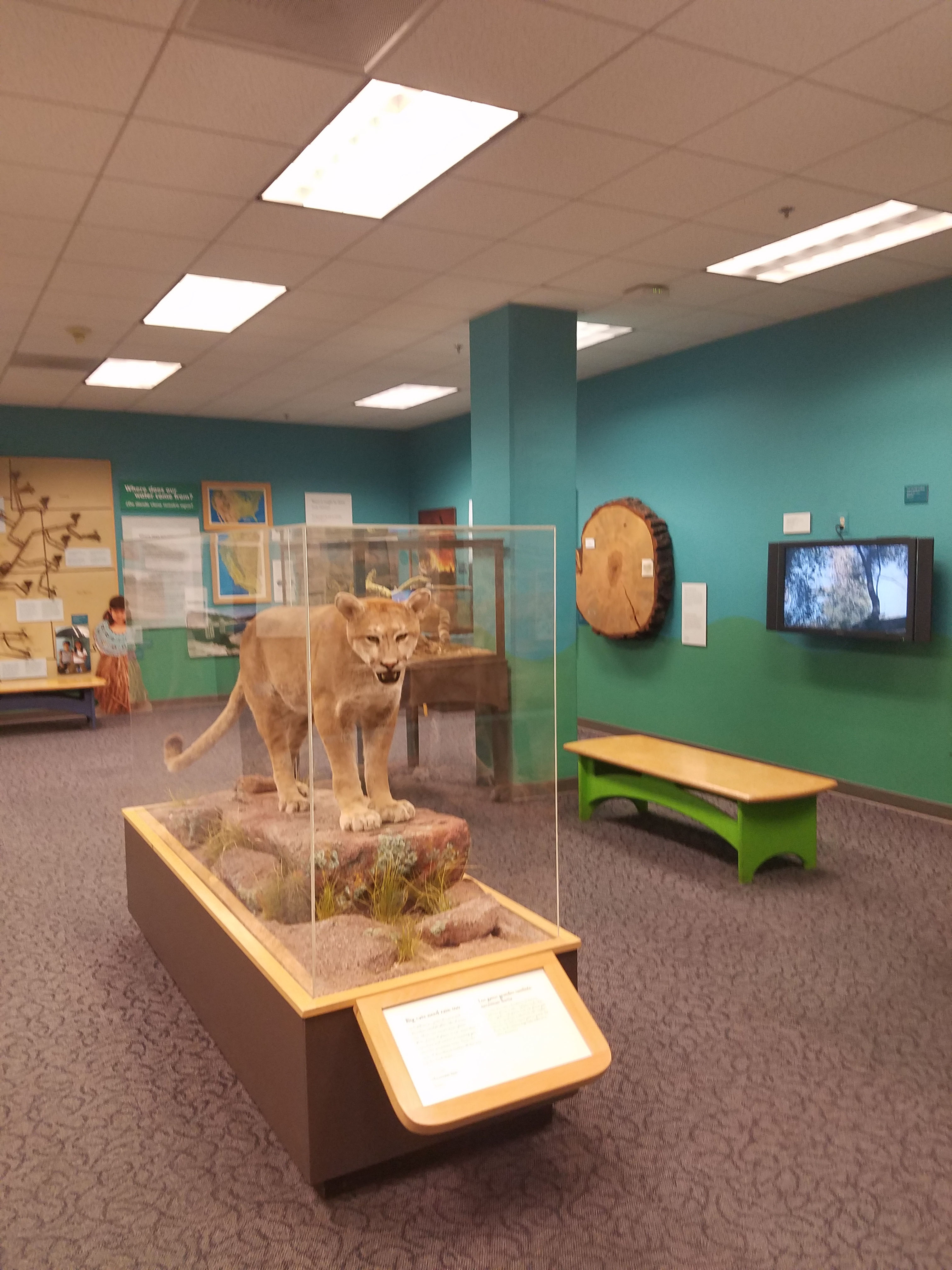
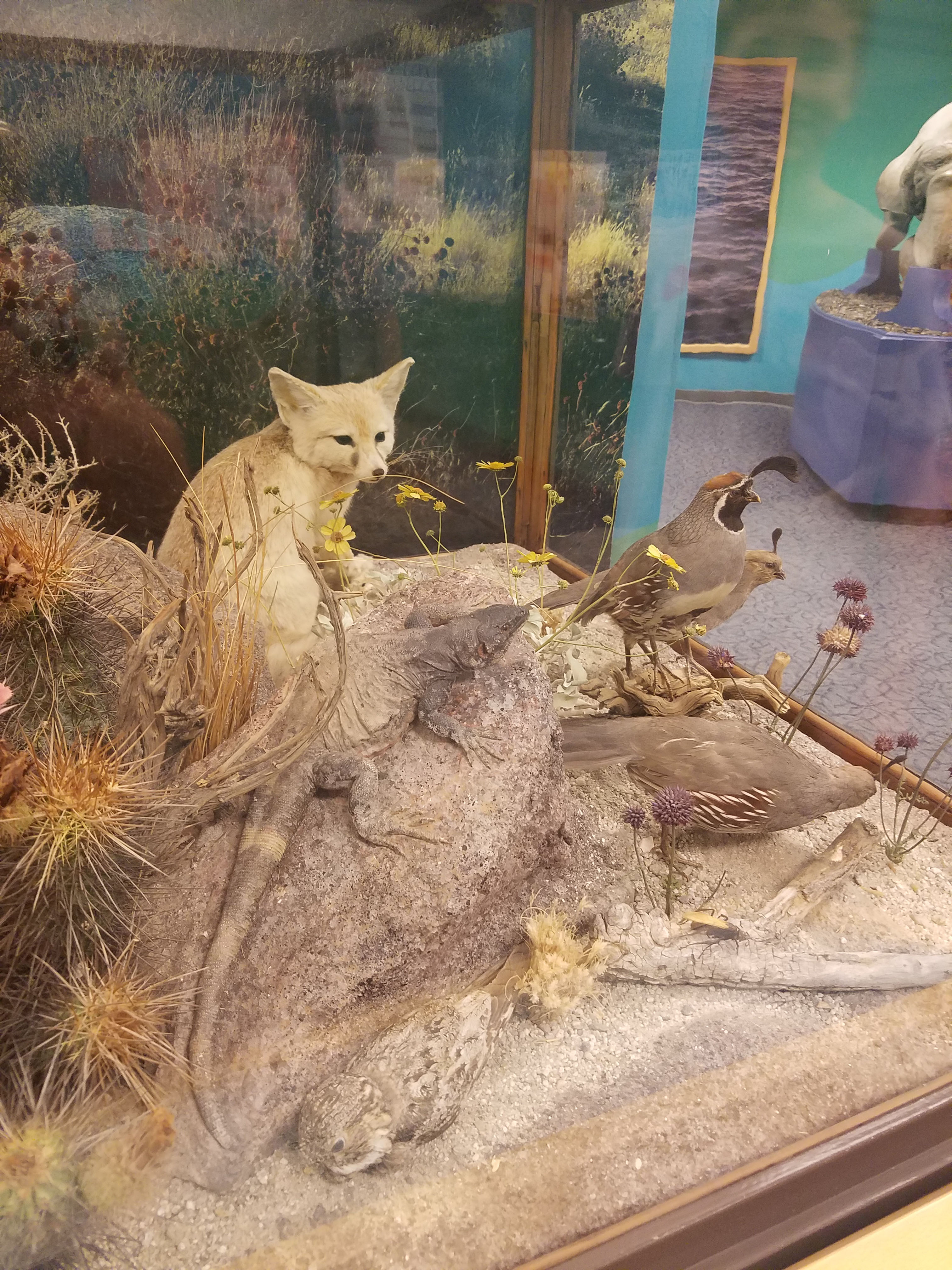
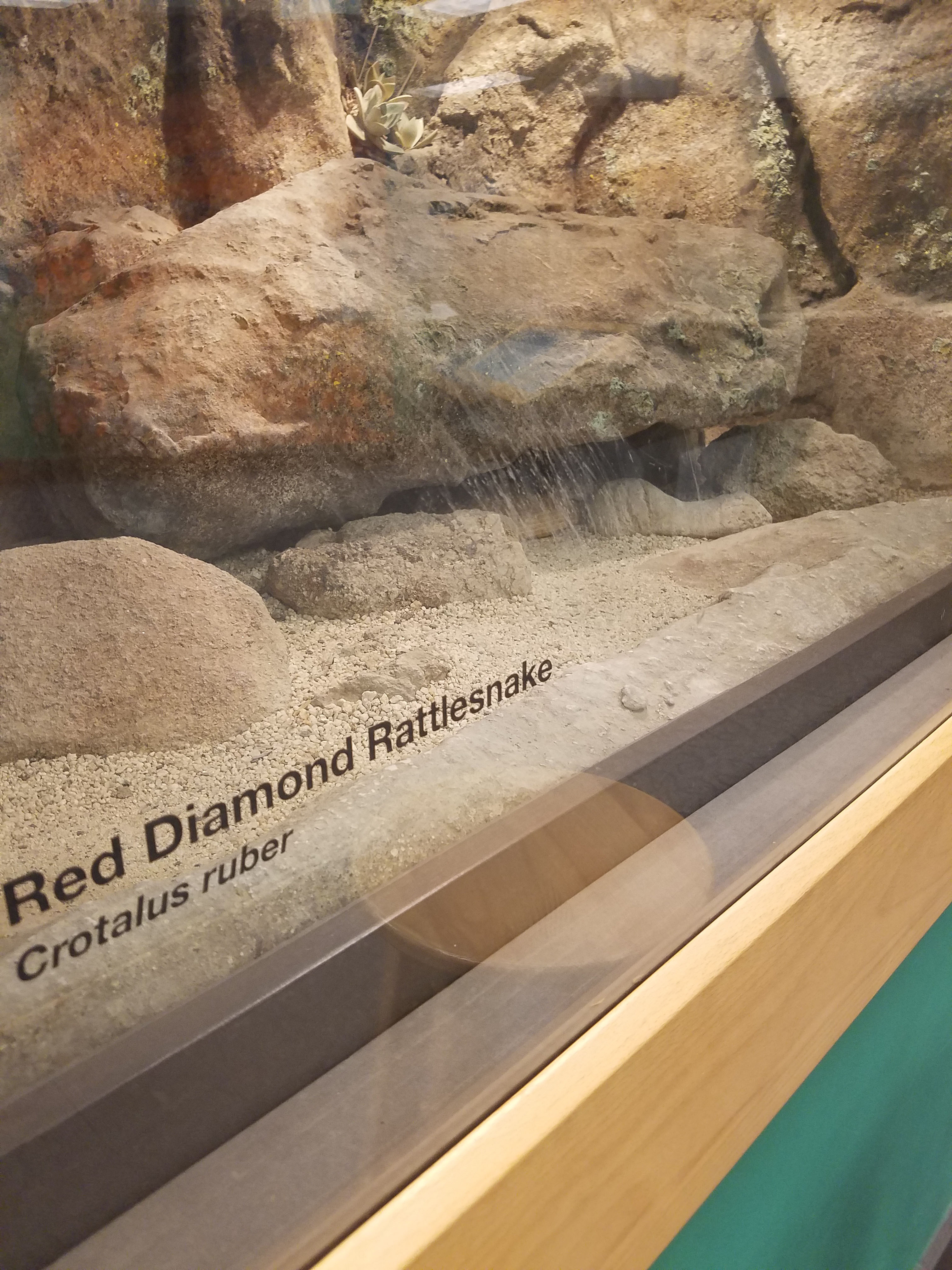
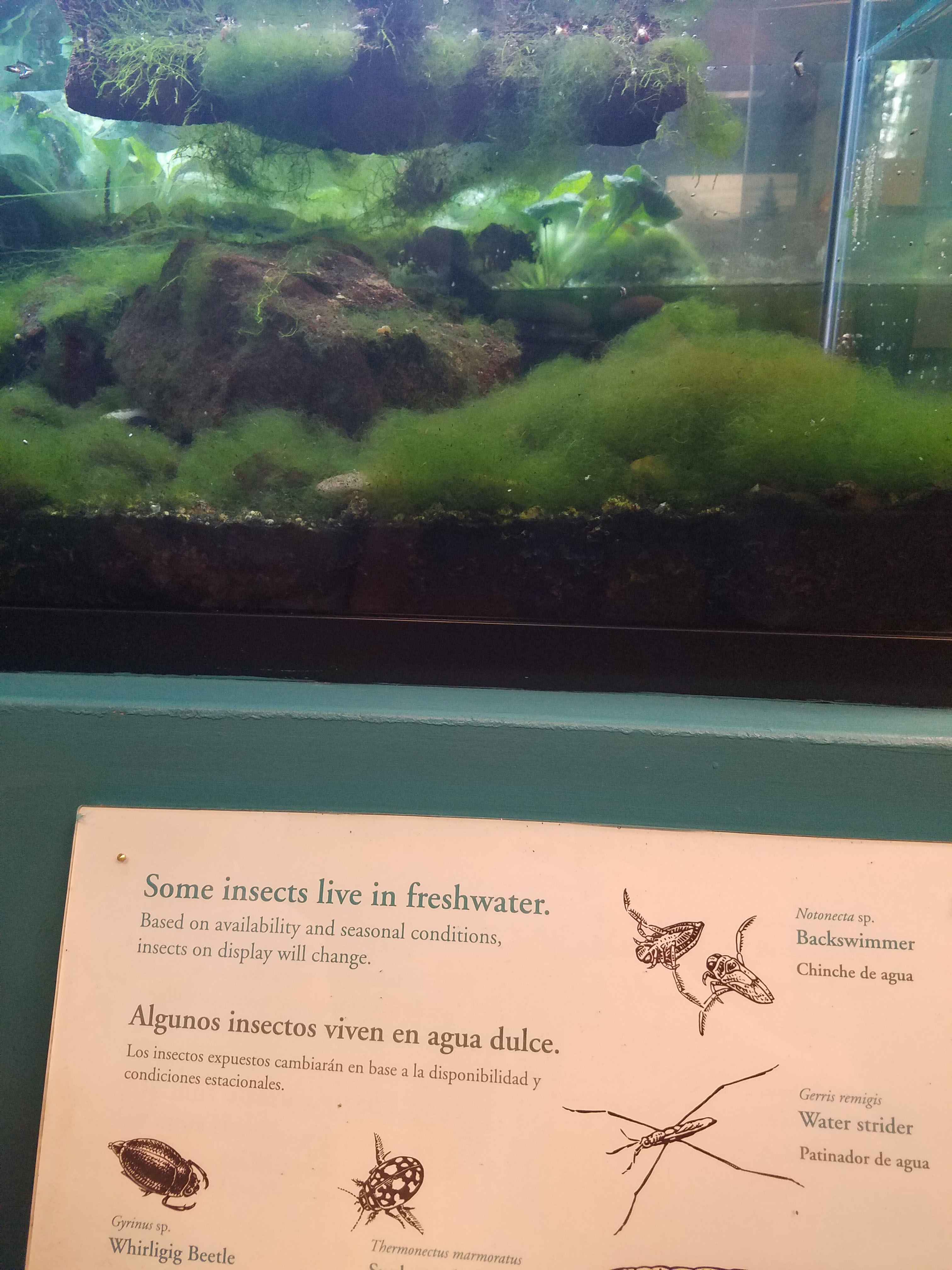
This area is actually a favorite of kids even if the subject matter may be over their head. There are interactive exhibits such as pedaling a bike to see how much energy it takes to get flowing water. You can see a cross-section of a large tree and by examining the annual rings see the years with lots of rain and which were drought years.
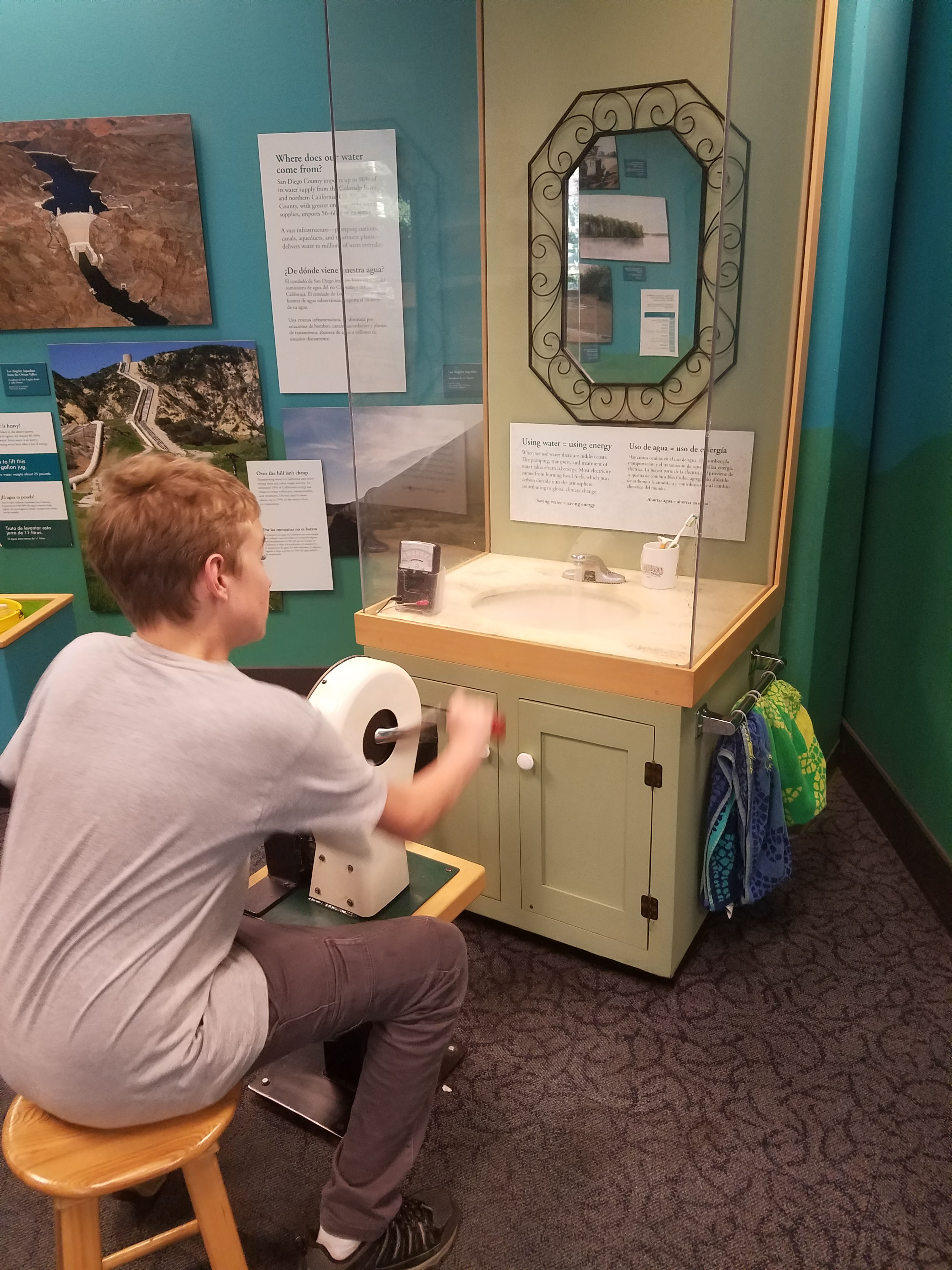
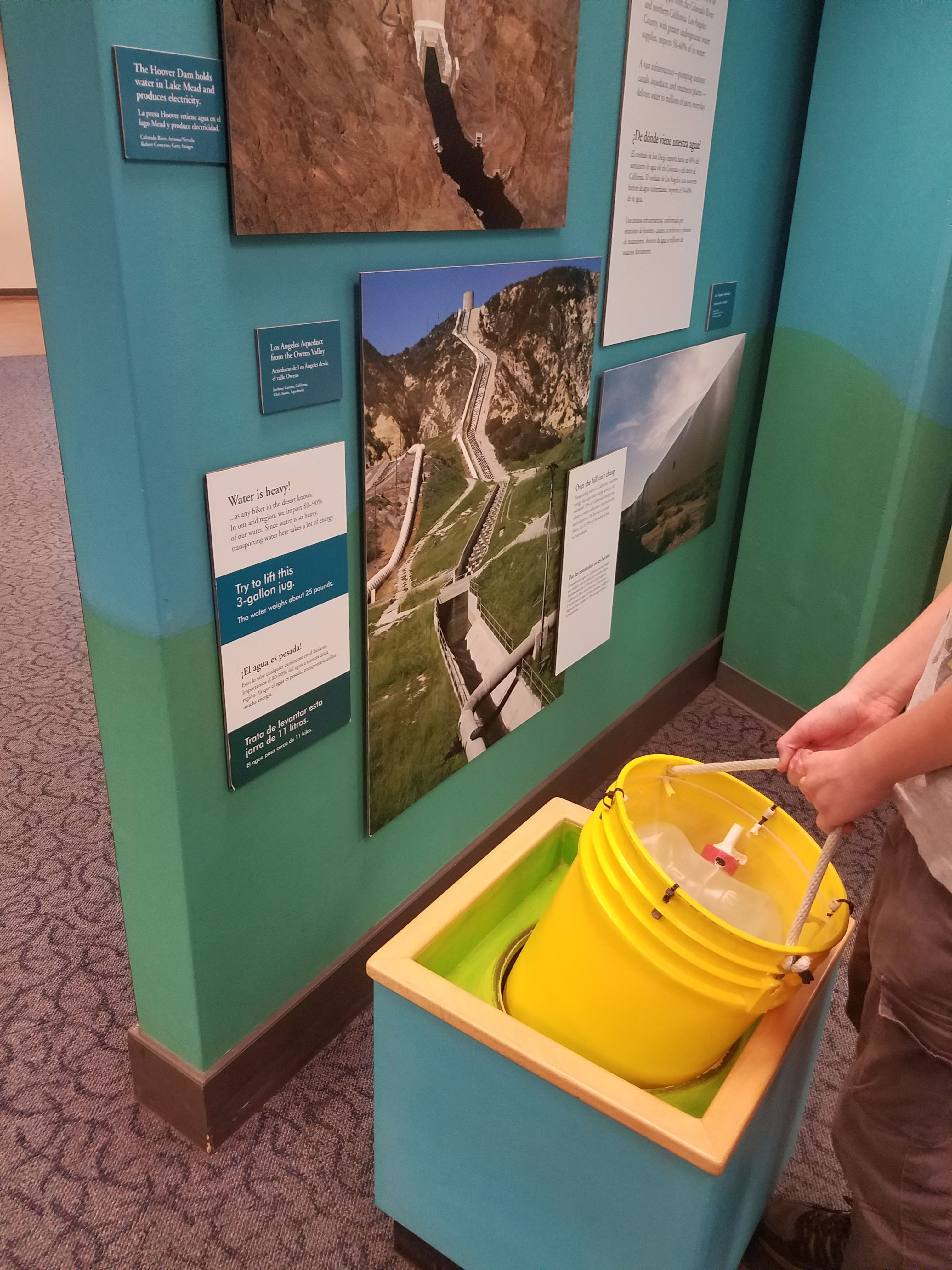
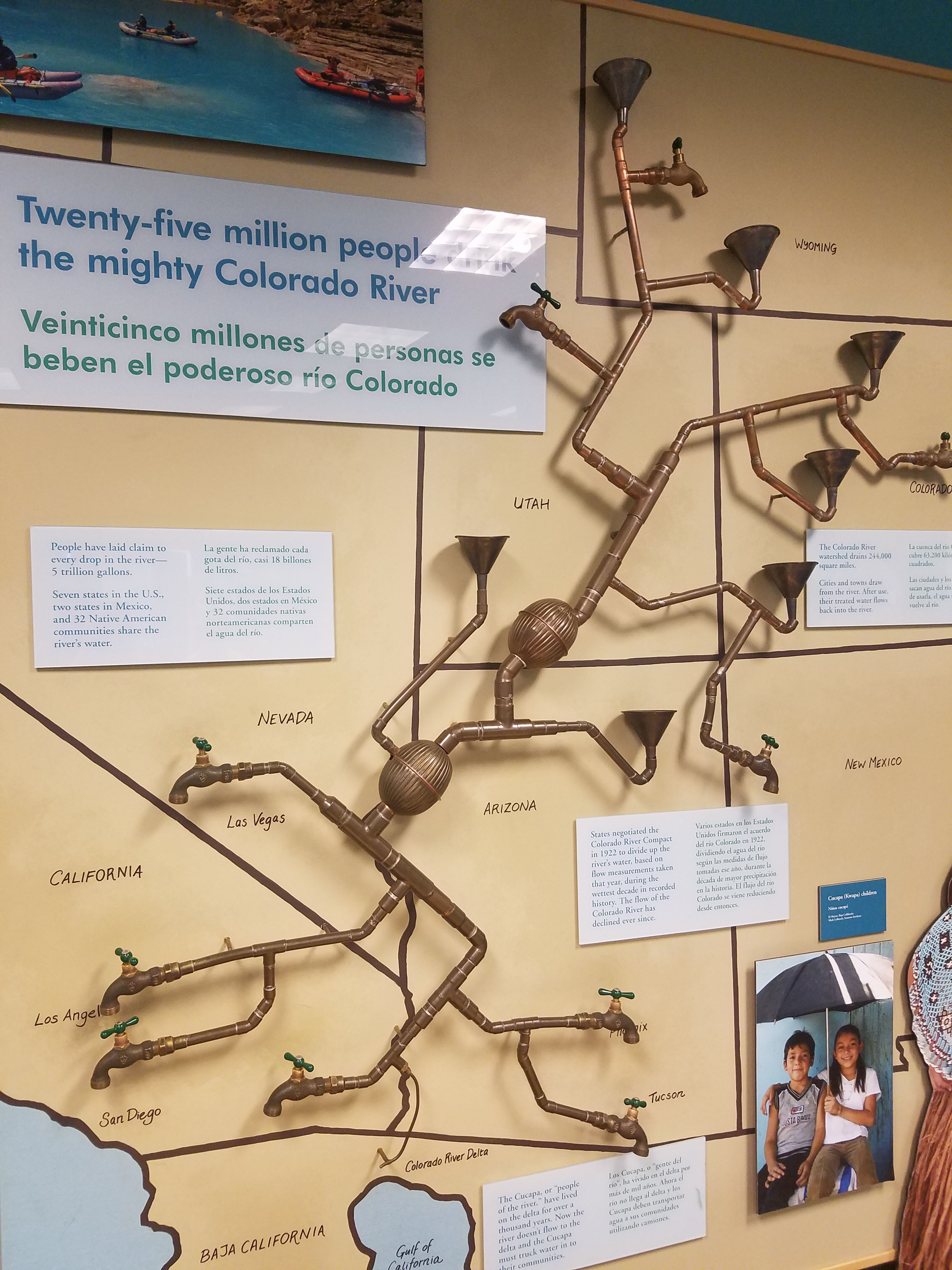
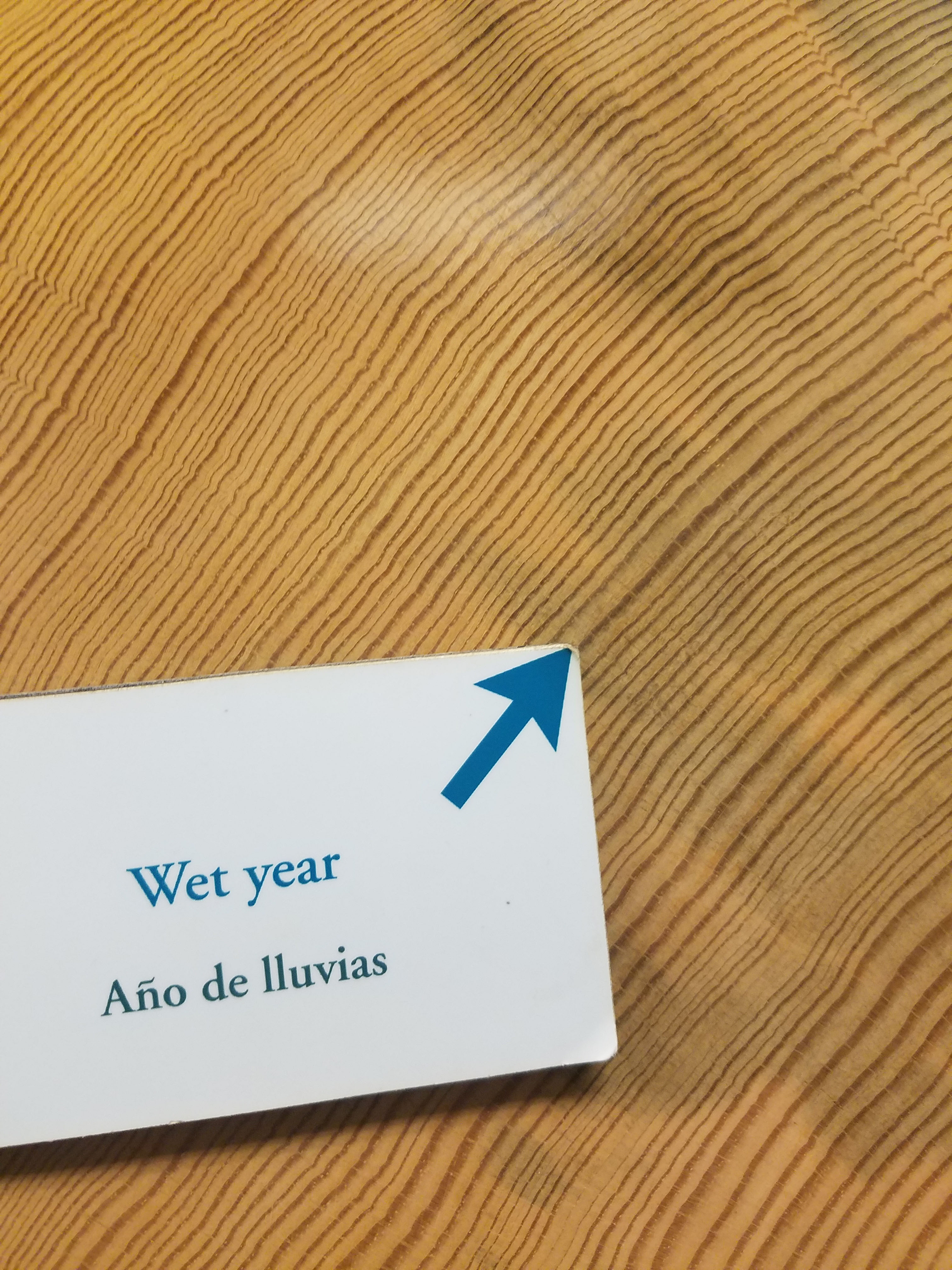
Coast to Cactus
The second floor of the Nat is where the major exhibits are. The Coast to Cactus exhibit is now probably the most prominent exhibit in the museum.
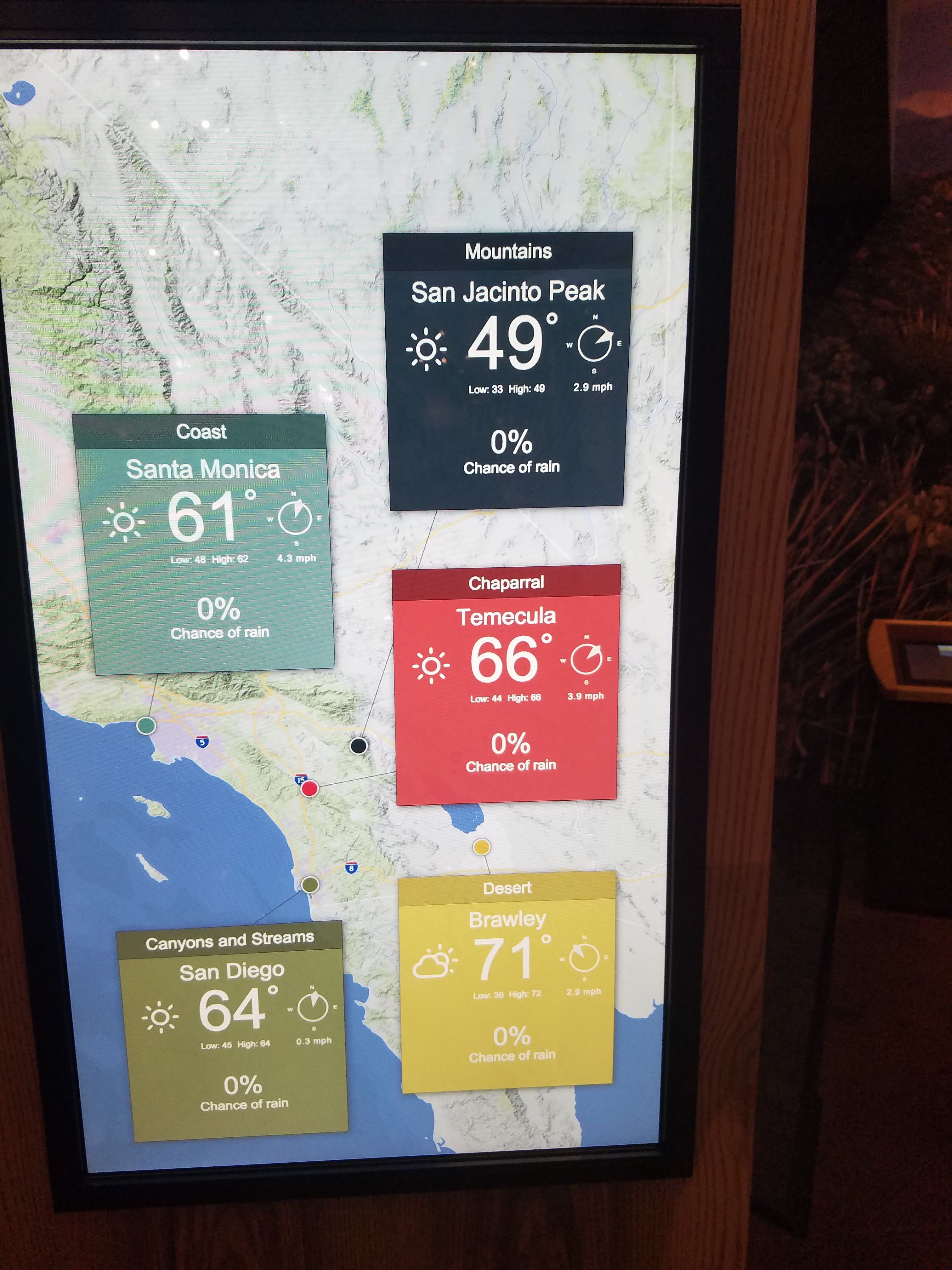
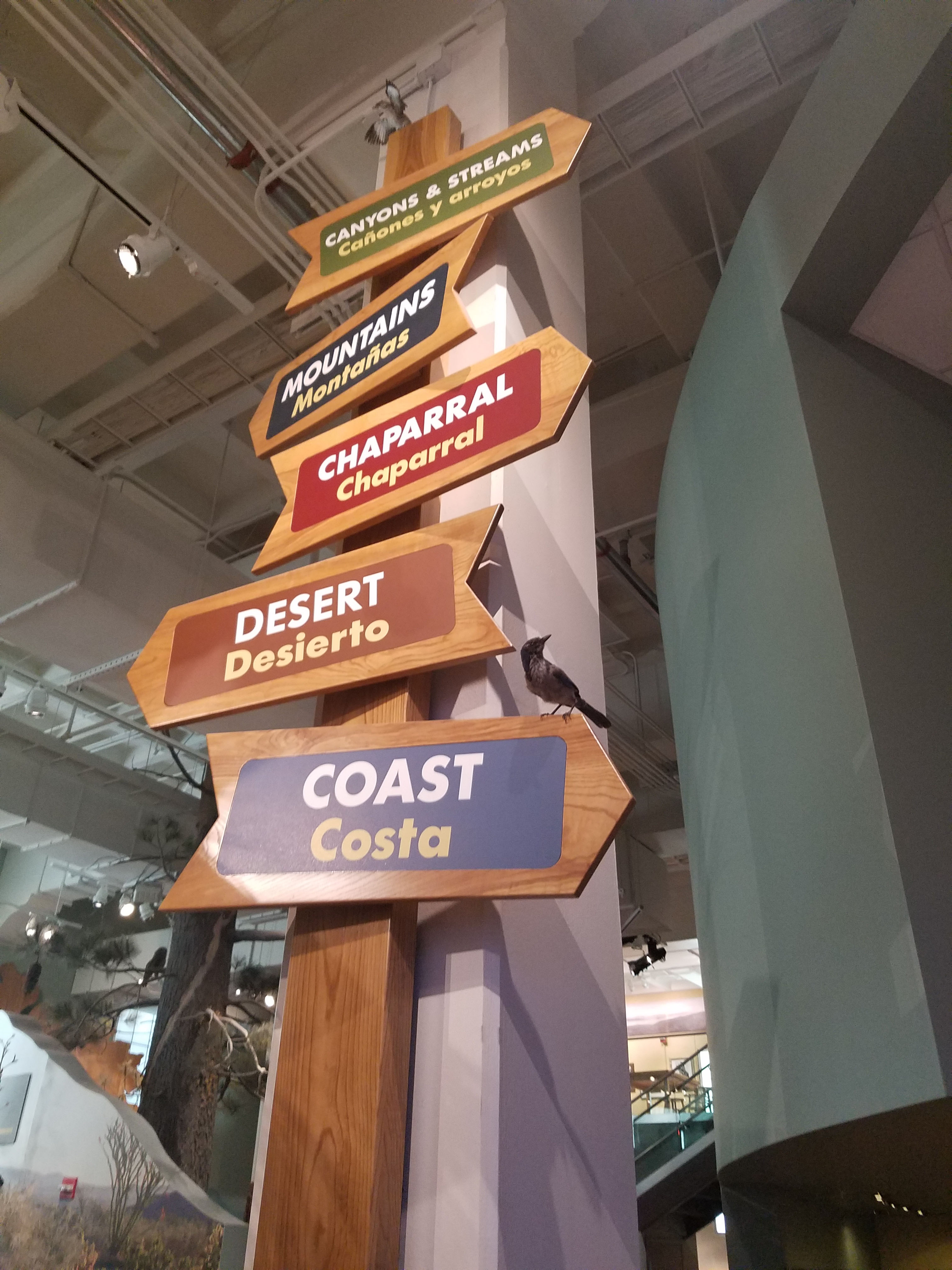
Coast to Cactus focuses on the many diverse regions of San Diego County, from ocean, to mountain, to desert. San Diego is considered one of only 35 biodiversity hotspots in the world. This means it is a high concentration of diverse species in a limited geographic area.
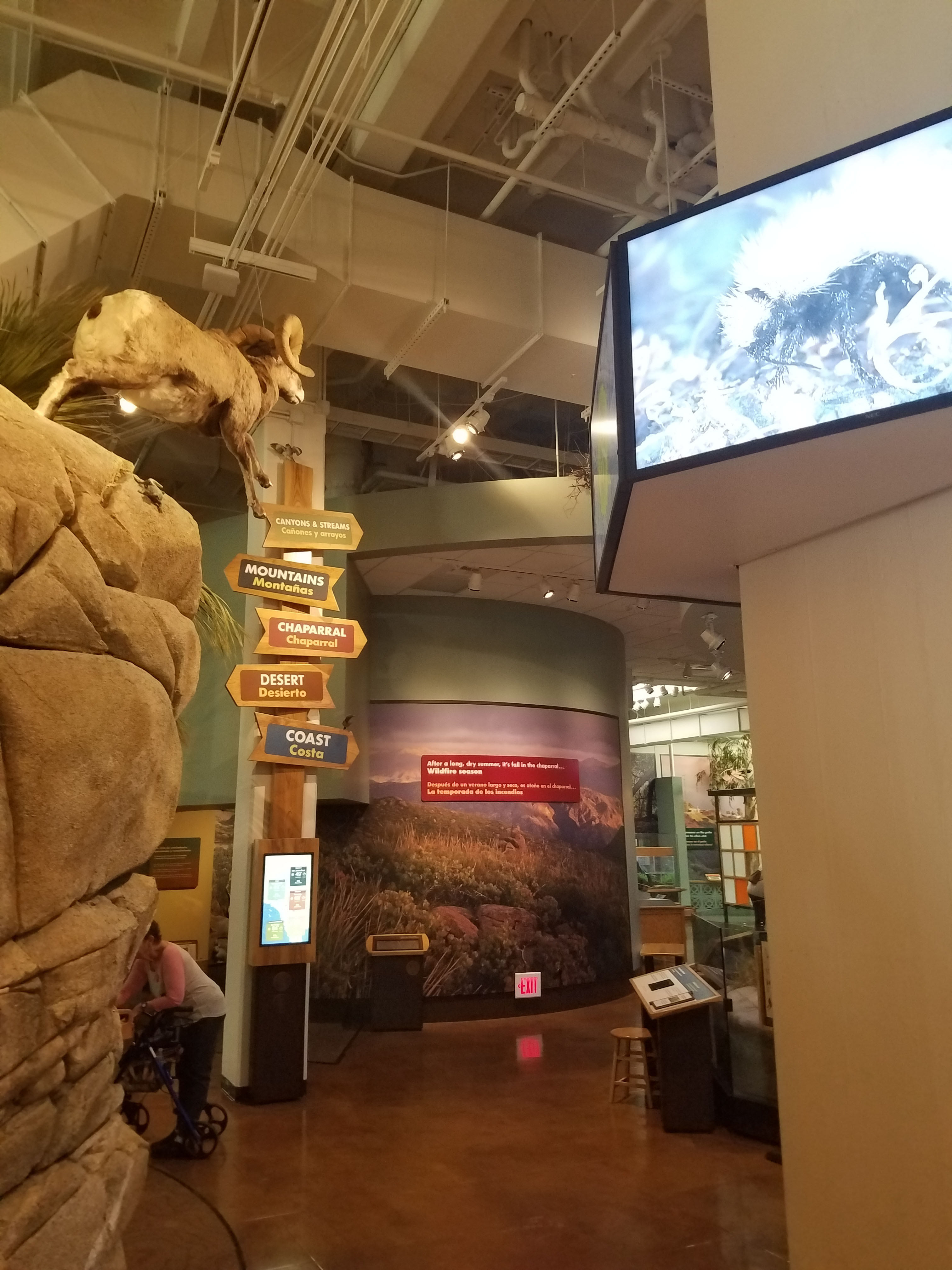
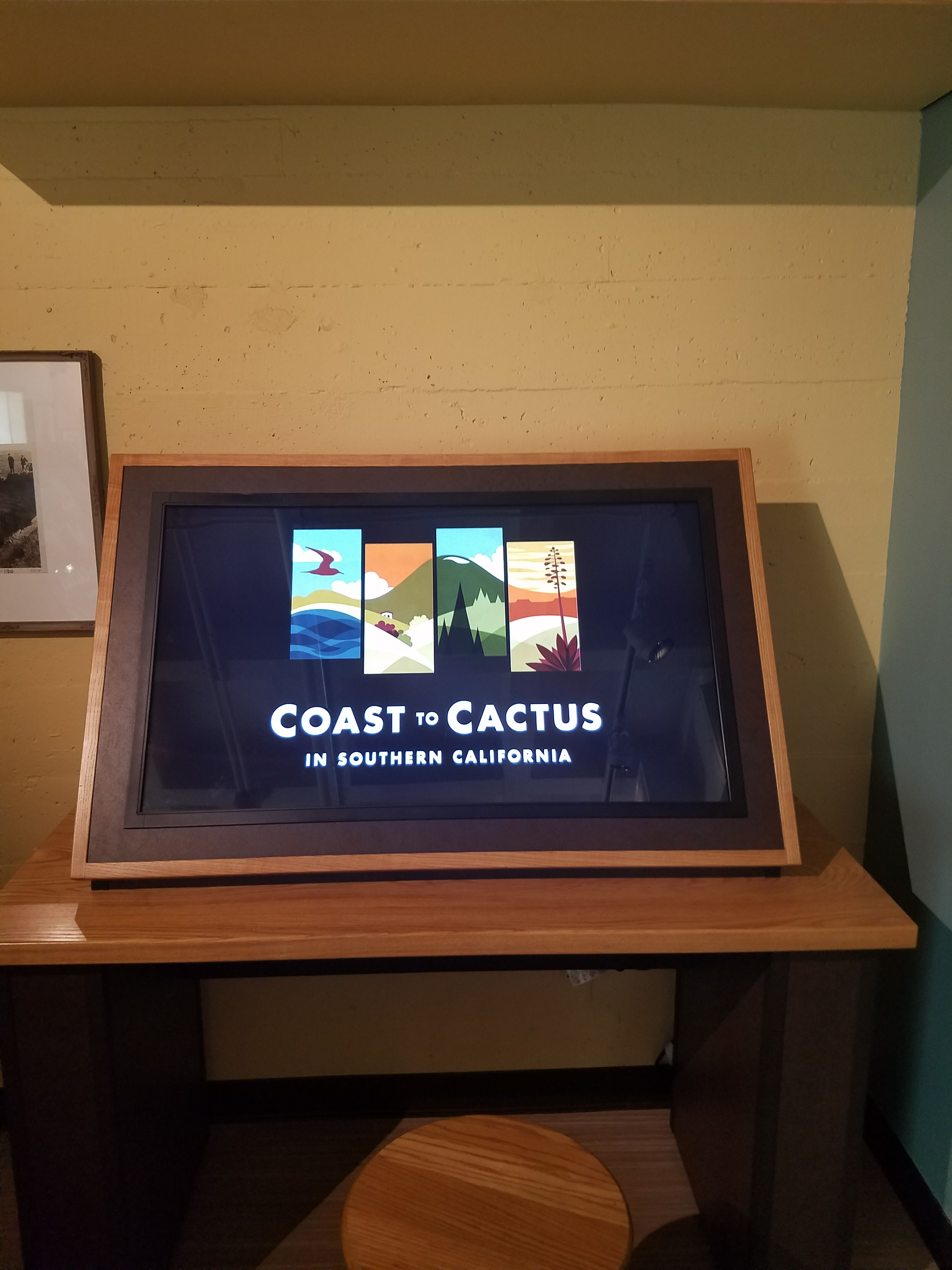
One fun part of the exhibit is Native or Not. The goal is to guess which plants and animals are native to San Diego. Many animals and planst have been imported to San Diego form other areas.
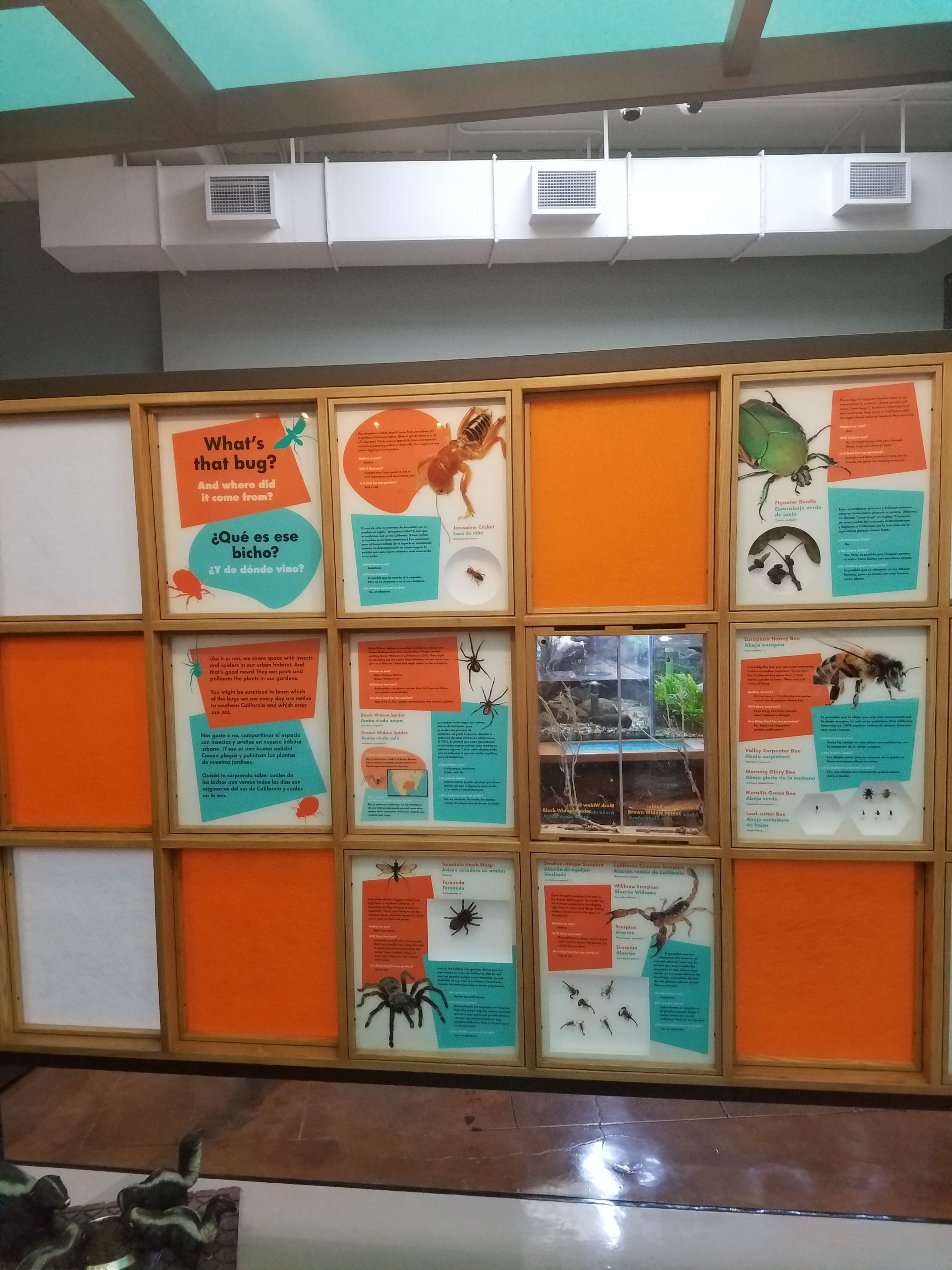
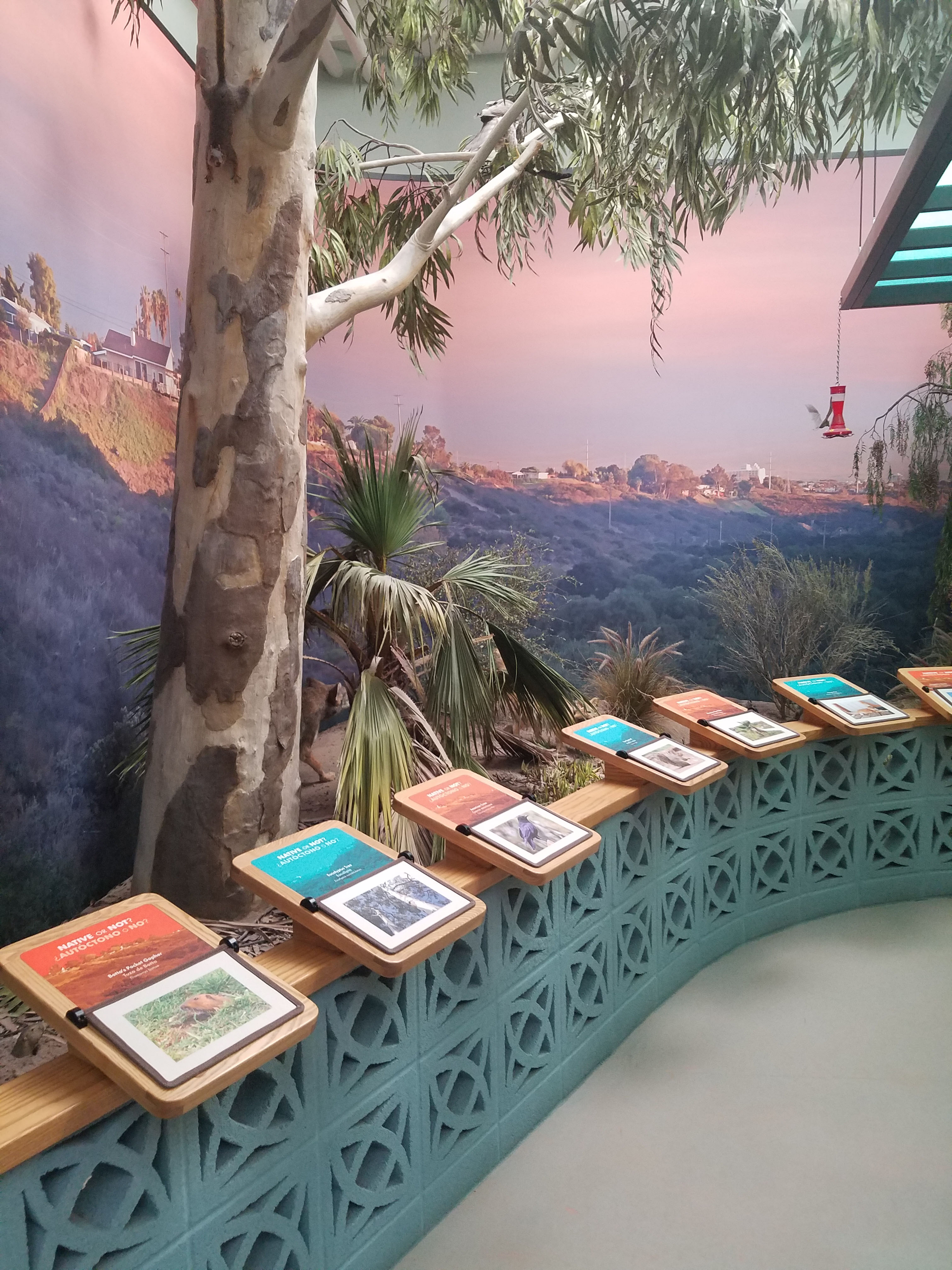
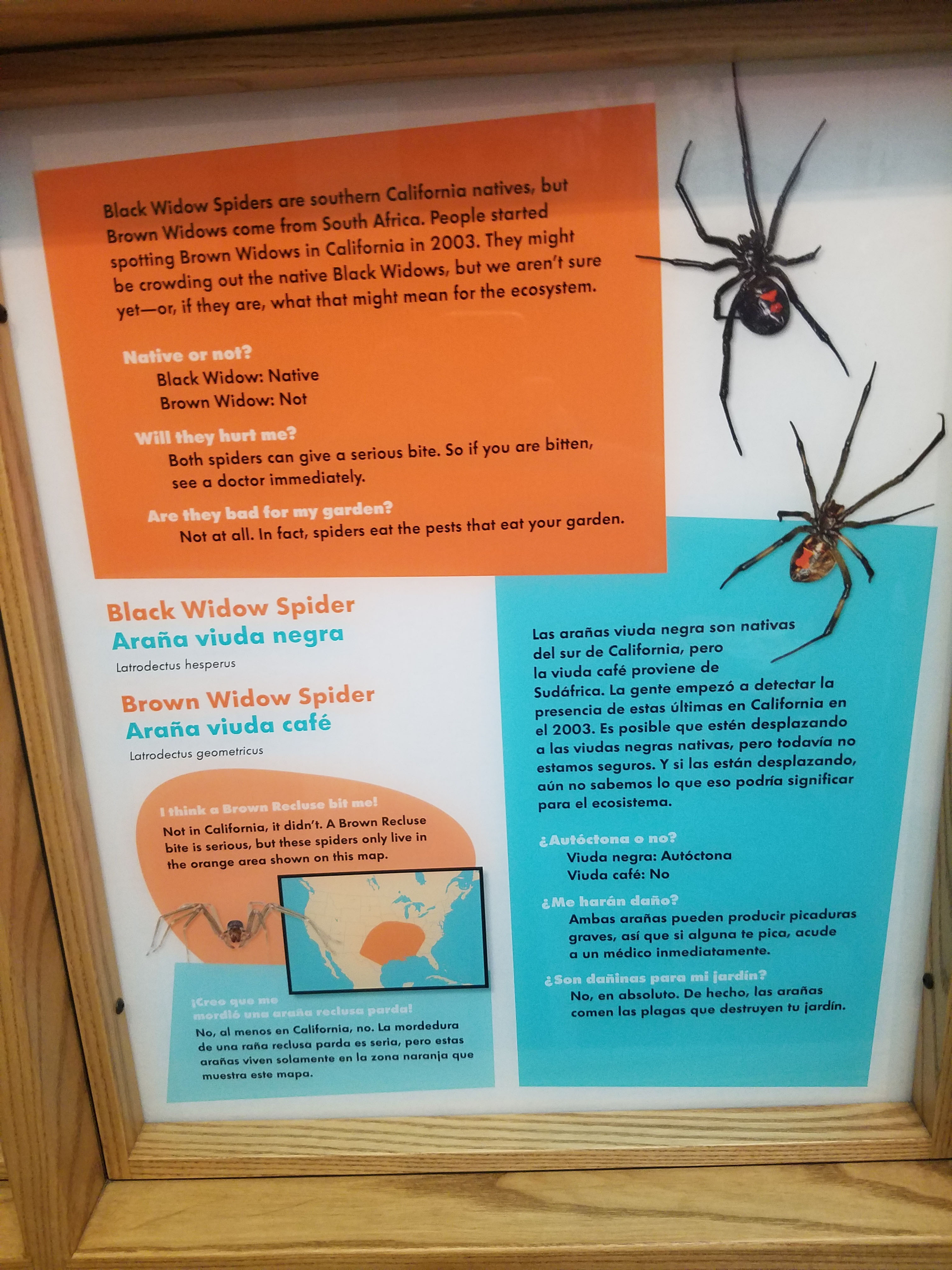

There are displays on the Torrey Pines area (one of our top places to visit), the desert, the mountains and a room dedicated to the big problem of wildfires in San Diego. To show camping in the desert there is an Airstream trailer with a room showing what it is like to camp under the stars.
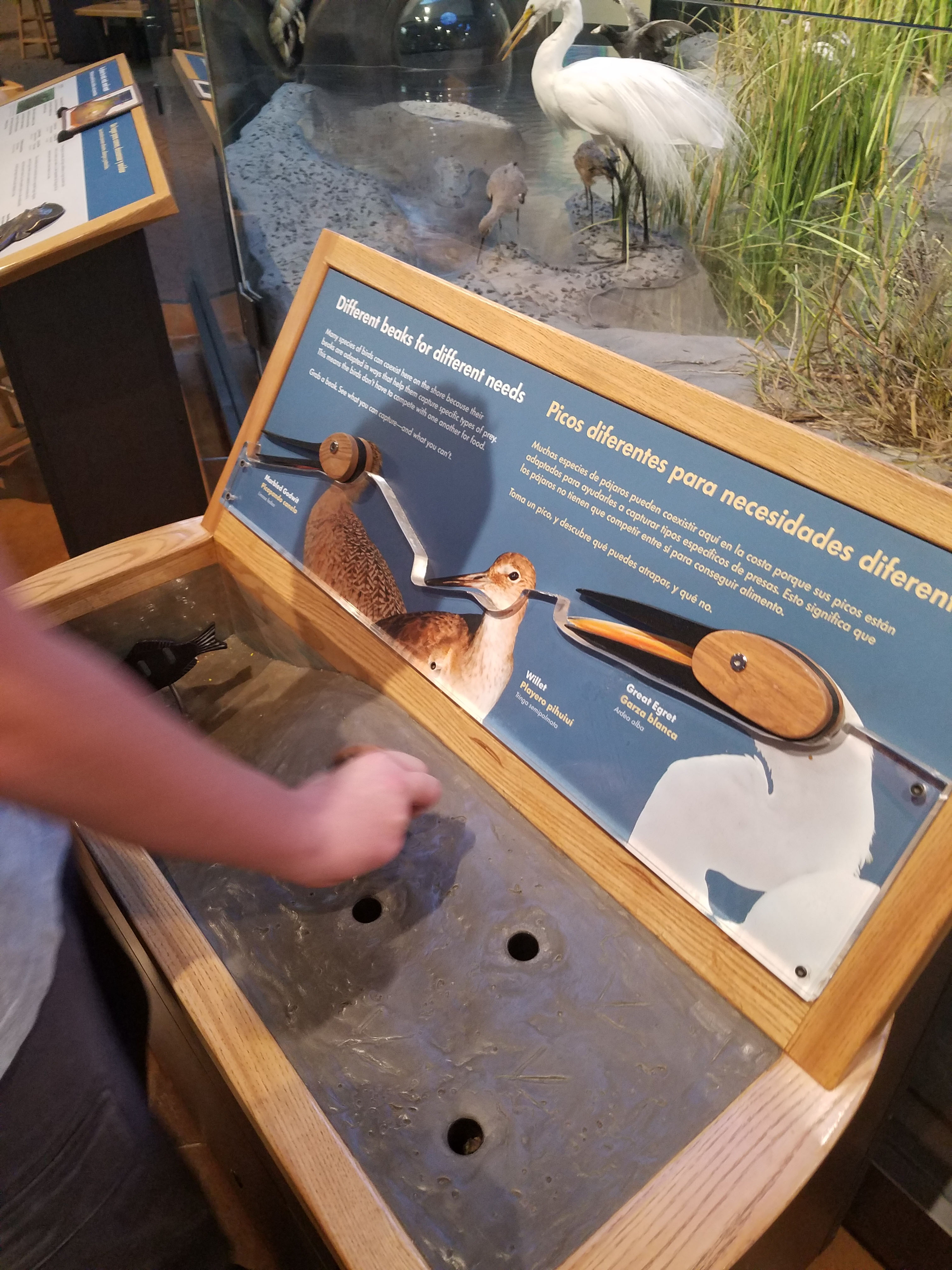
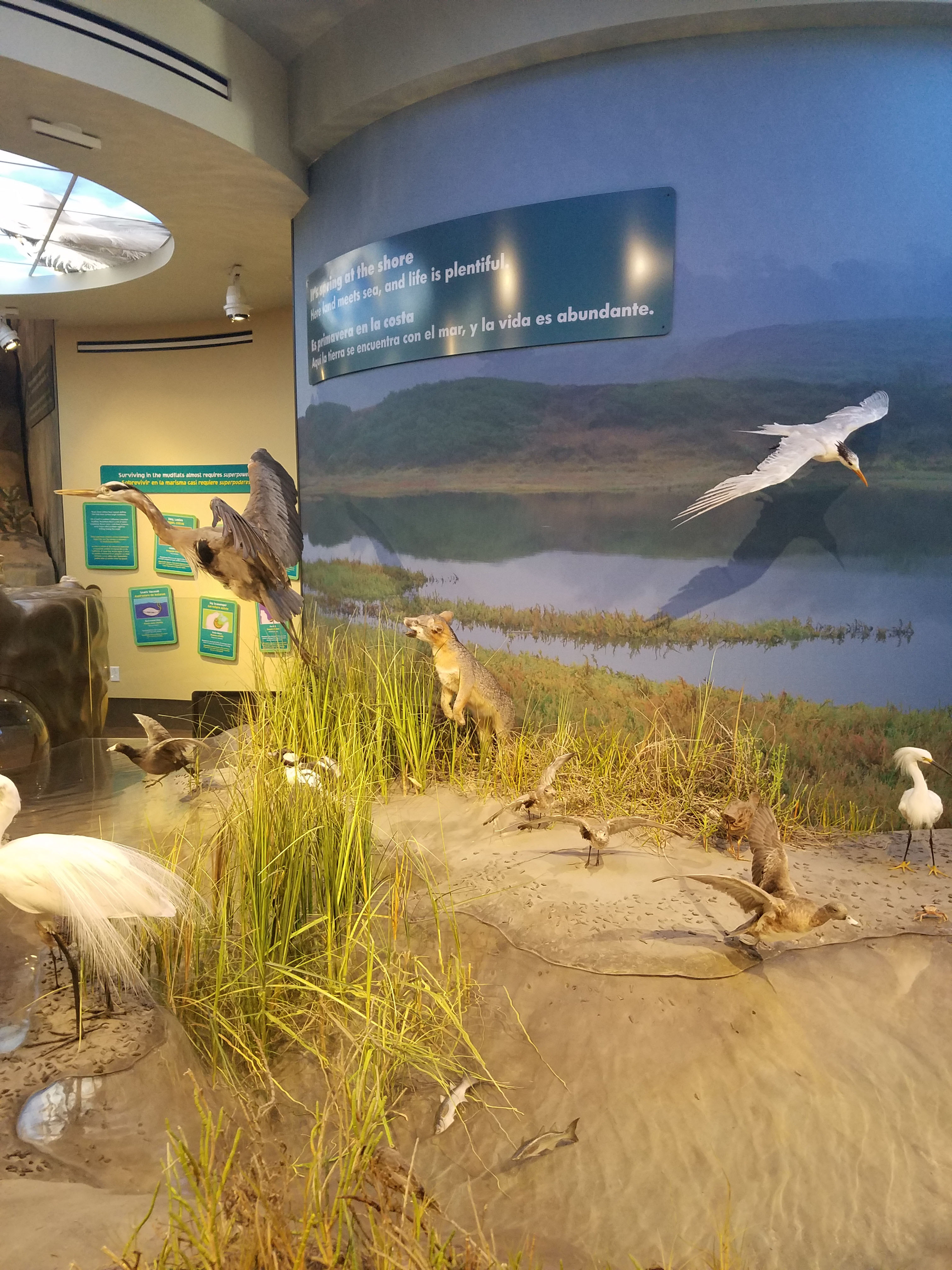

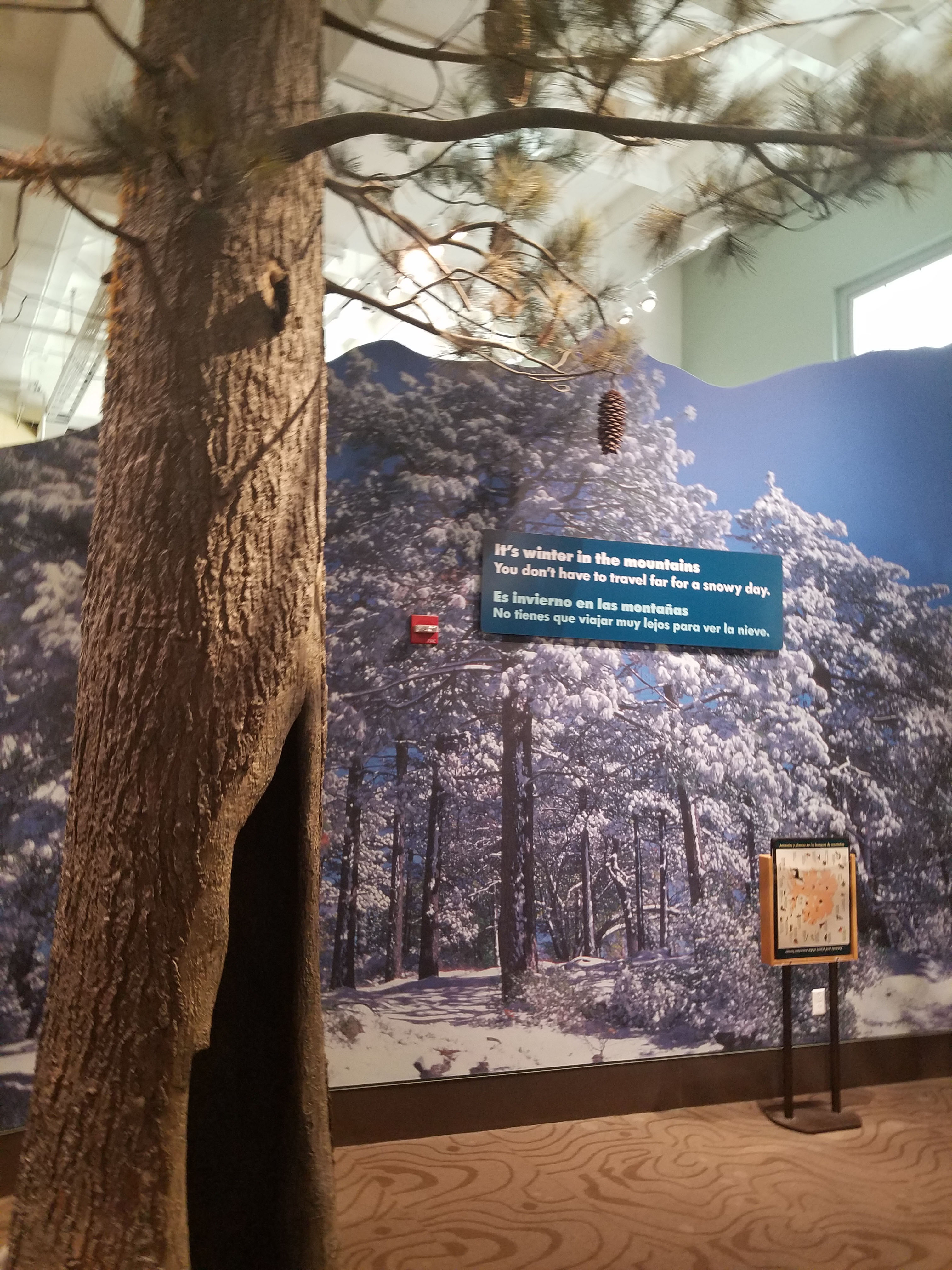
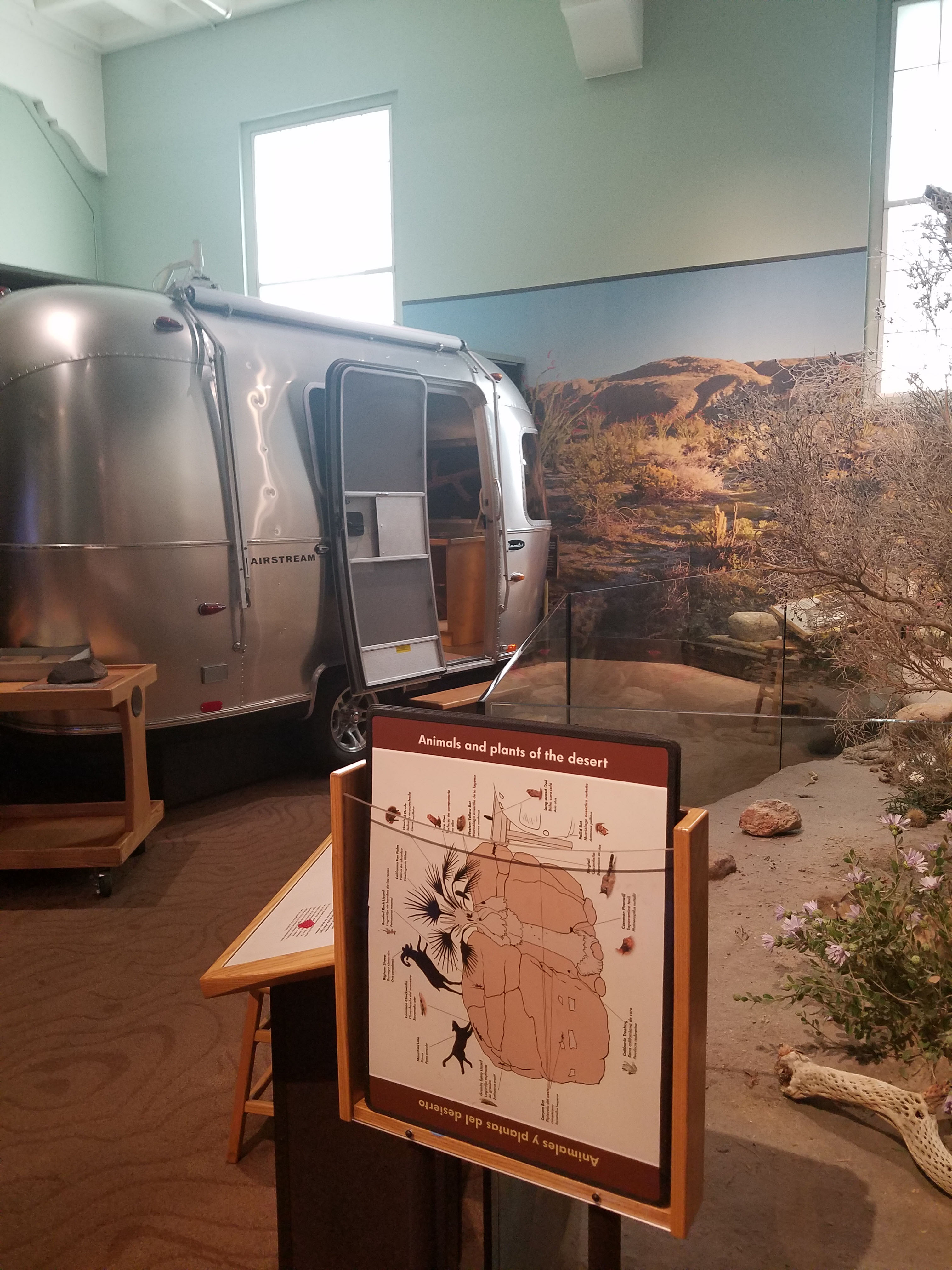
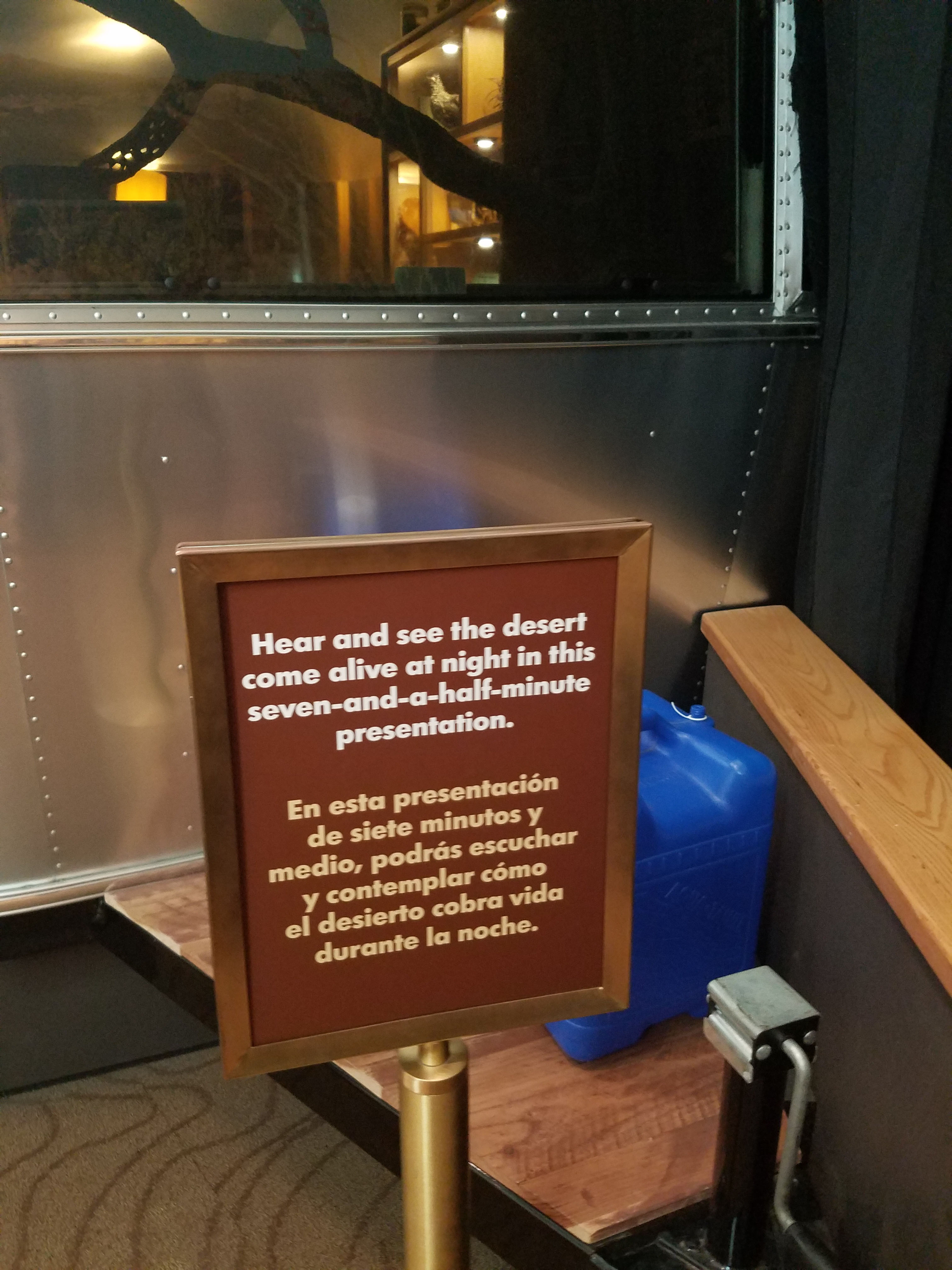

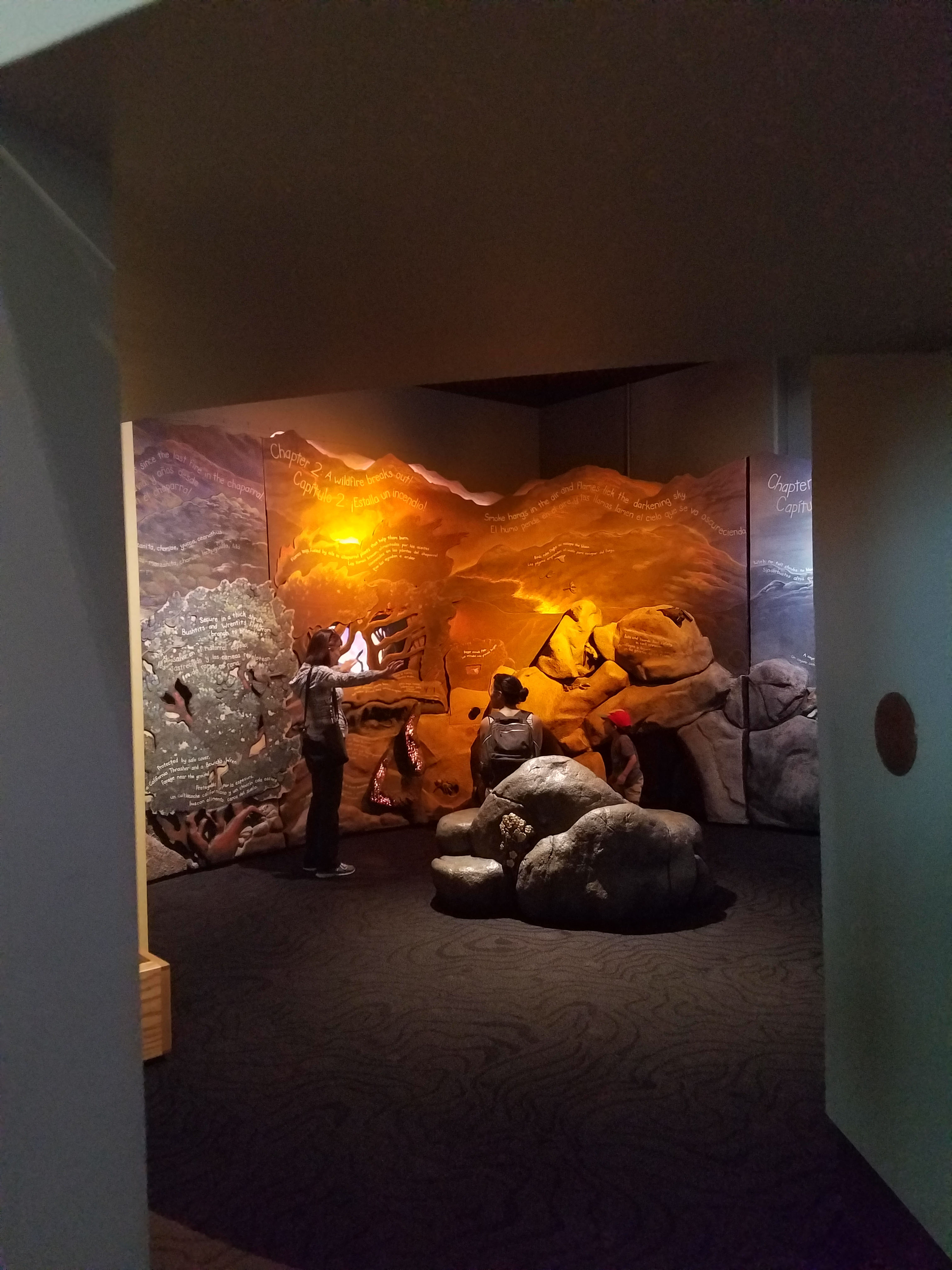
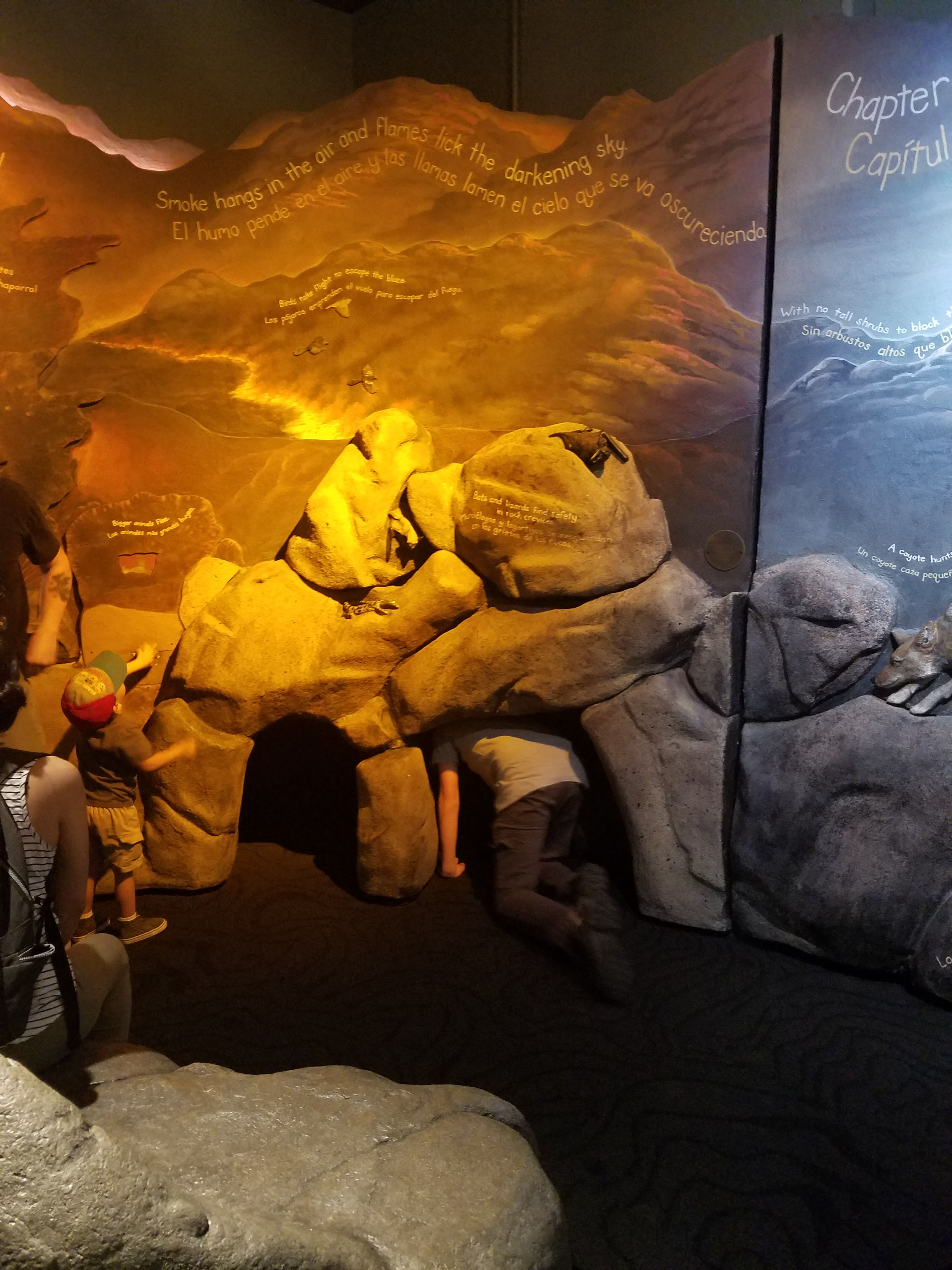
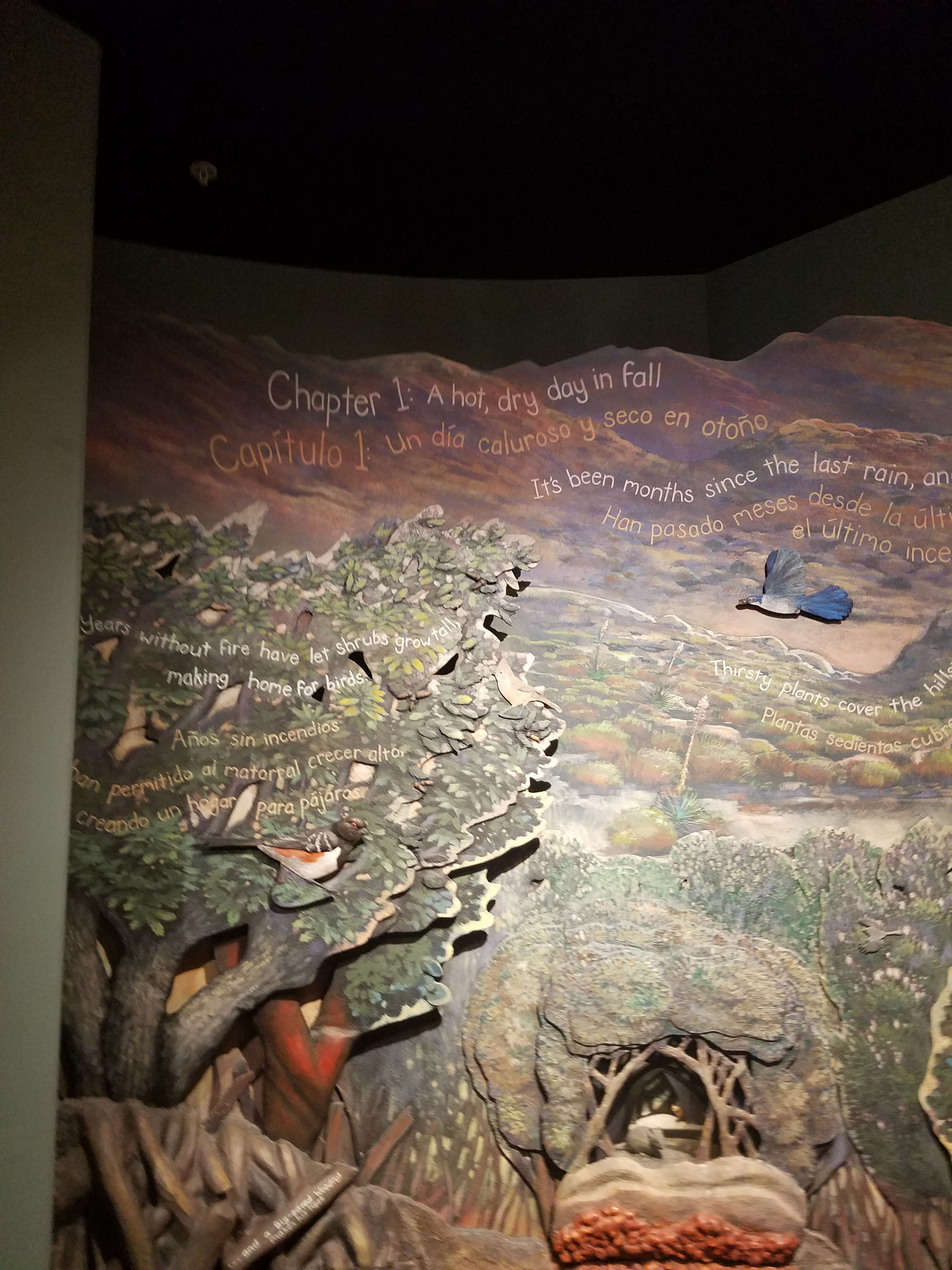
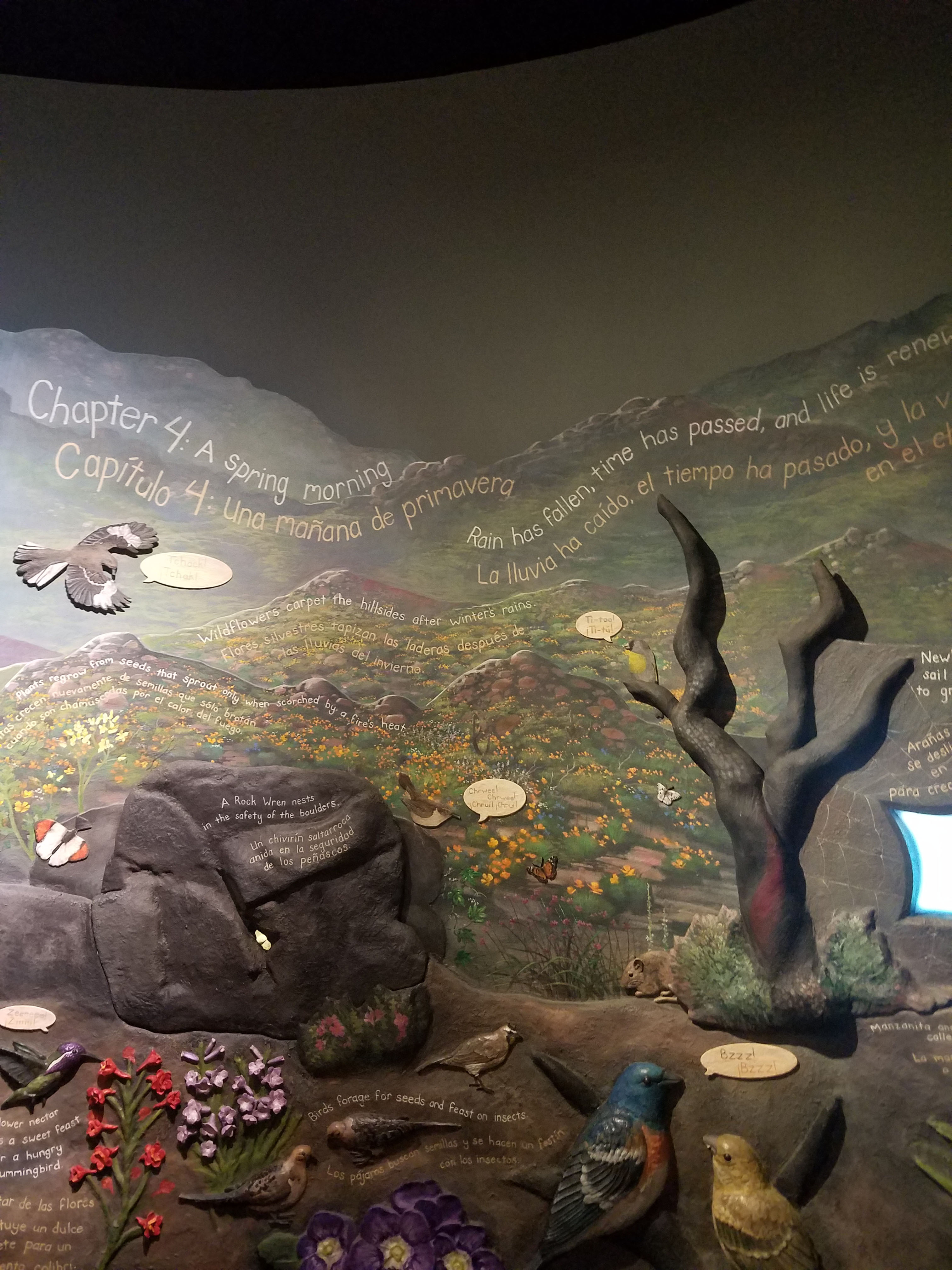
Many of the exhibits in this area are interactive. There is also a loft area that has some maps showing how San Diego developed.
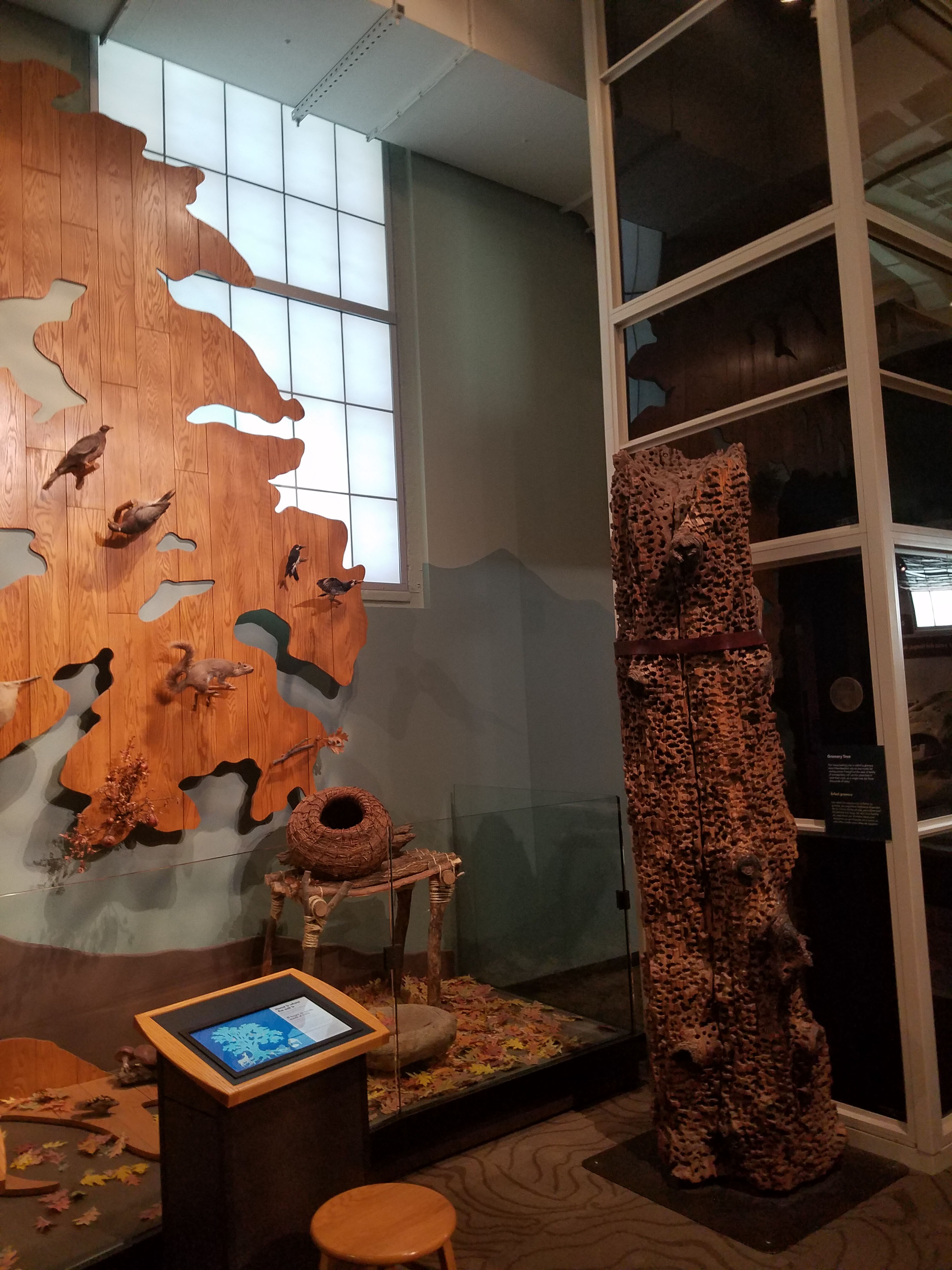
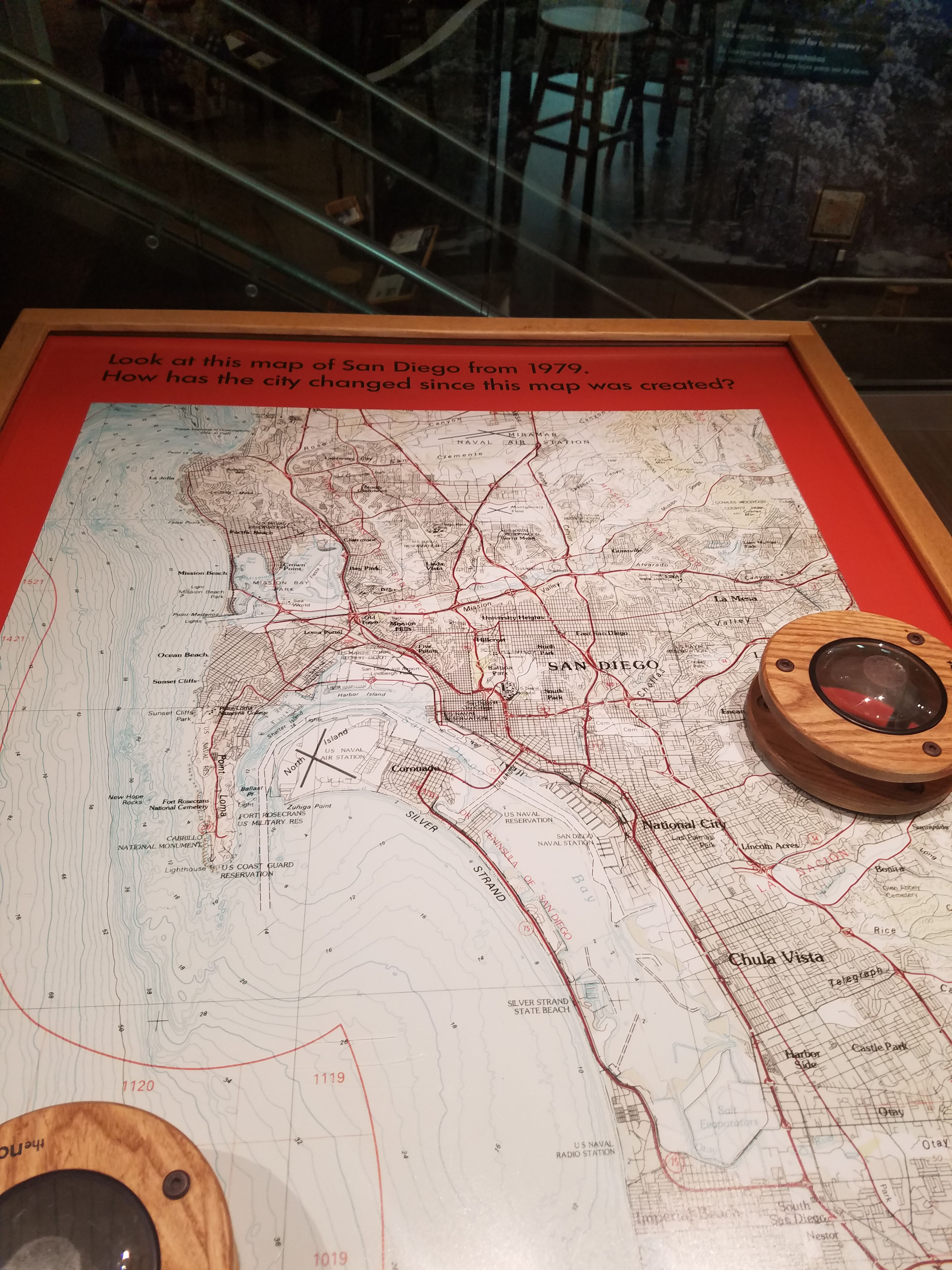
The Coast and Cactus exhibit flows naturally into the Fossil exhibit.
Fossil Mysteries
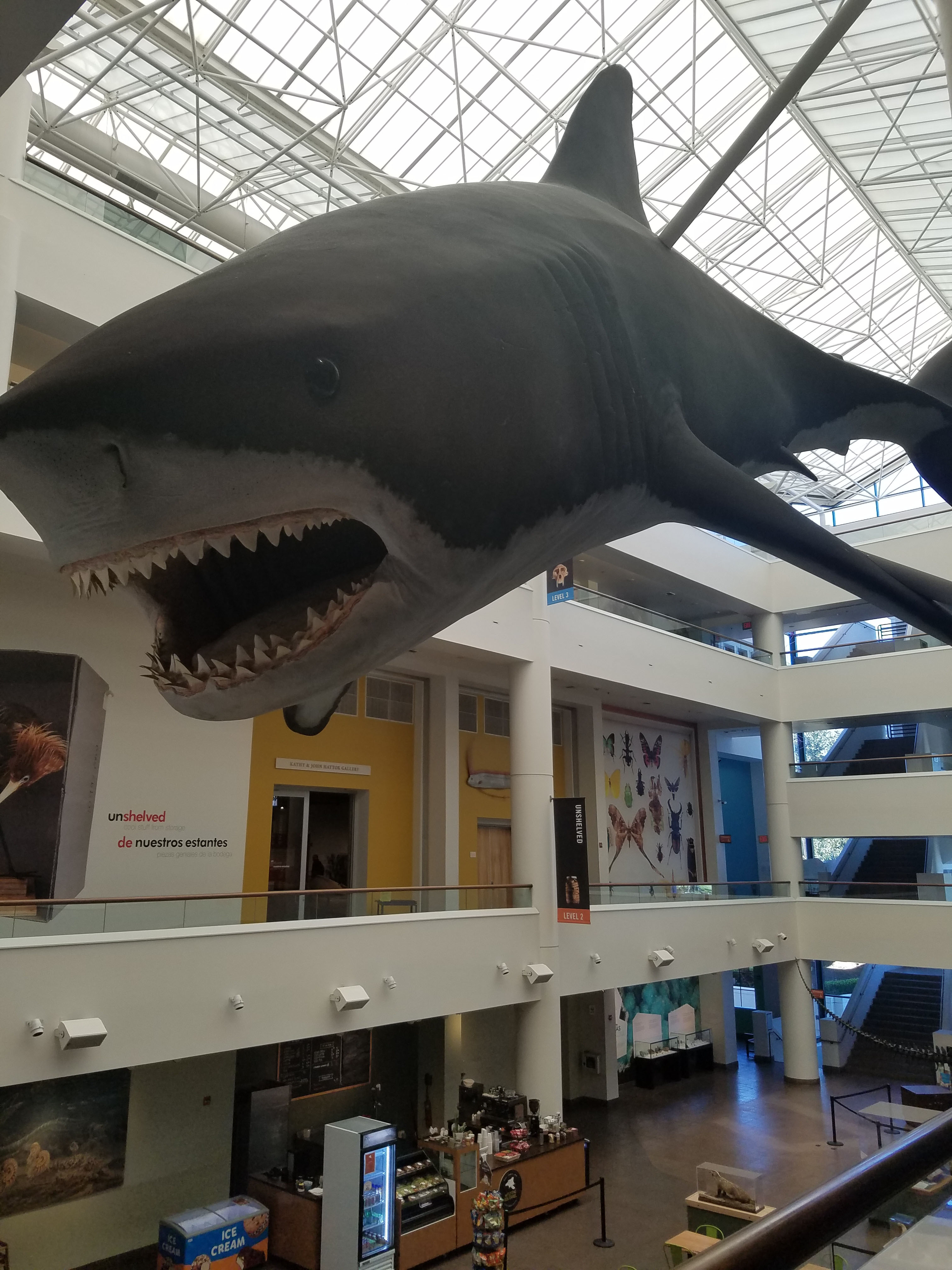
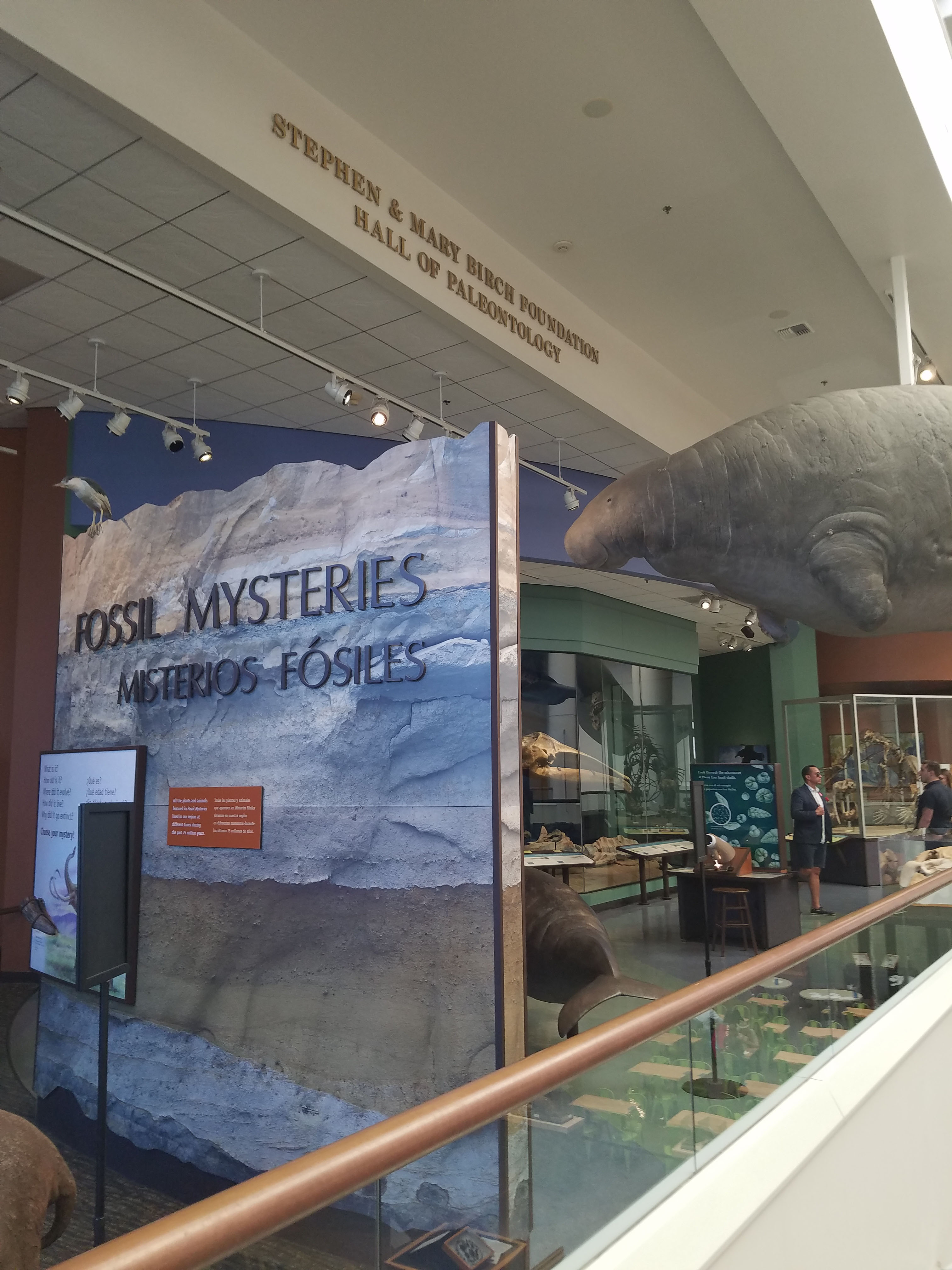
Fossil Mysteries is divided into several time periods from dinosaurs to the Ice Age. It is dominated by the huge Megalodon shark that hangs in the atrium.
The Fossil Mysteries exhibit is similar to Coast and Cactus in that it focuses on the San Diego region. However, the focus here is on San Diego’s long ago past. These are the prehistoric animals and plants from San Diego.
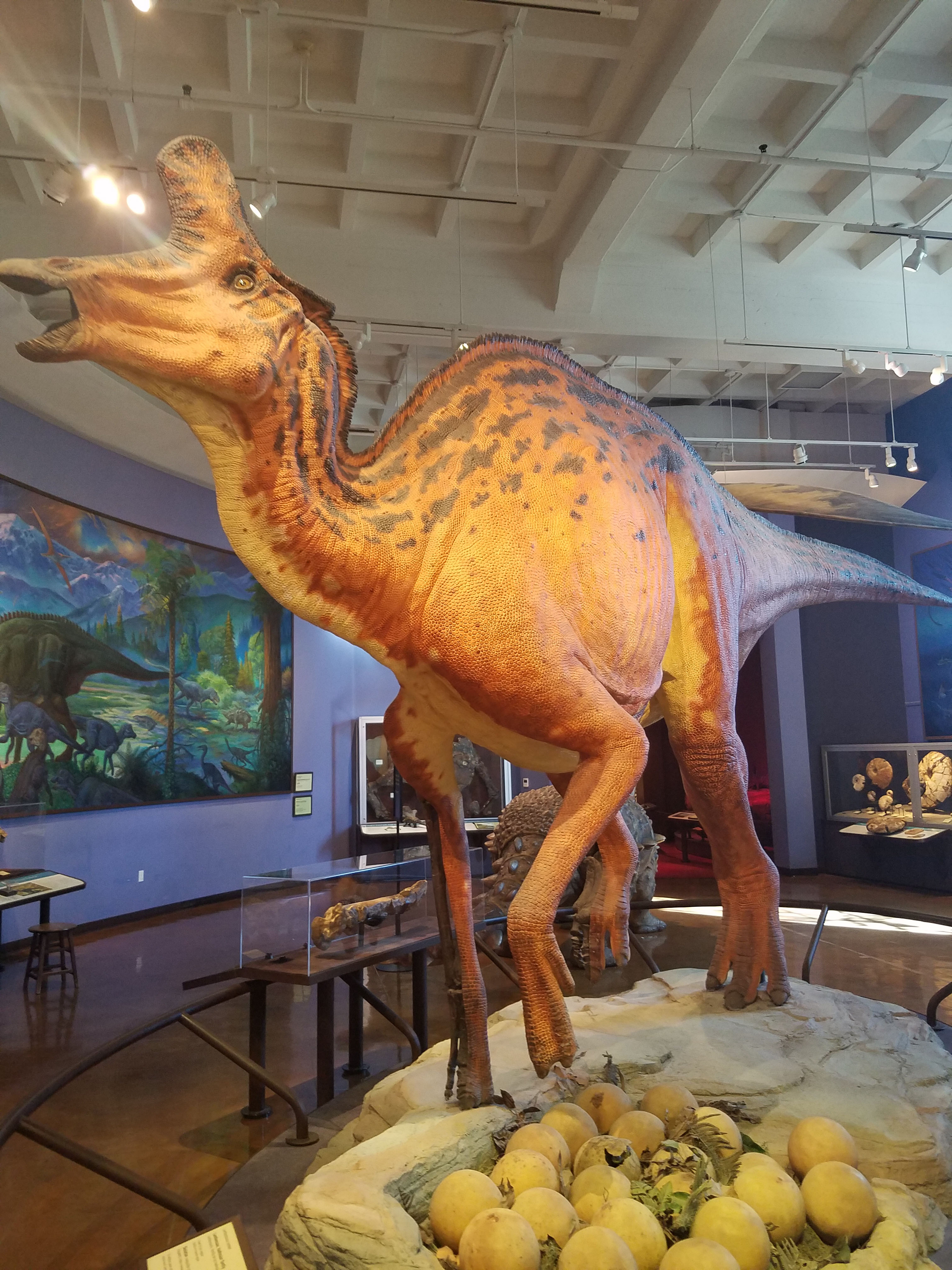

The first area focuses on dinosaurs of 75 million years ago. This was known as the Cretaceous Period. You can see several dinosaur models on display. From that point, it shows how the K-T period resulted in the mass extinction of dinosaurs and the rise of mammals.
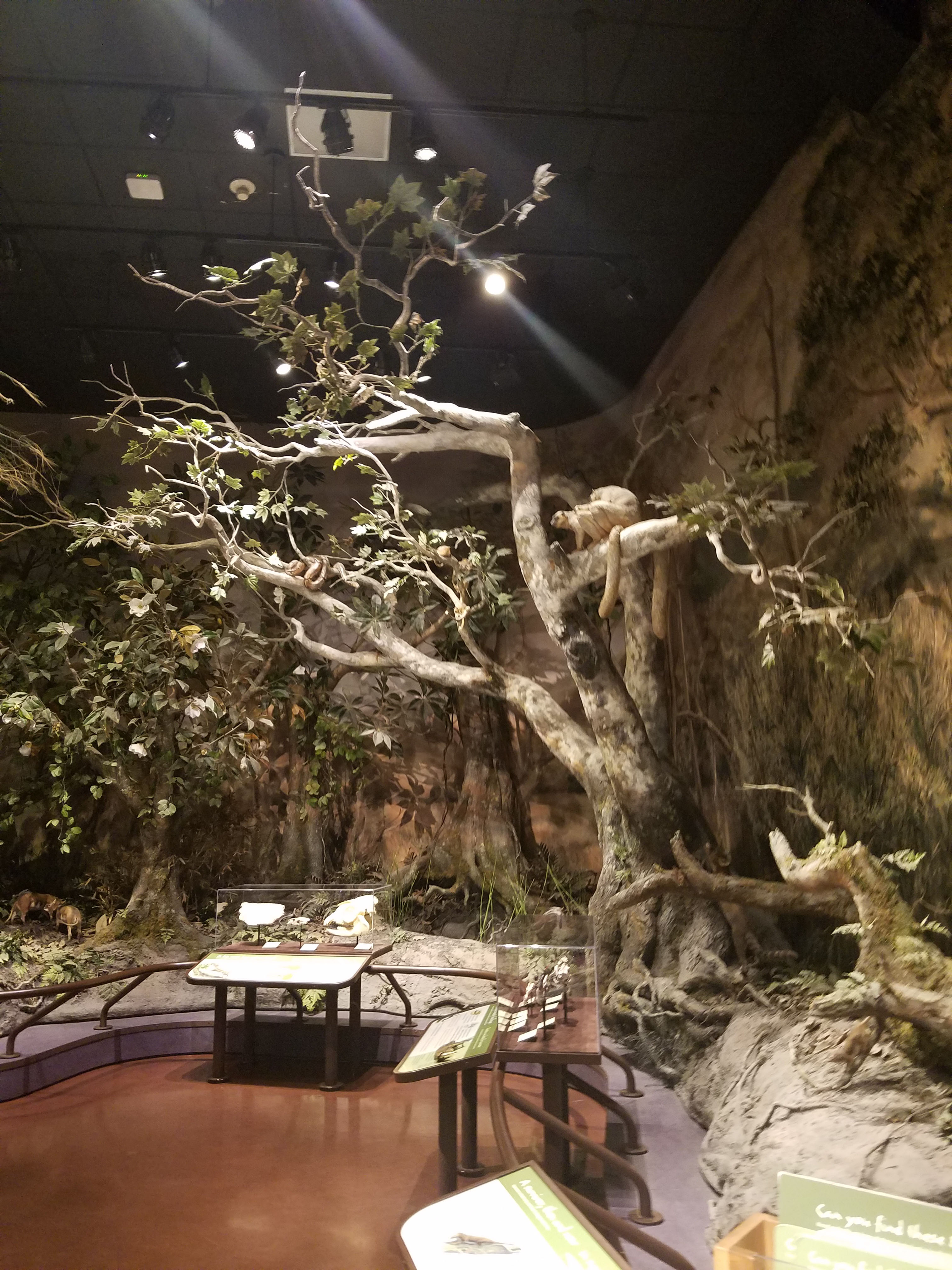
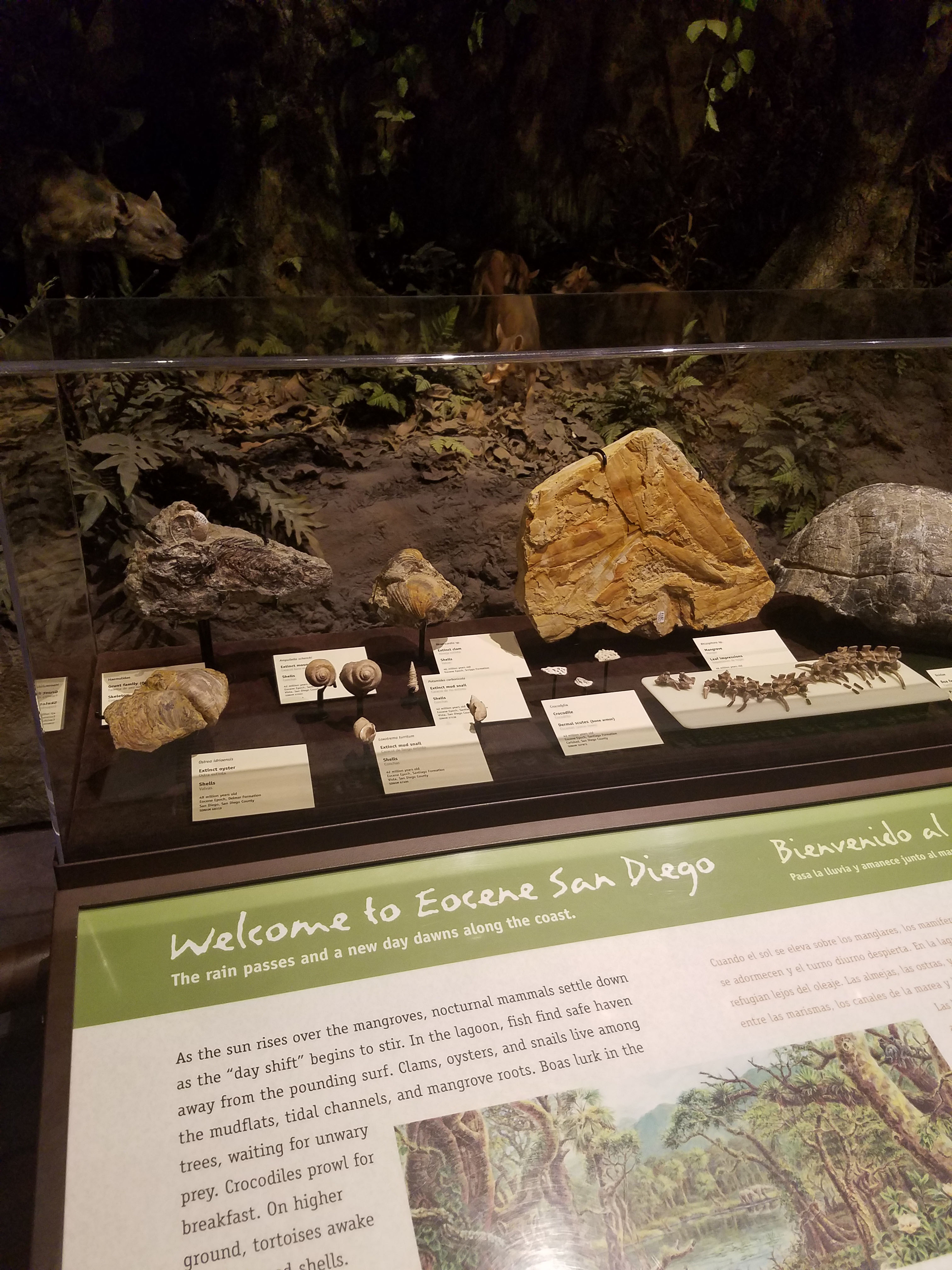
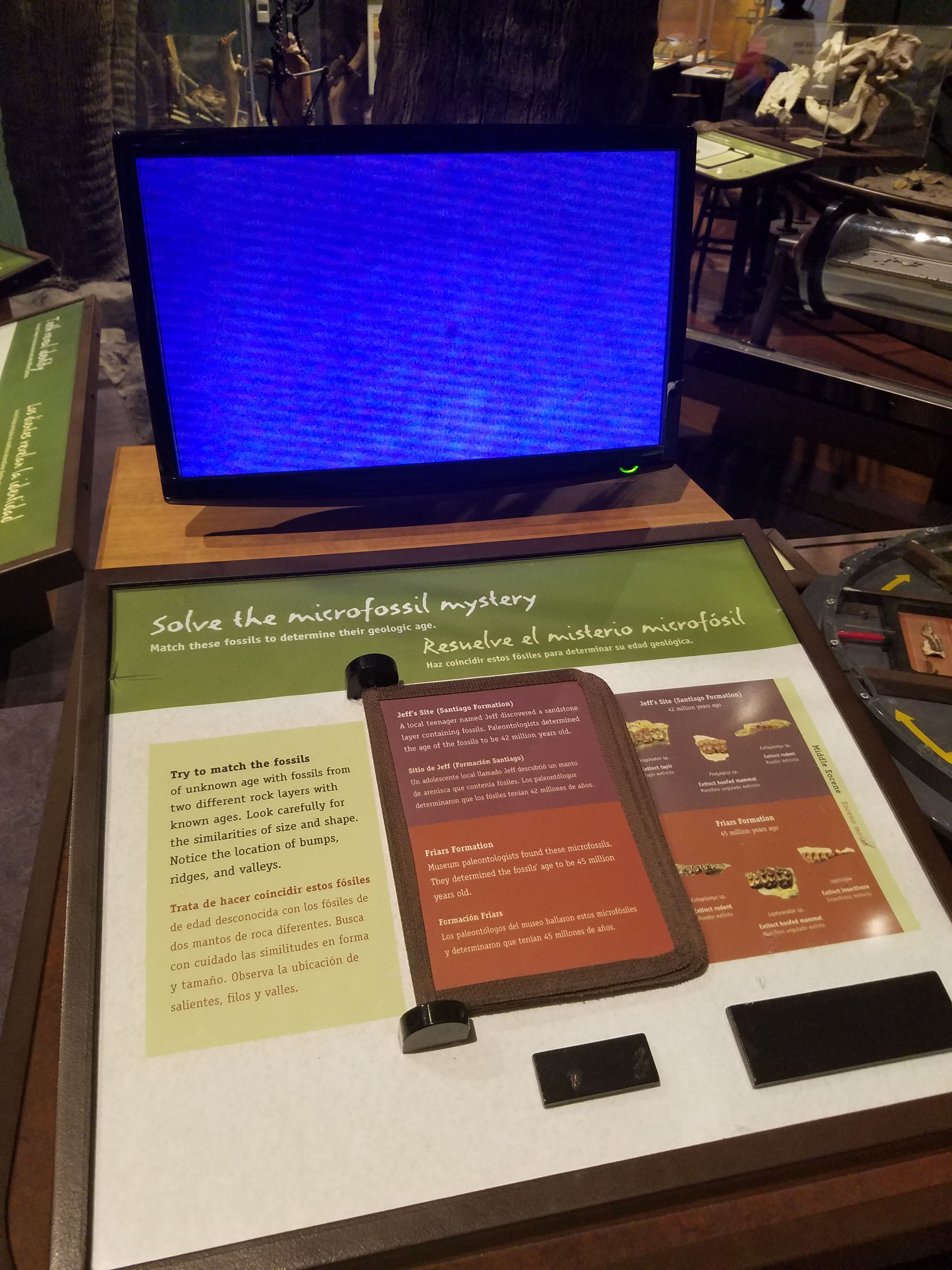

The Eocene: Evolution room focuses on San Diego from 34-55 million years ago. You can examine fossils of plants and animals from the period. The room is setup to look like San Diego during that era.
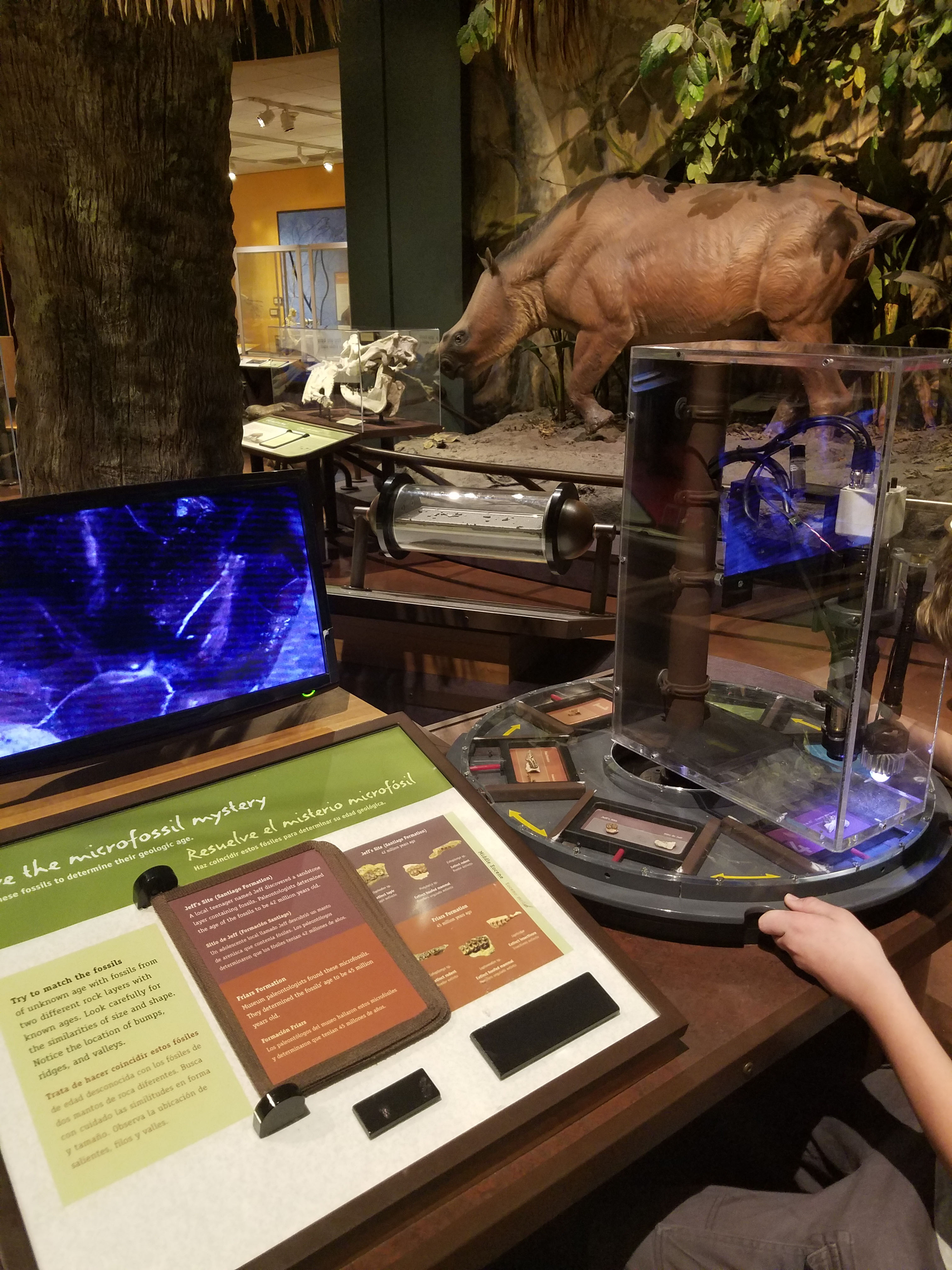

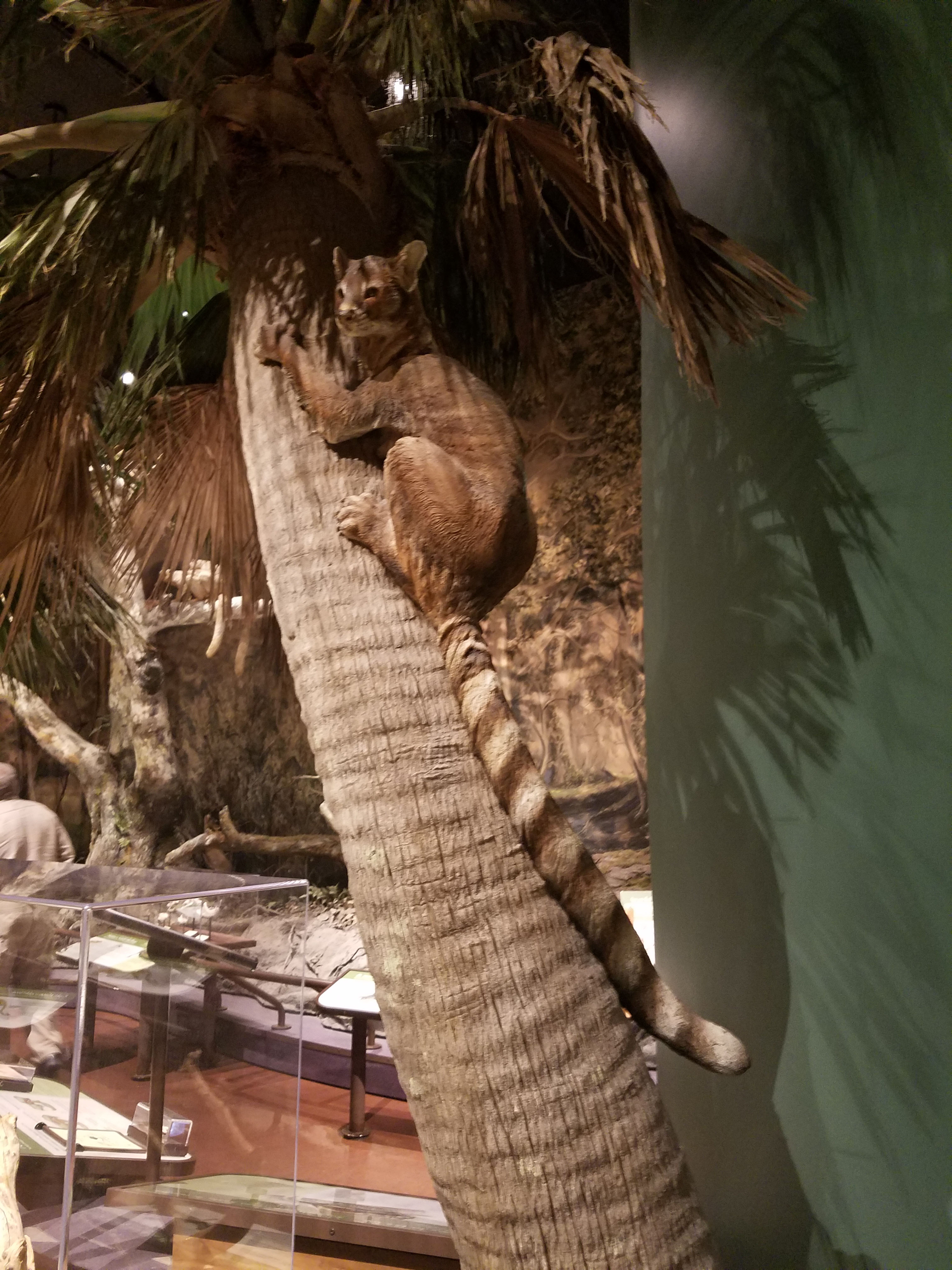
From the Eocene room you go into the Oligocene: Evolution era from 24-34 million years ago. These interactive exhibits show how mammals evolved over this period. You can try to run like a deer, climb like a monkey or swim like a sea lion.
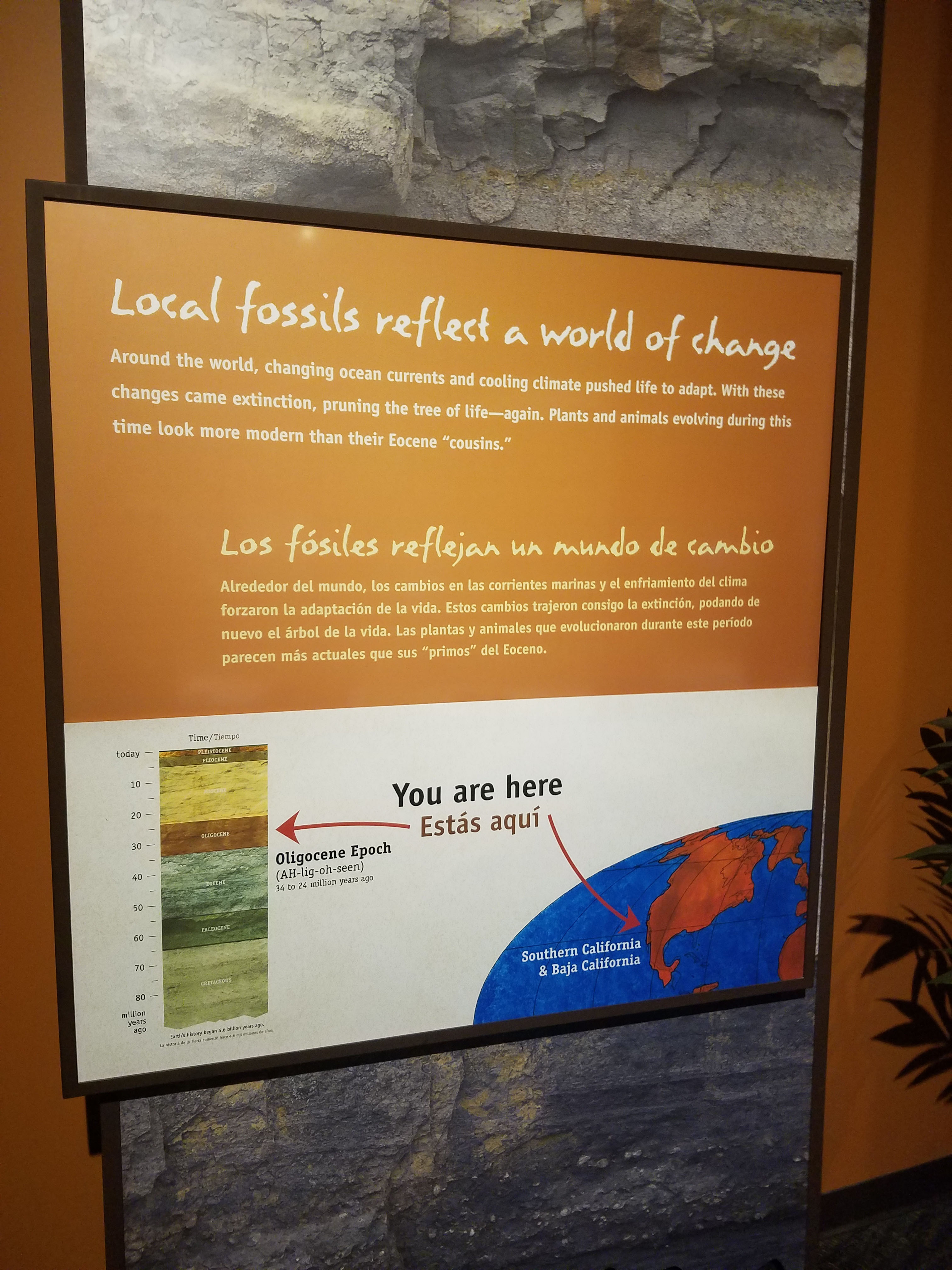

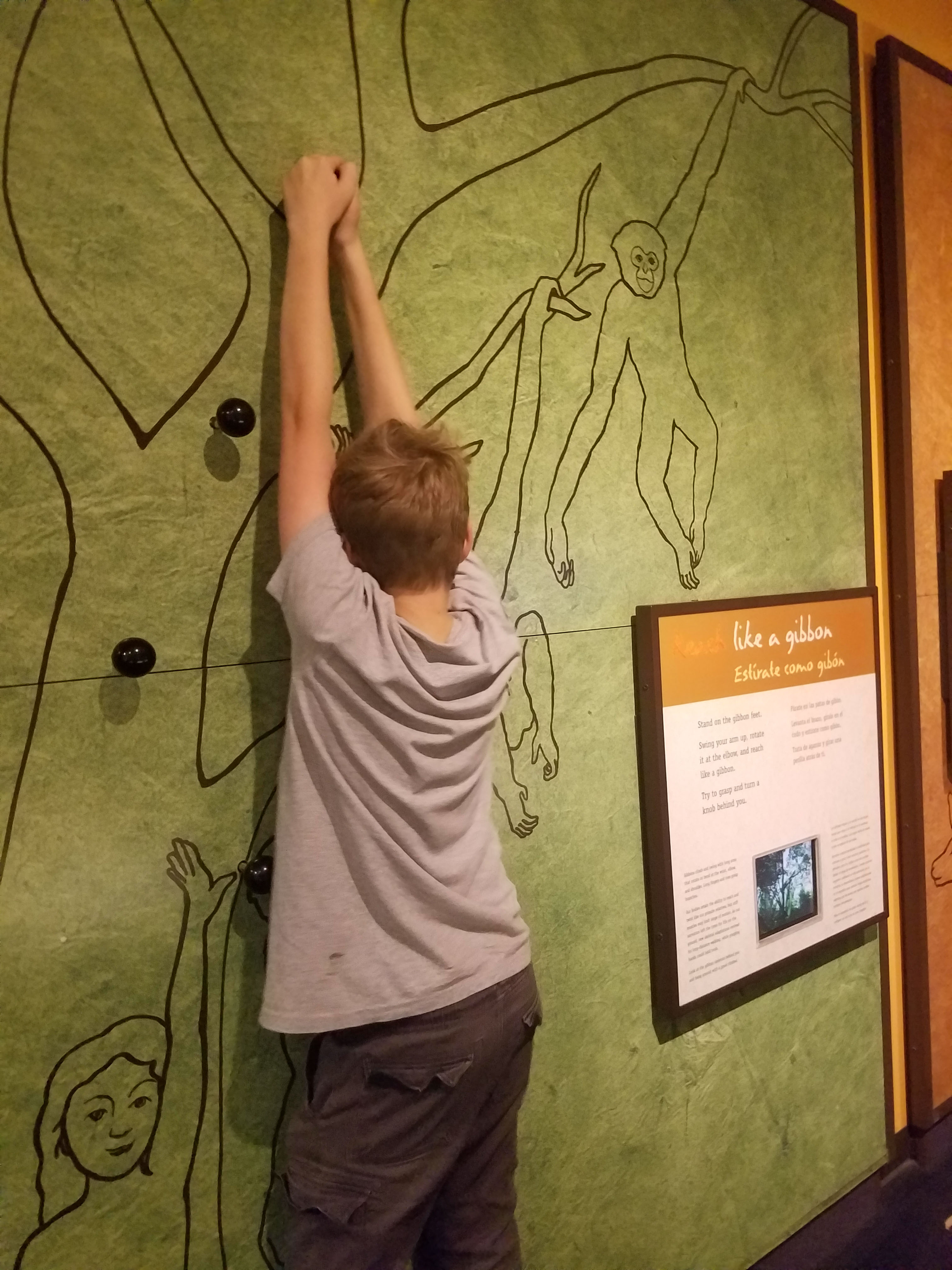

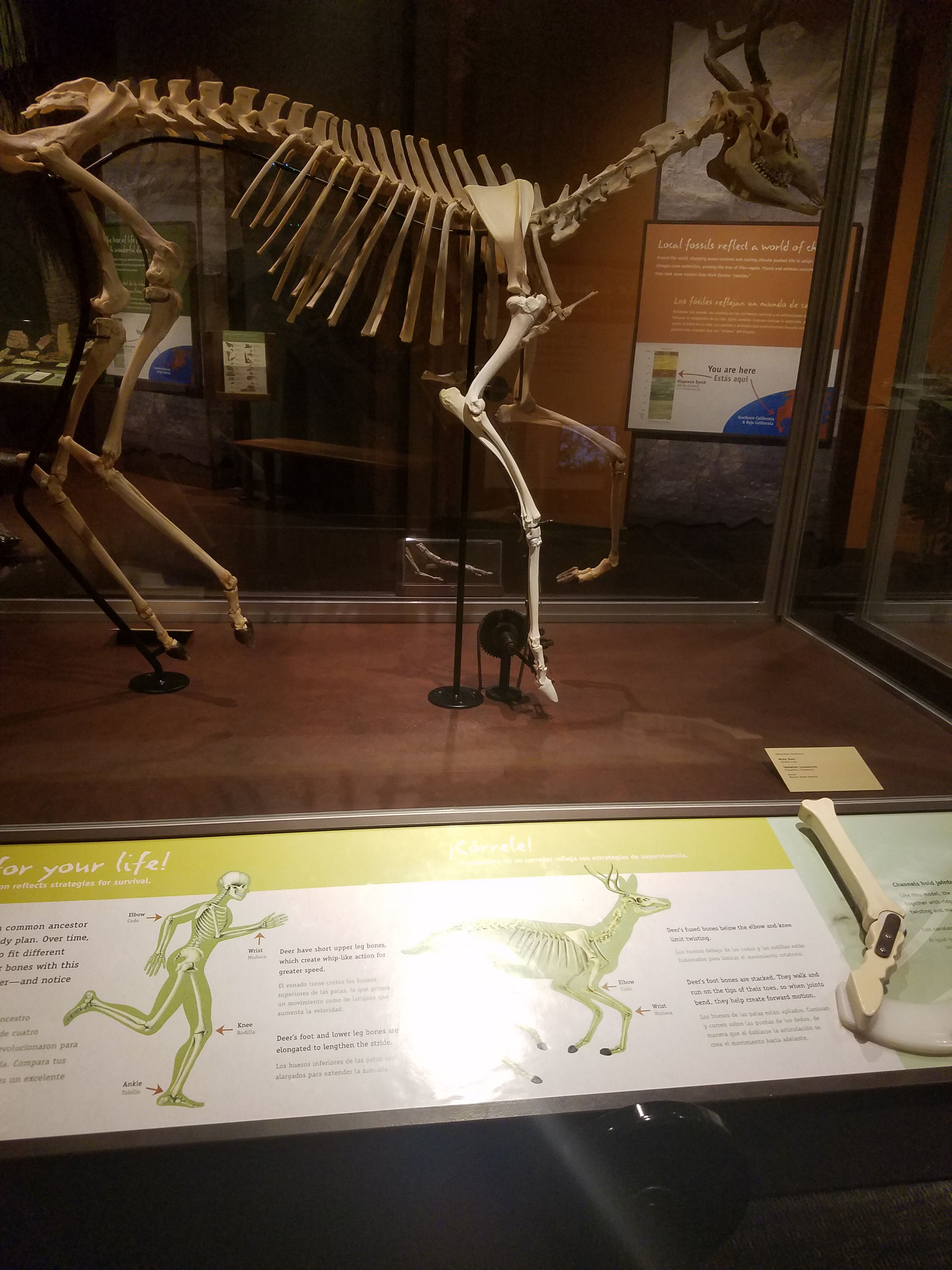
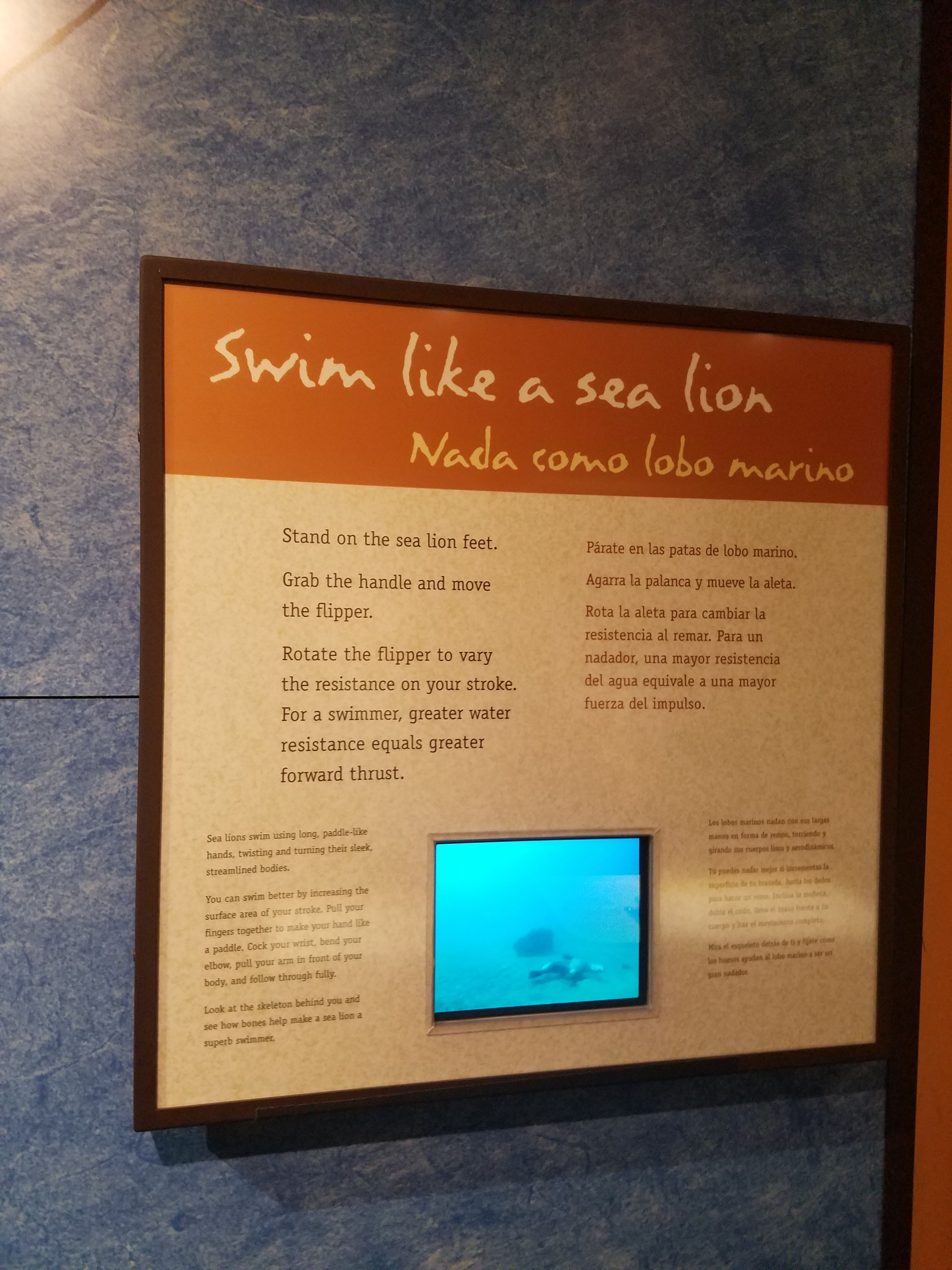
The Miocene era is from 5 to 24 million years ago. This focuses on plate tectonics and how the land has moved over time. The Pliocene era is from 1.8 to 5 million years ago. There are fossils from the period, most notably a large 30-foot sea cow where one side shows its skeleton.
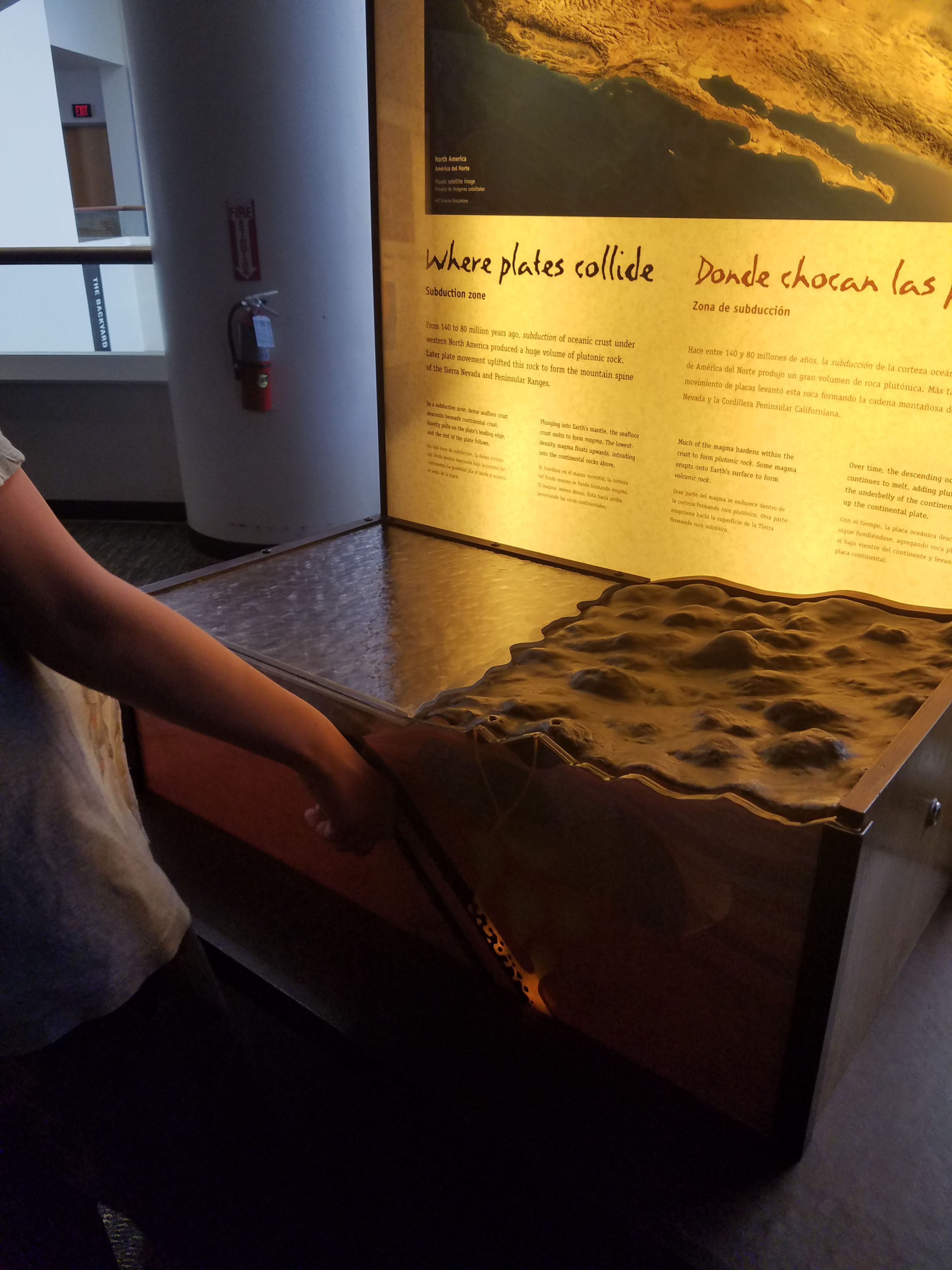
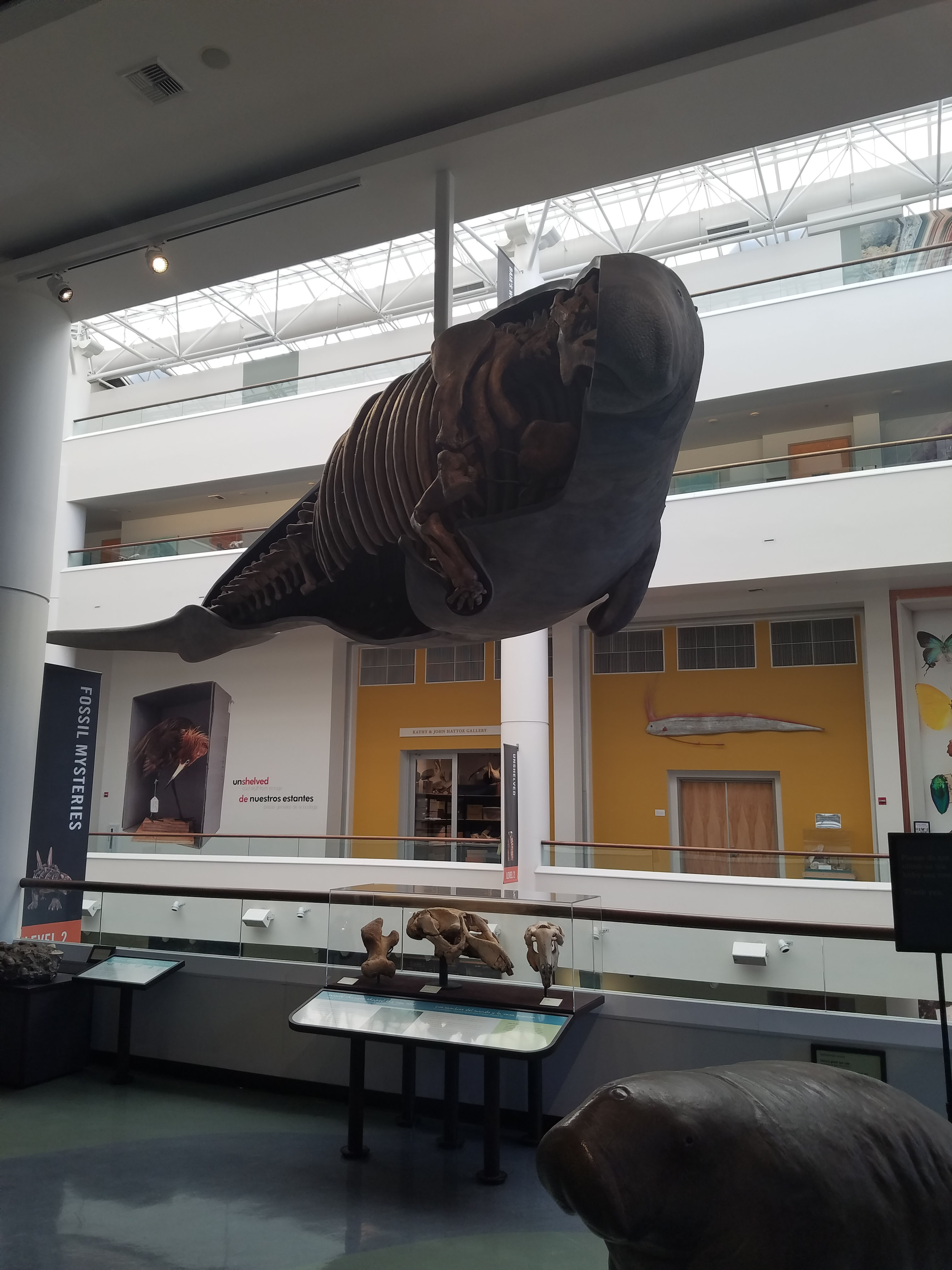
The final portion is the Pleistocene period from 10,000 years ago to 1.8 million years ago. This is a time when many of the large mammals became extinct. In many ways this is a sister exhibit to the Elephant Odyssey exhibit at the San Diego Zoo. This is a period when mastodon, sabertooth cats, giant sloths and dire wolfs roamed San Diego.
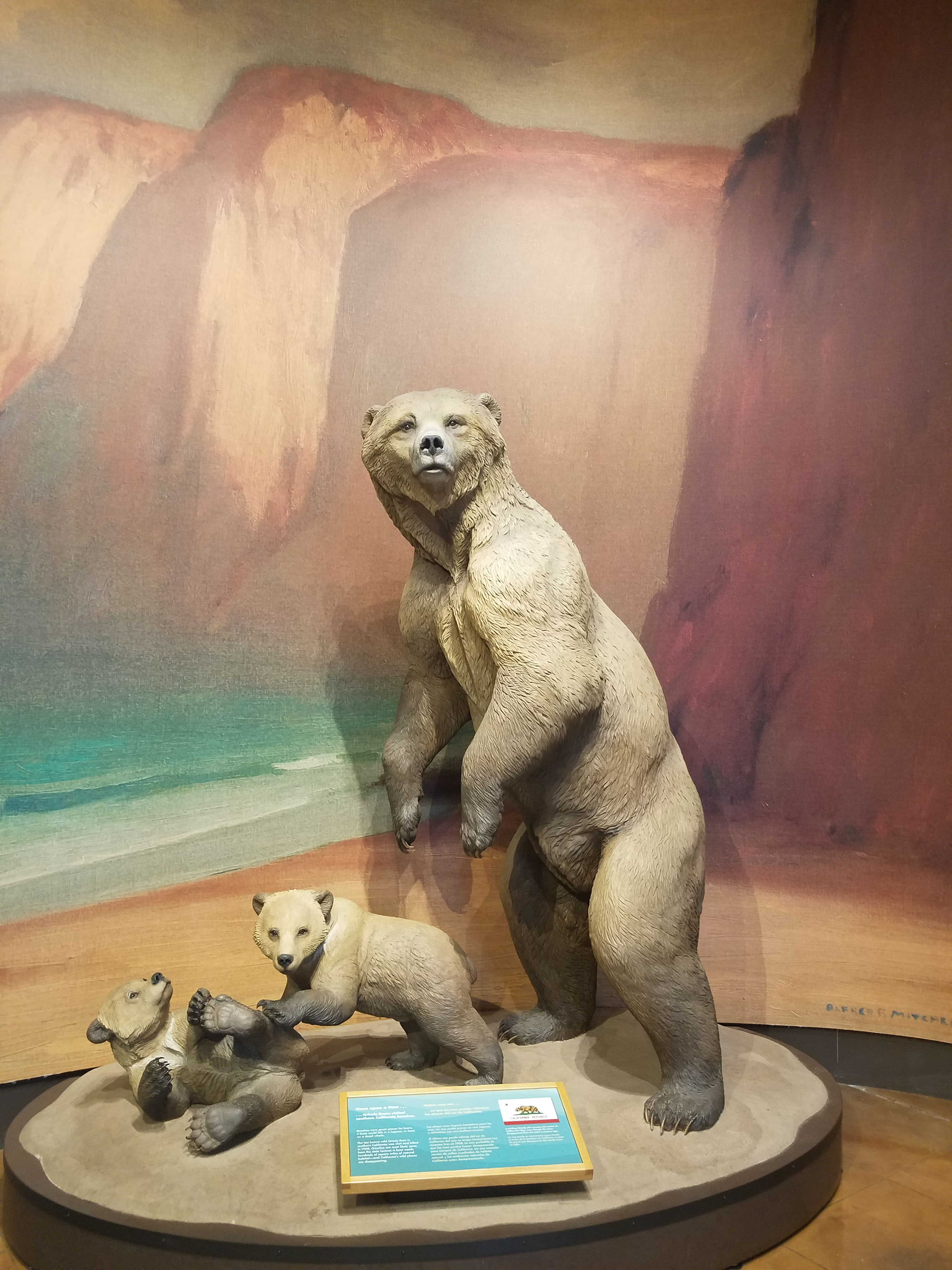
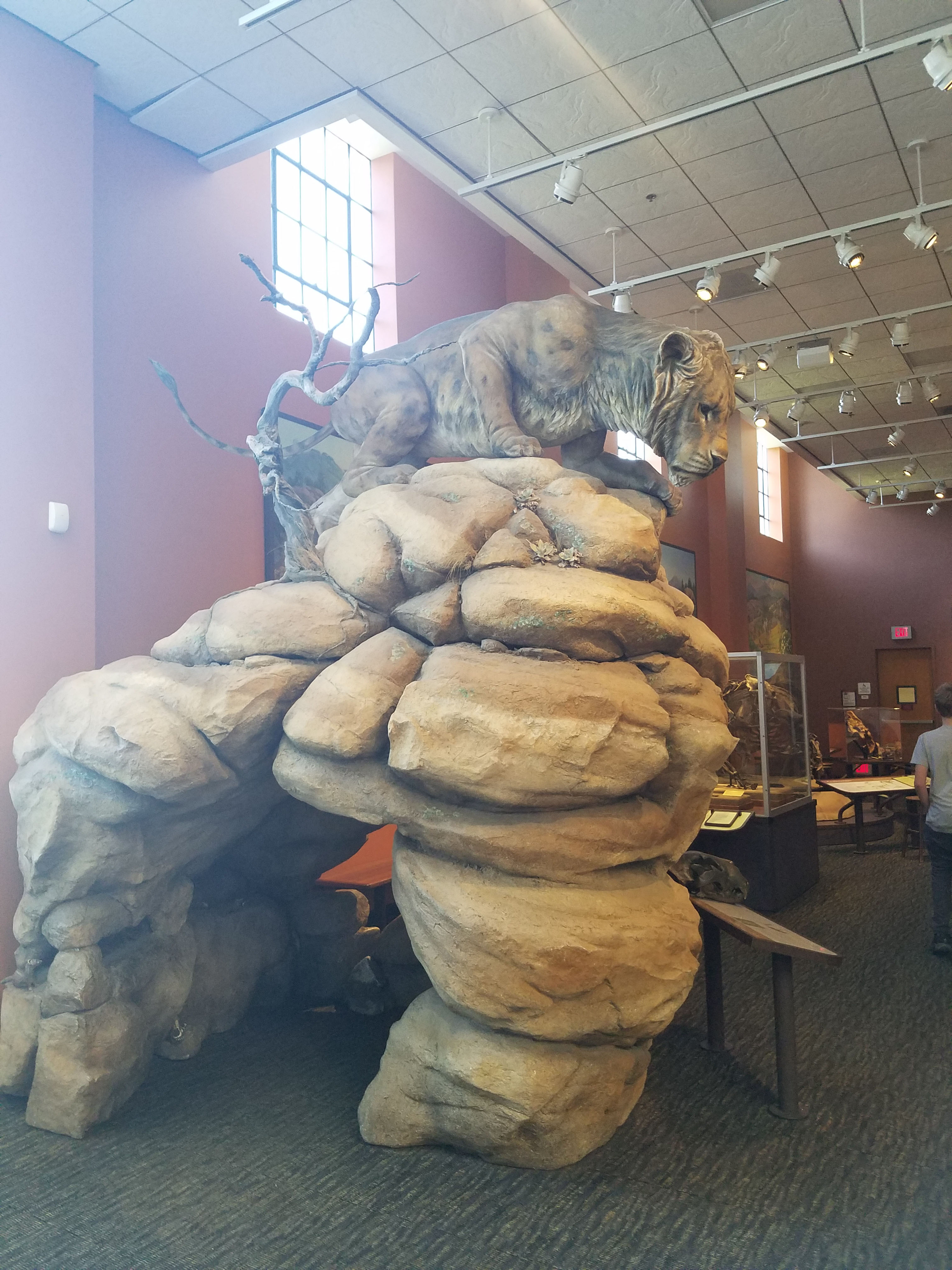
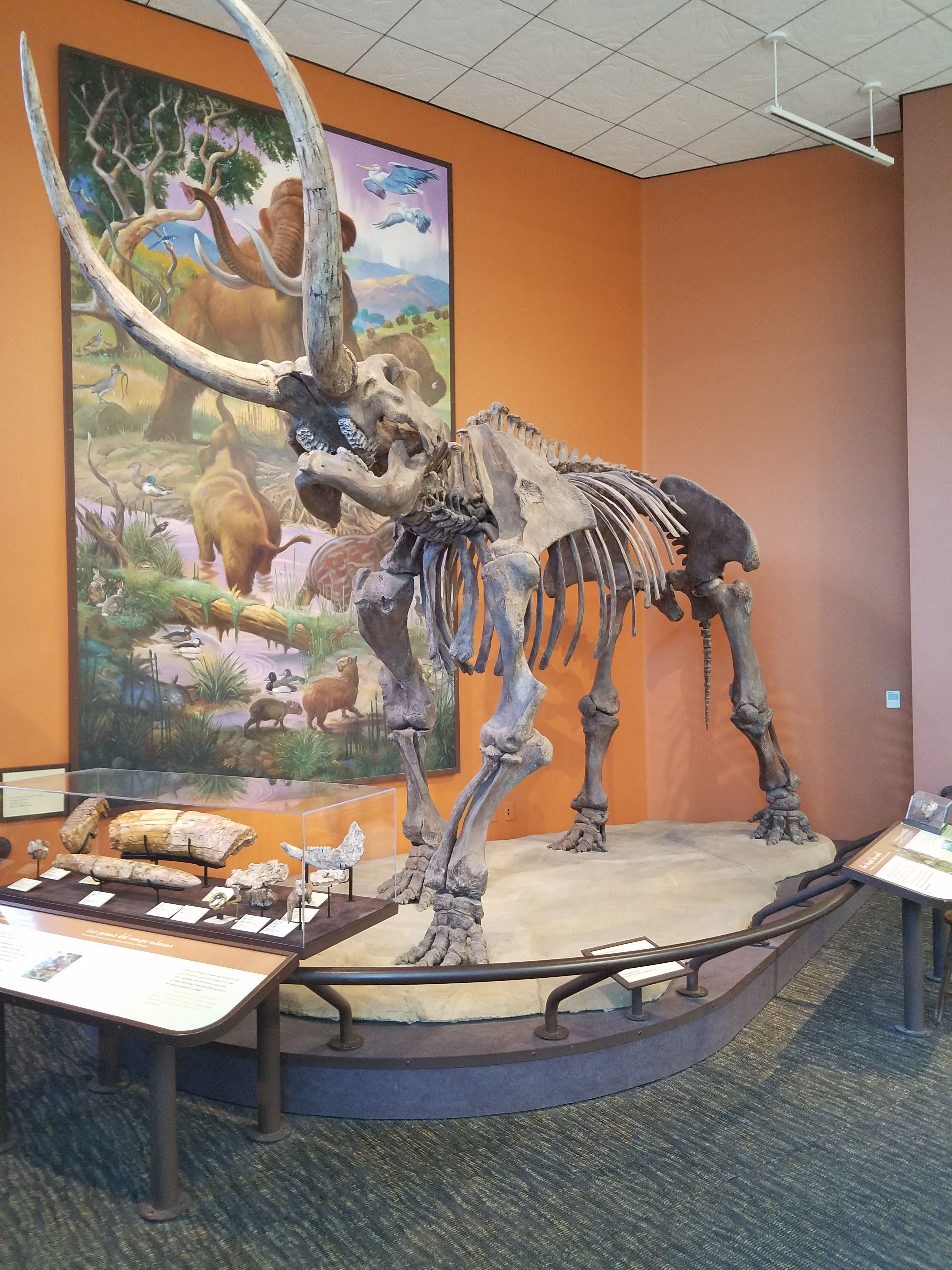
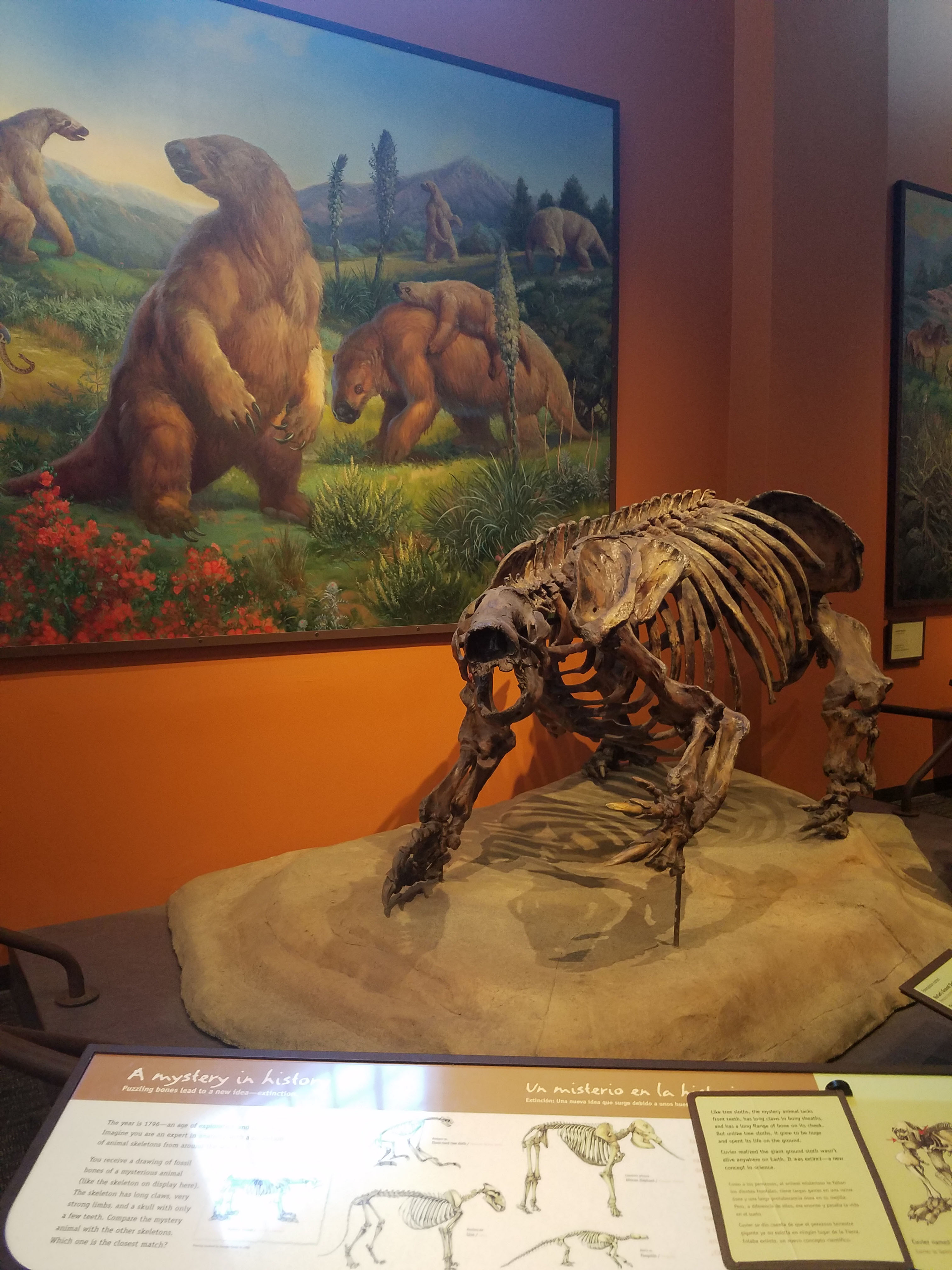
Through 2019, visitors will be able to see the Cerutti Mastadon Discovery exhibit. This features fossils from as much as 115,000 years ago. According to this article in Nature magazine, the Cerutti discovery suggests humans may have been in North America much longer than previously thought.
Note if you come in from the South Entrance, this exhibit and the Foucault Pendulum will be the first thing you see.
Unshelved: Cool Stuff from Storage
The final exhibit on the second floor focuses on items from the over 8 million specimens the San Diego Natural History Museum has in storage. The biggest feature is a large jaw of a sperm whale.

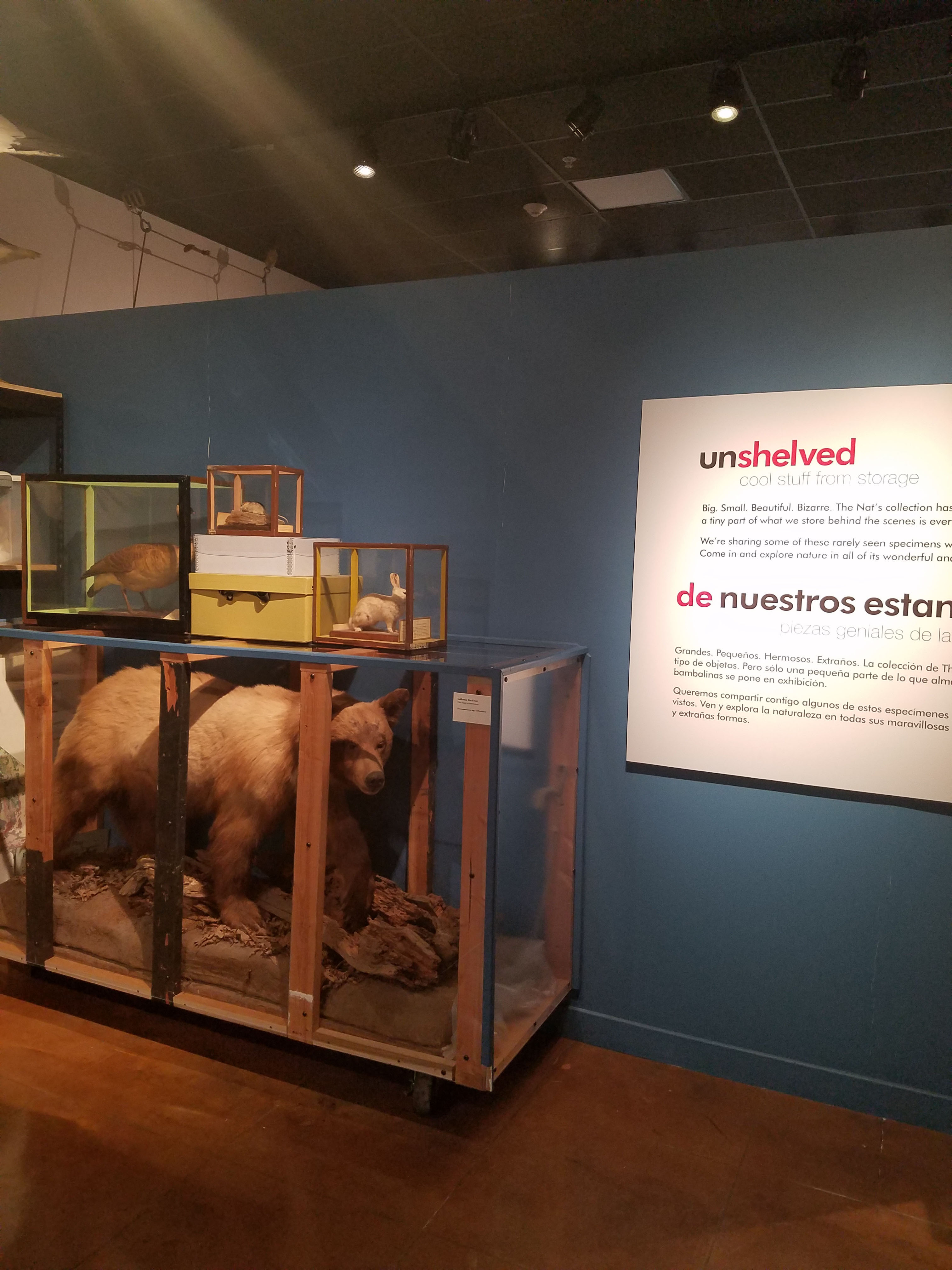
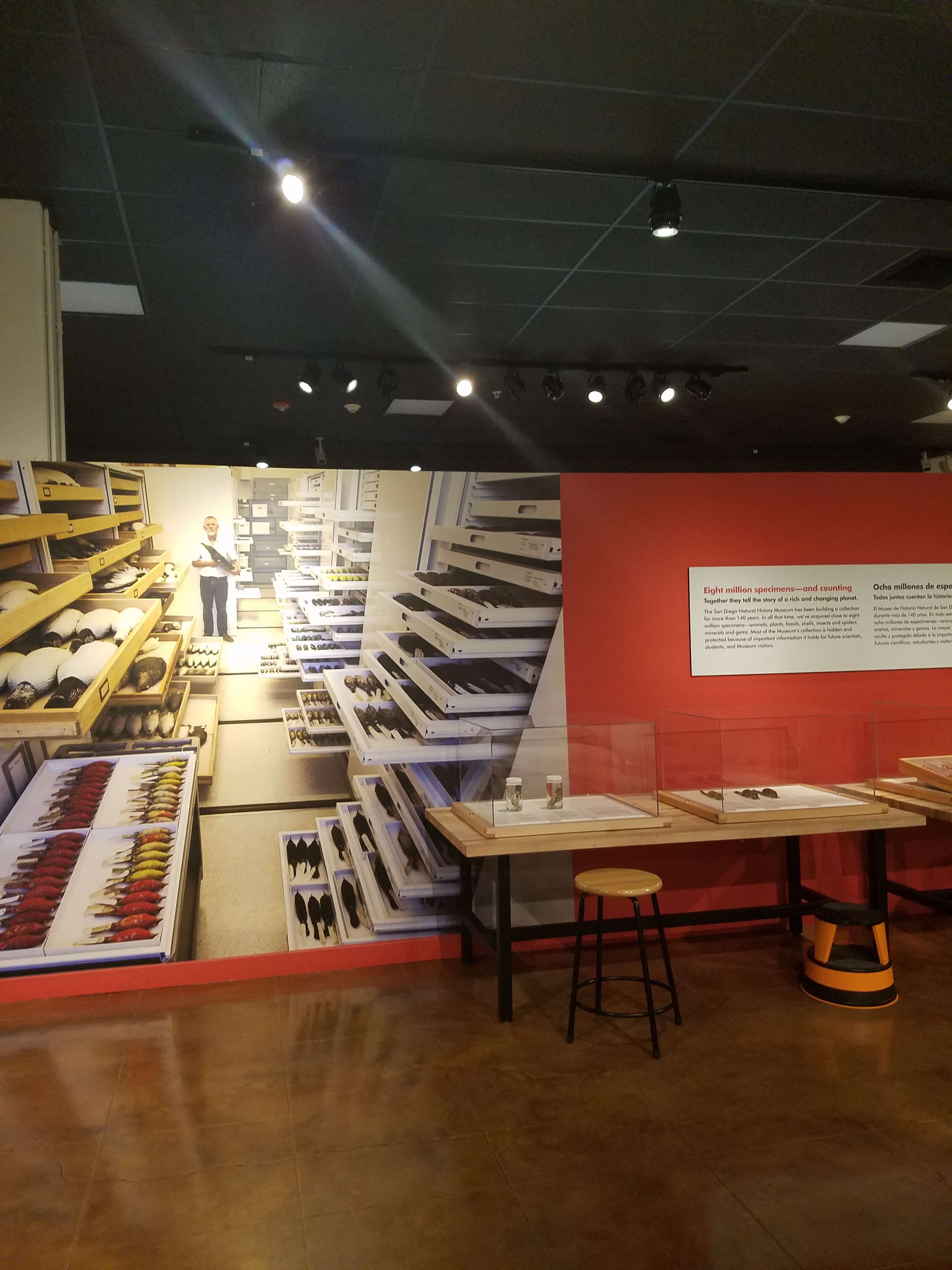
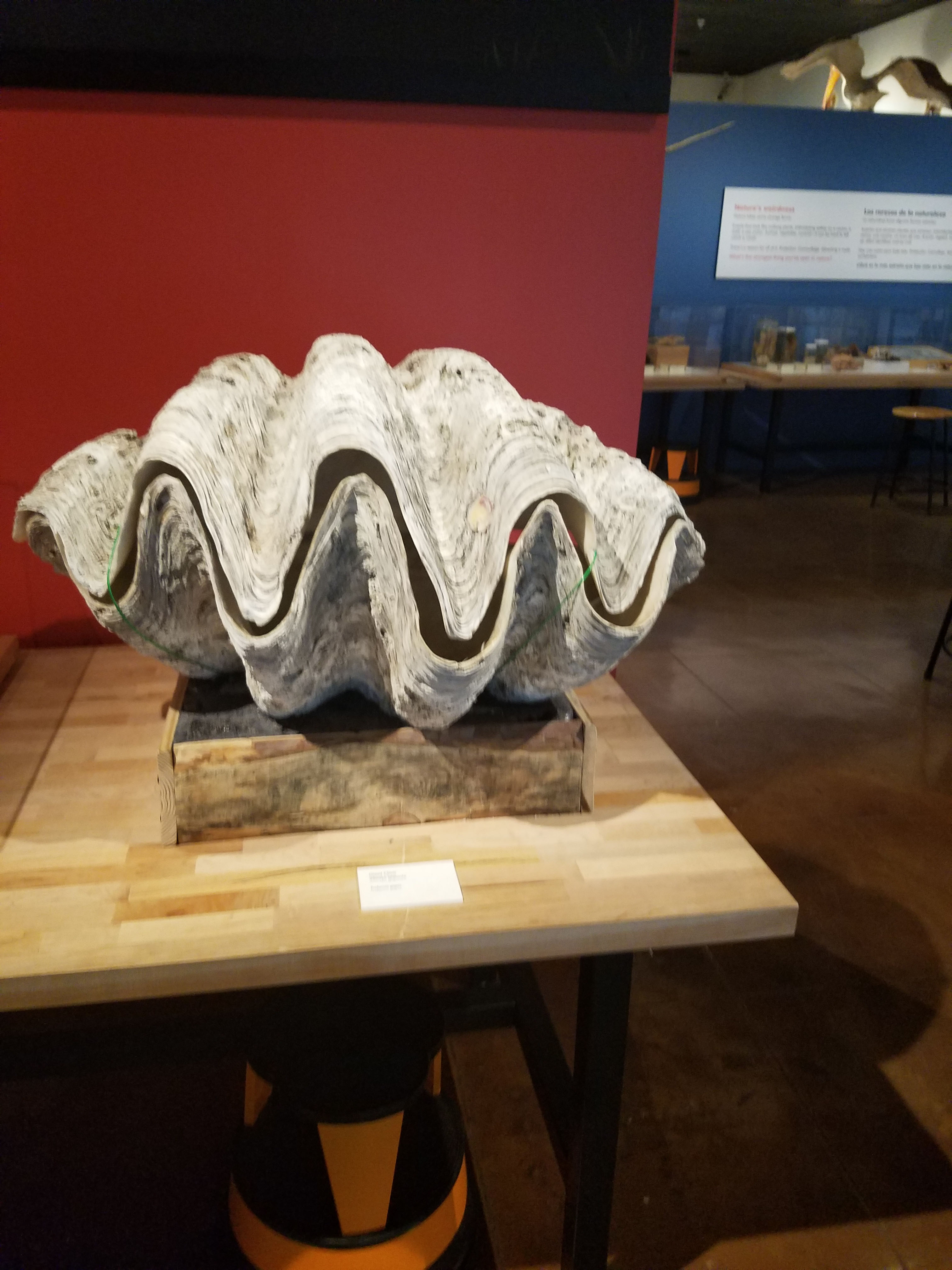
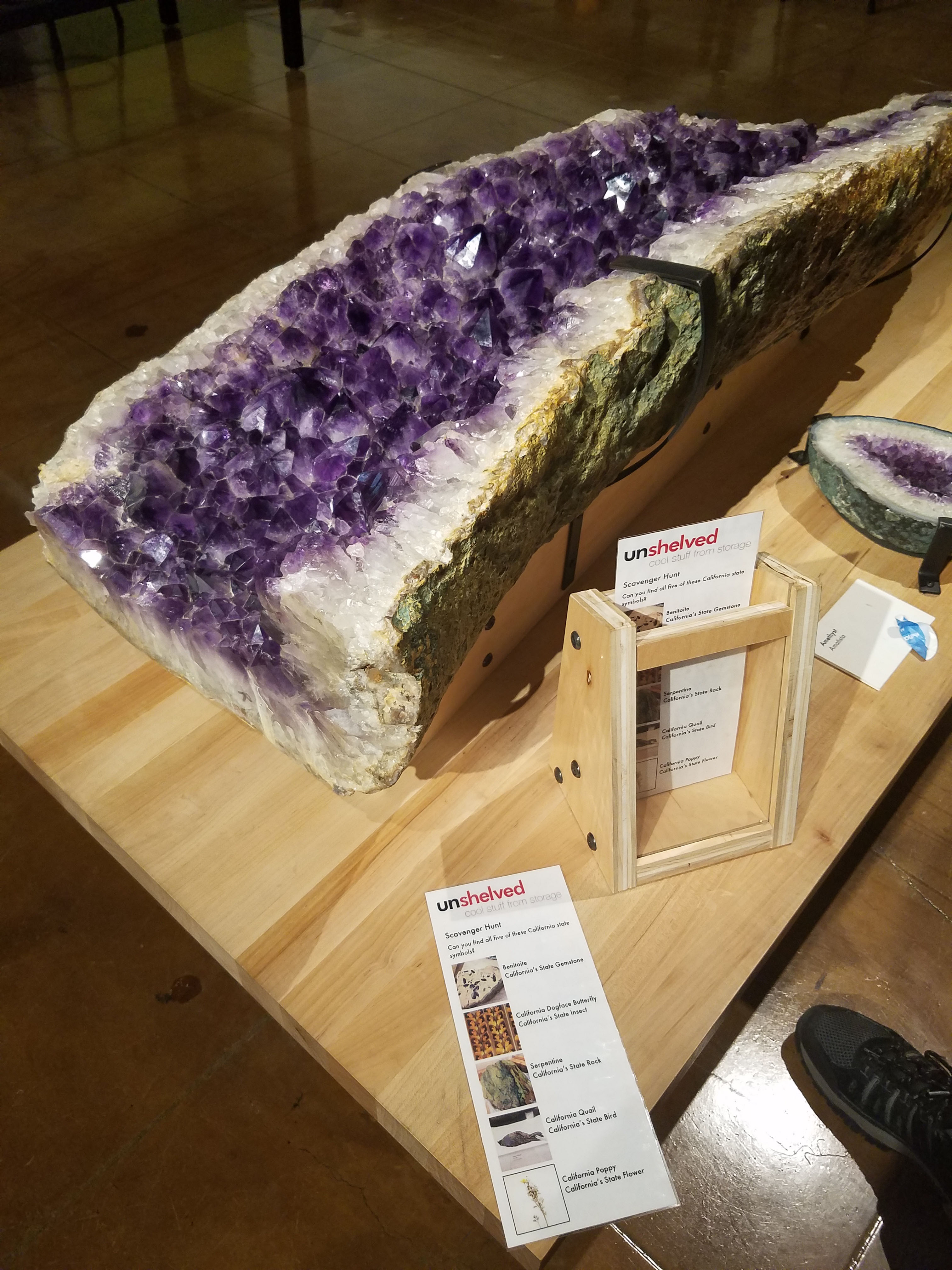
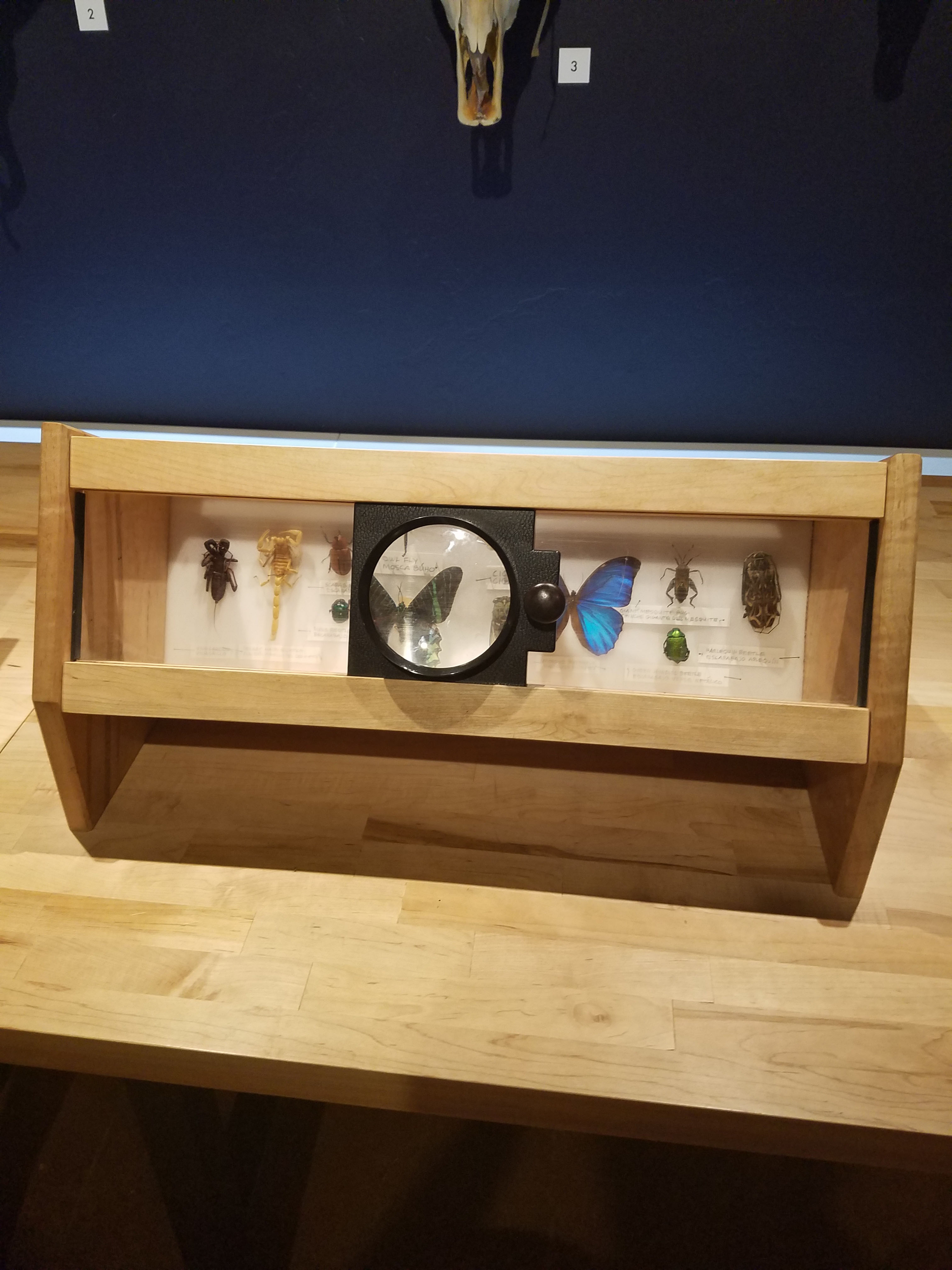
Level 3
Level 3 is fairly small with much of the area an atrium open to Level 2 below. The Skulls exhibit is along the corridor and features over 200 skulls from all kinds of animals. There is also a chance to view the Nat’s research center. The main exhibit on the third level is part of the museum’s research library.
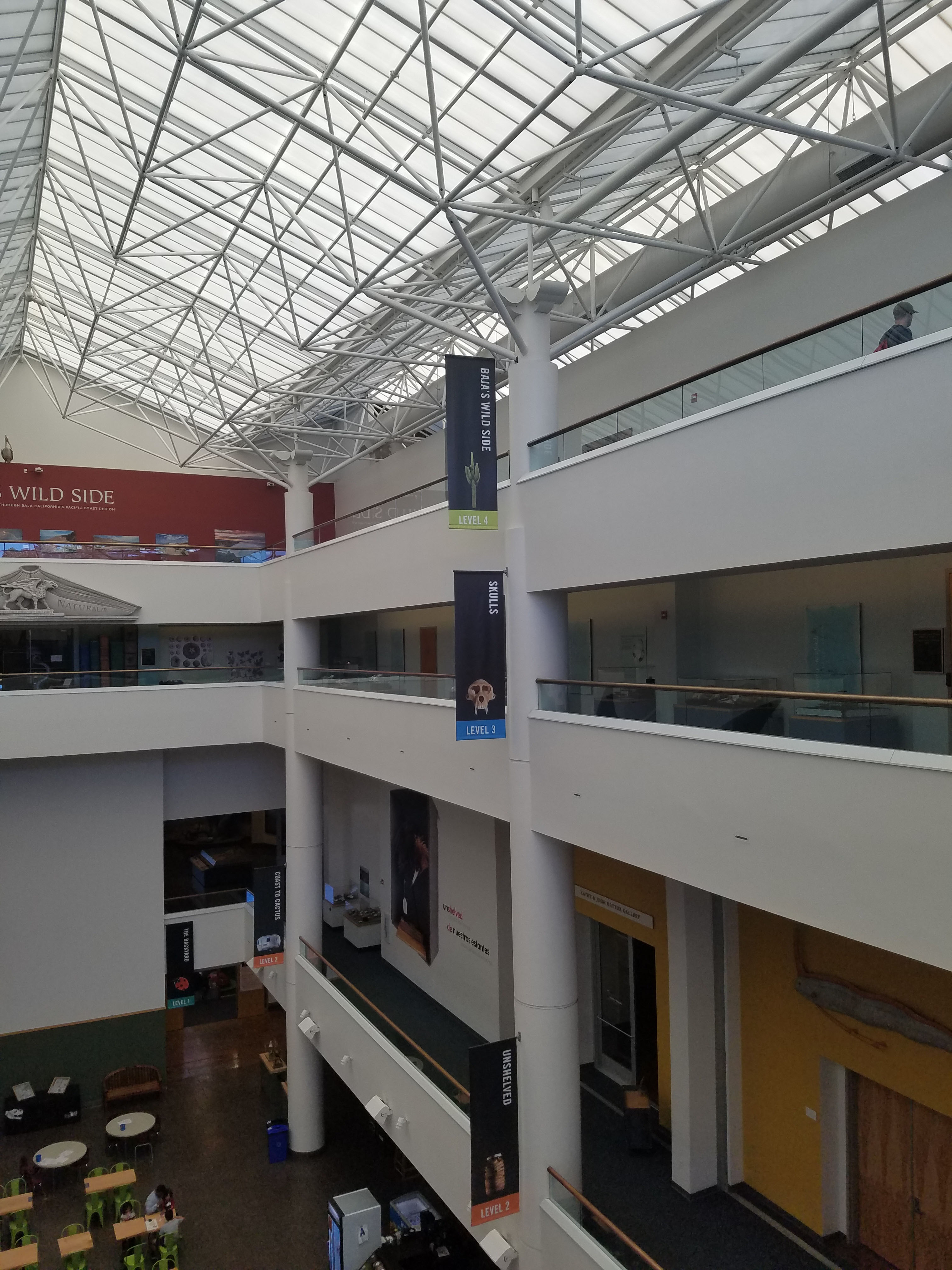

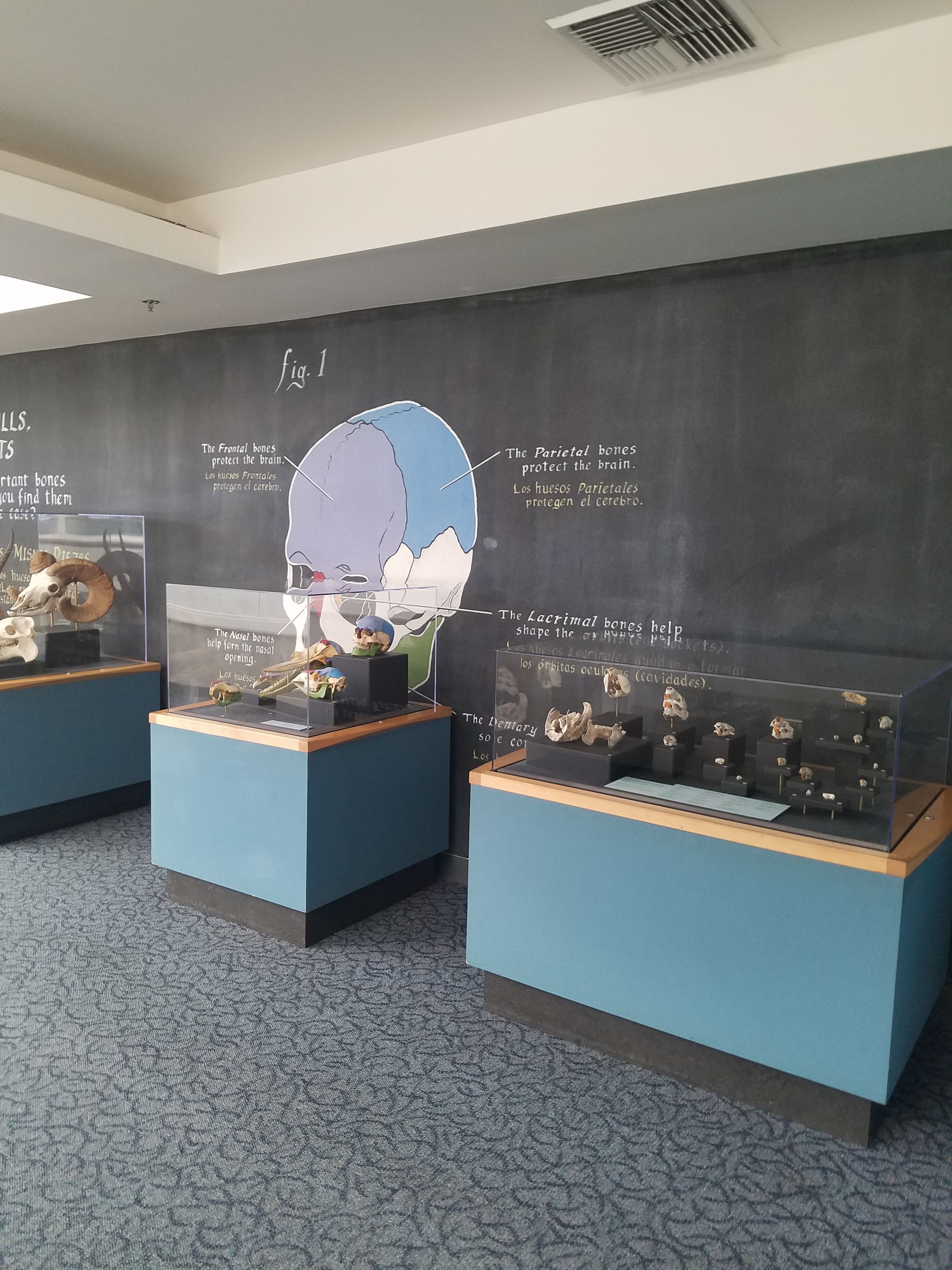

Extraordinary Ideas from Ordinary People
This is an exhibit about citizen science. In other words, ordinary citizens who made contributions to science. The idea is that anyone can be a scientist.
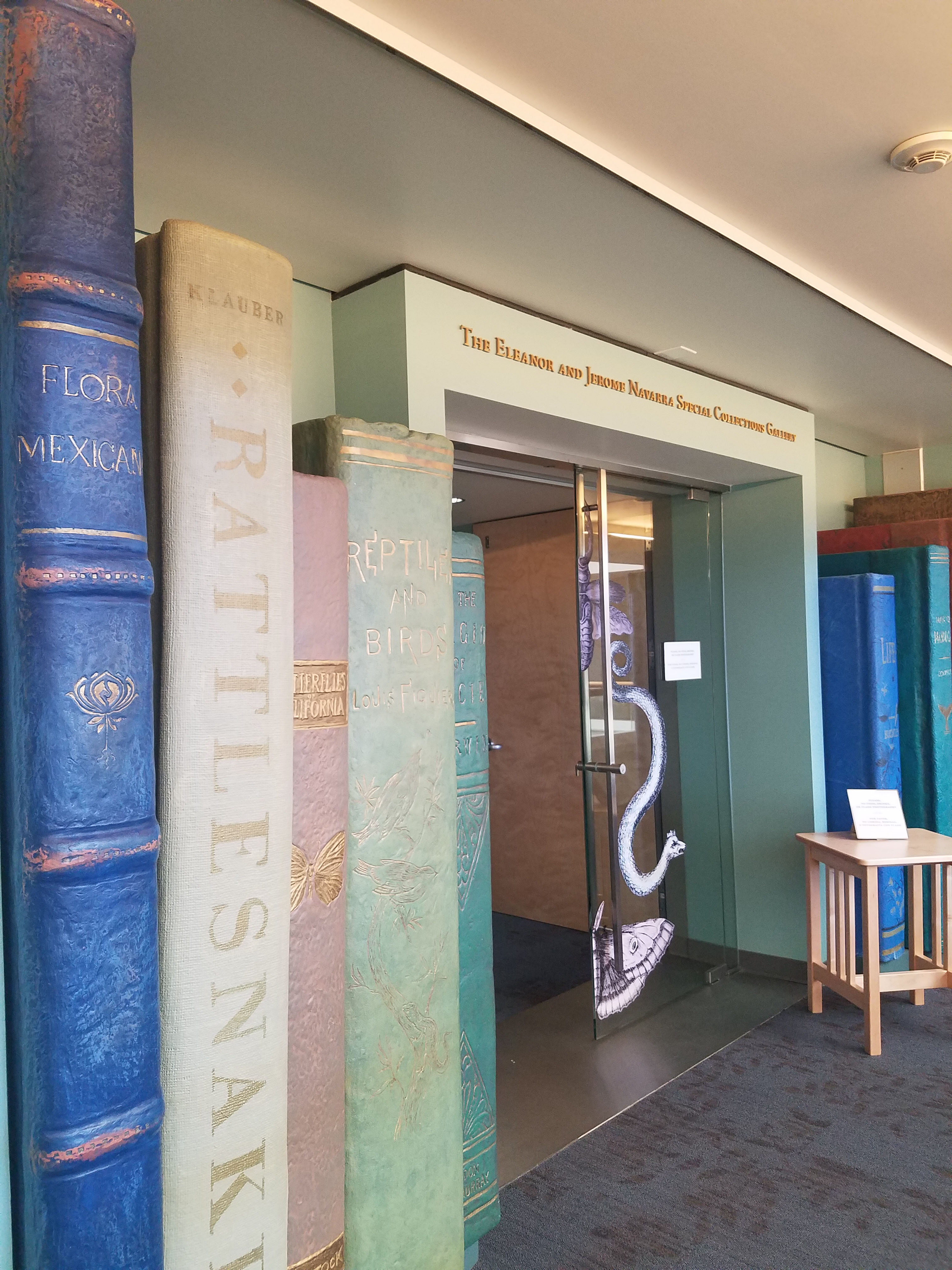
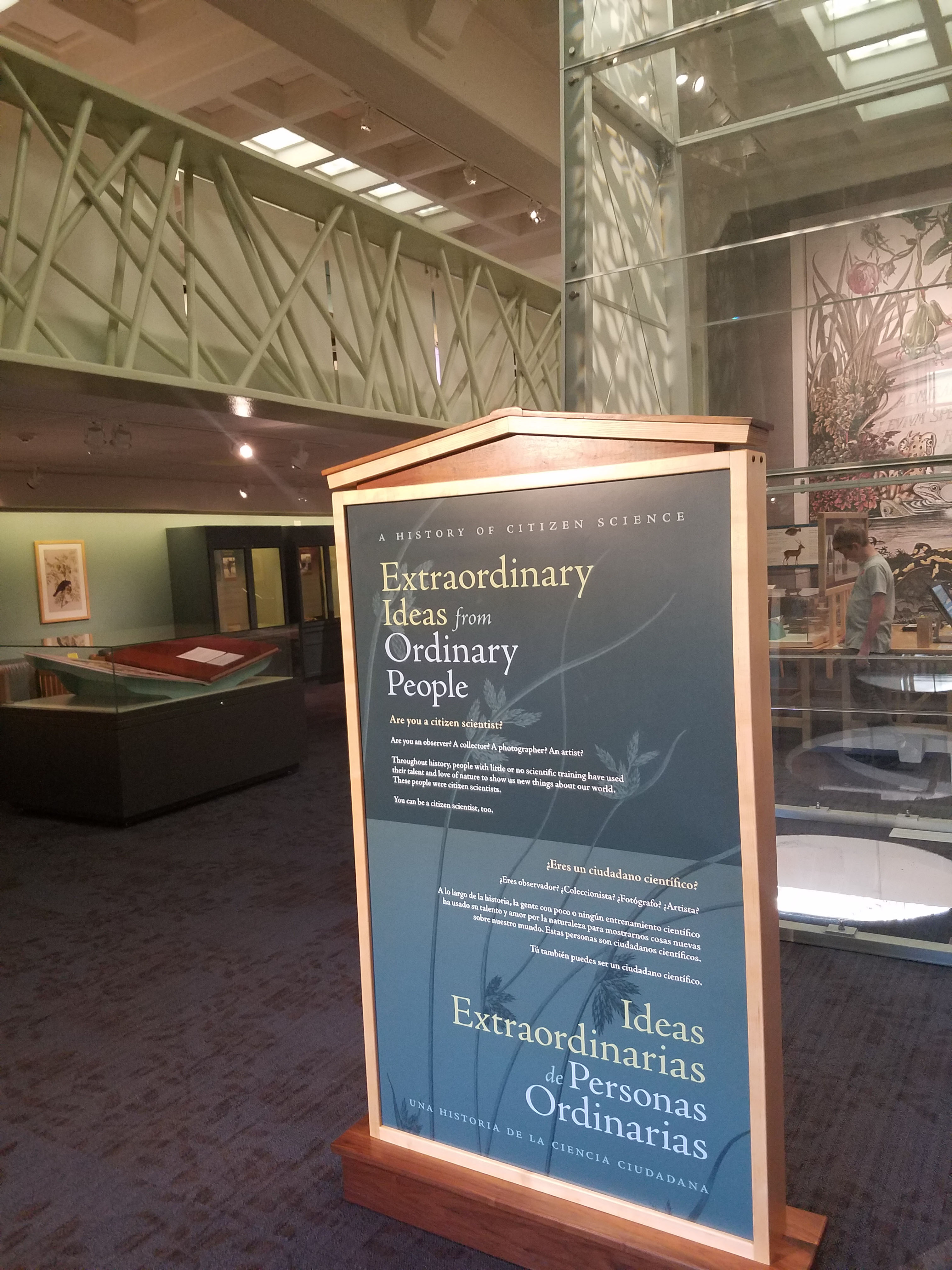
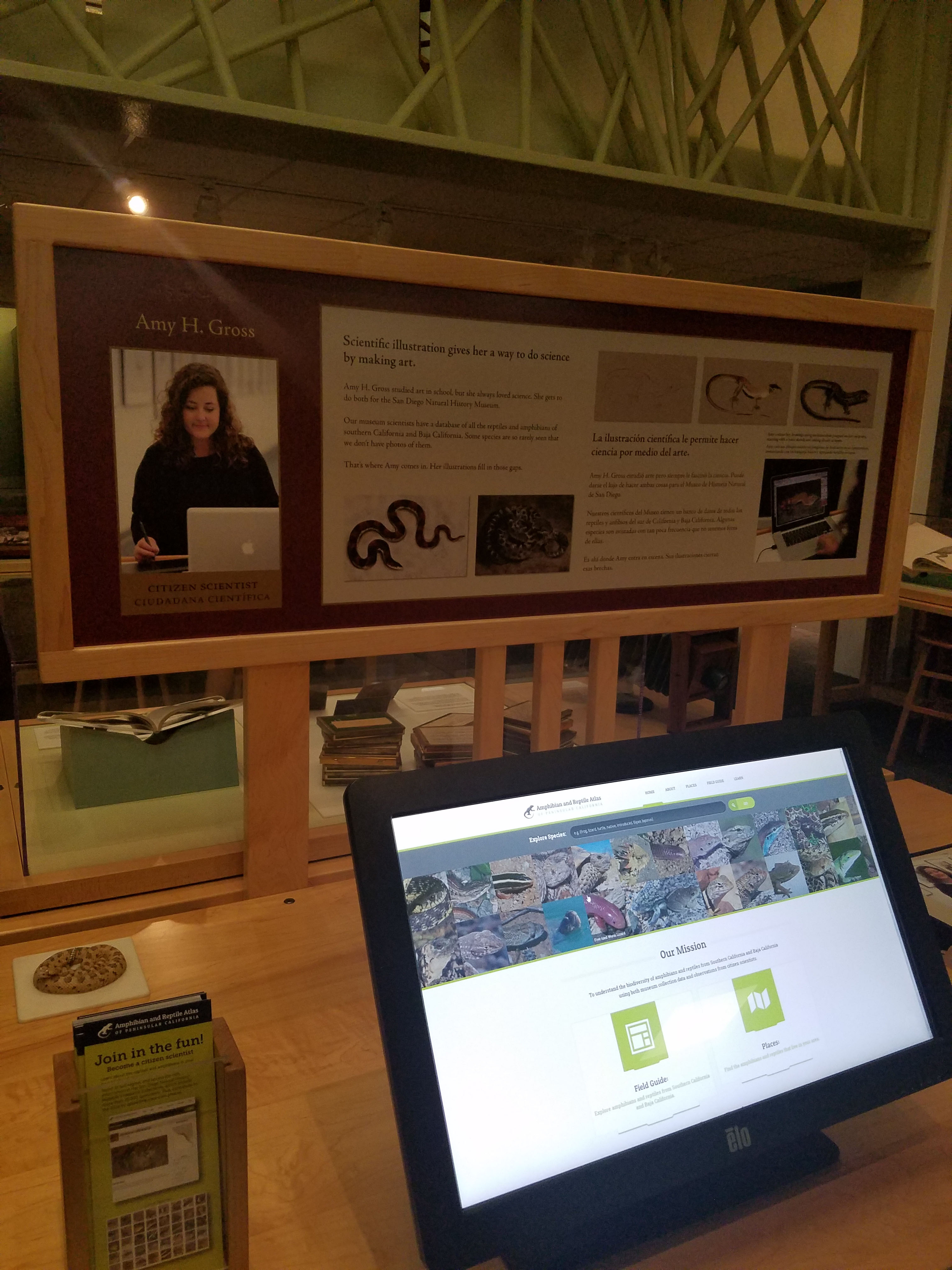
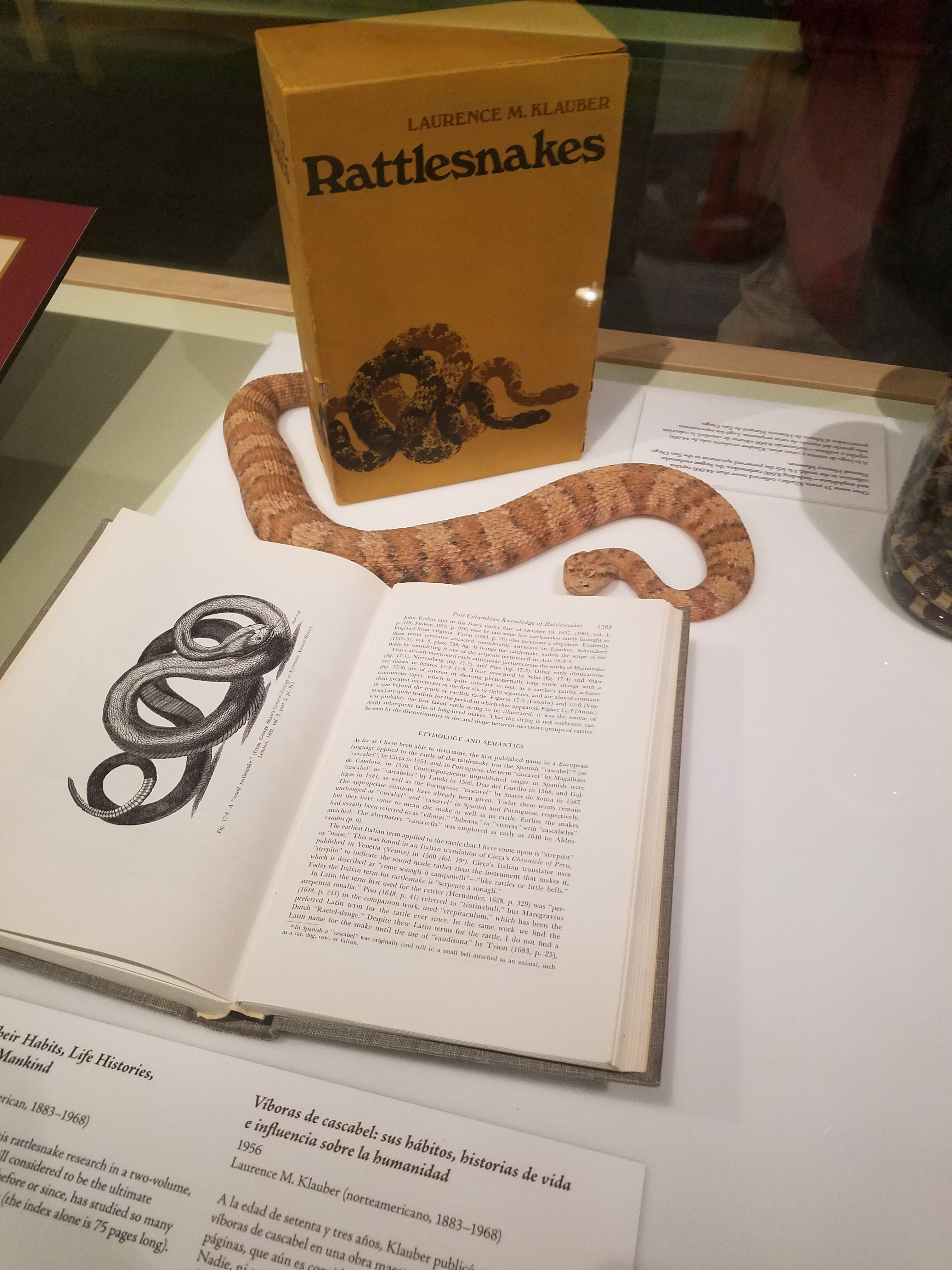
The exhibit features a rotating selection of rare books, photos, and artifacts from the museum’s library. There is a loft space with pictures of California wildflowers and a children’s reading area.
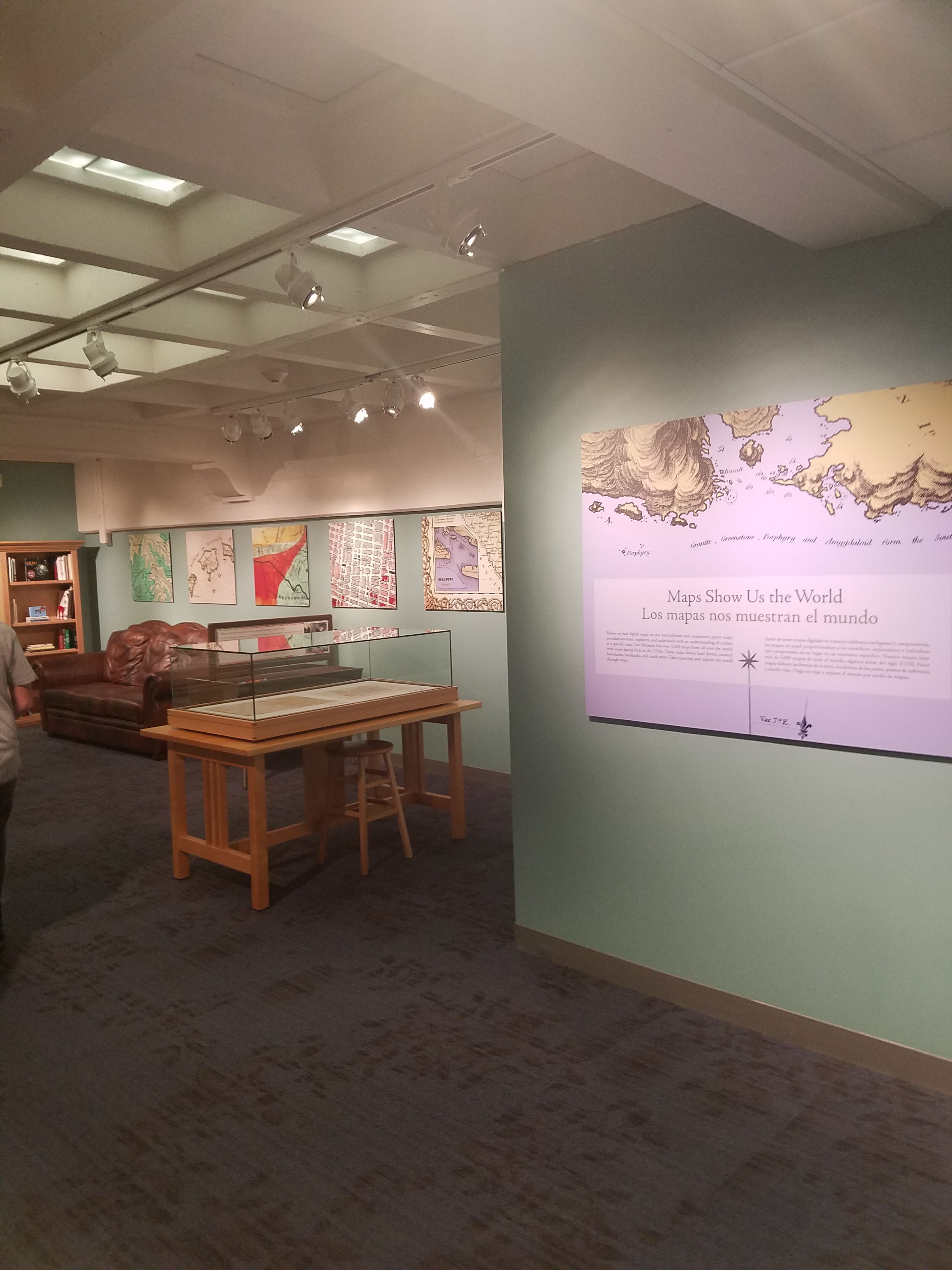
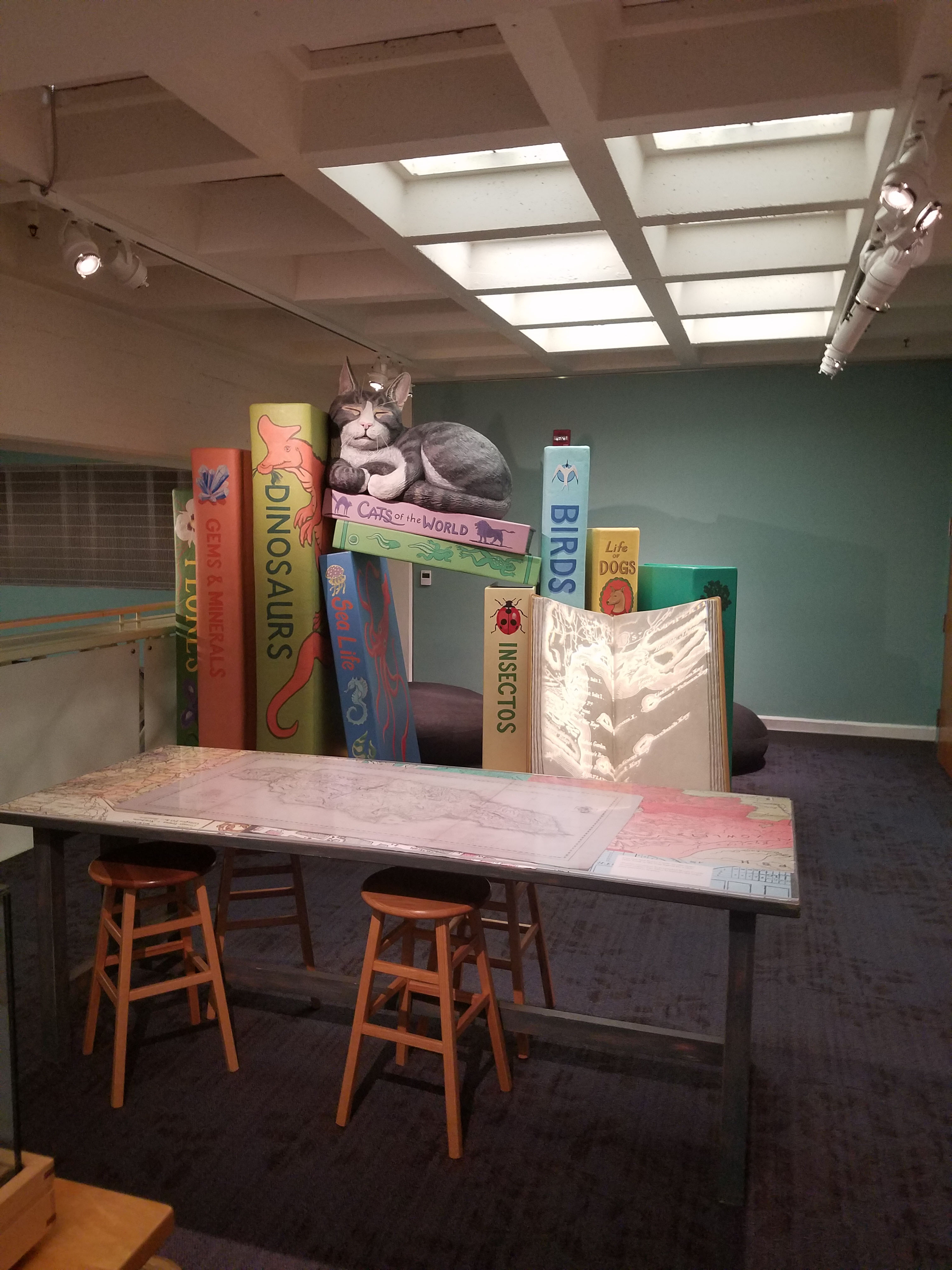
Photos on Level 4
The small fourth level focuses on photo exhibits. These exhibits change frequently. For example, from March 23, 2019, to June 23, 2019, there will be a display of National Geographic 50 Greatest Landscape Photos. On June 29, 2019, an exhibit on 50 Greatest wildlife photos will be on display
Other
There are all kinds of special programs at the San Diego Natural History Museum. Many of these are camps and educational programs geared towards San Diego residents. You can go here for information on camps.
For non-residents, the basement of the San Diego Natural History Museum has an Escape room, Escape the Nat. This is an add-on experience for 2 to 6 players at a cost of $30 per player.
During the summer the San Diego Natural History Museum stays open to 10 PM on Thursdays and Fridays. During this Nat at Night program admission is half-price after 5 PM.
The museum also hosts regular nature hikes and whale watching tours.
For more attractions in San Diego check out our top 10 list of both paid attractions and free attractions.

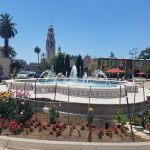
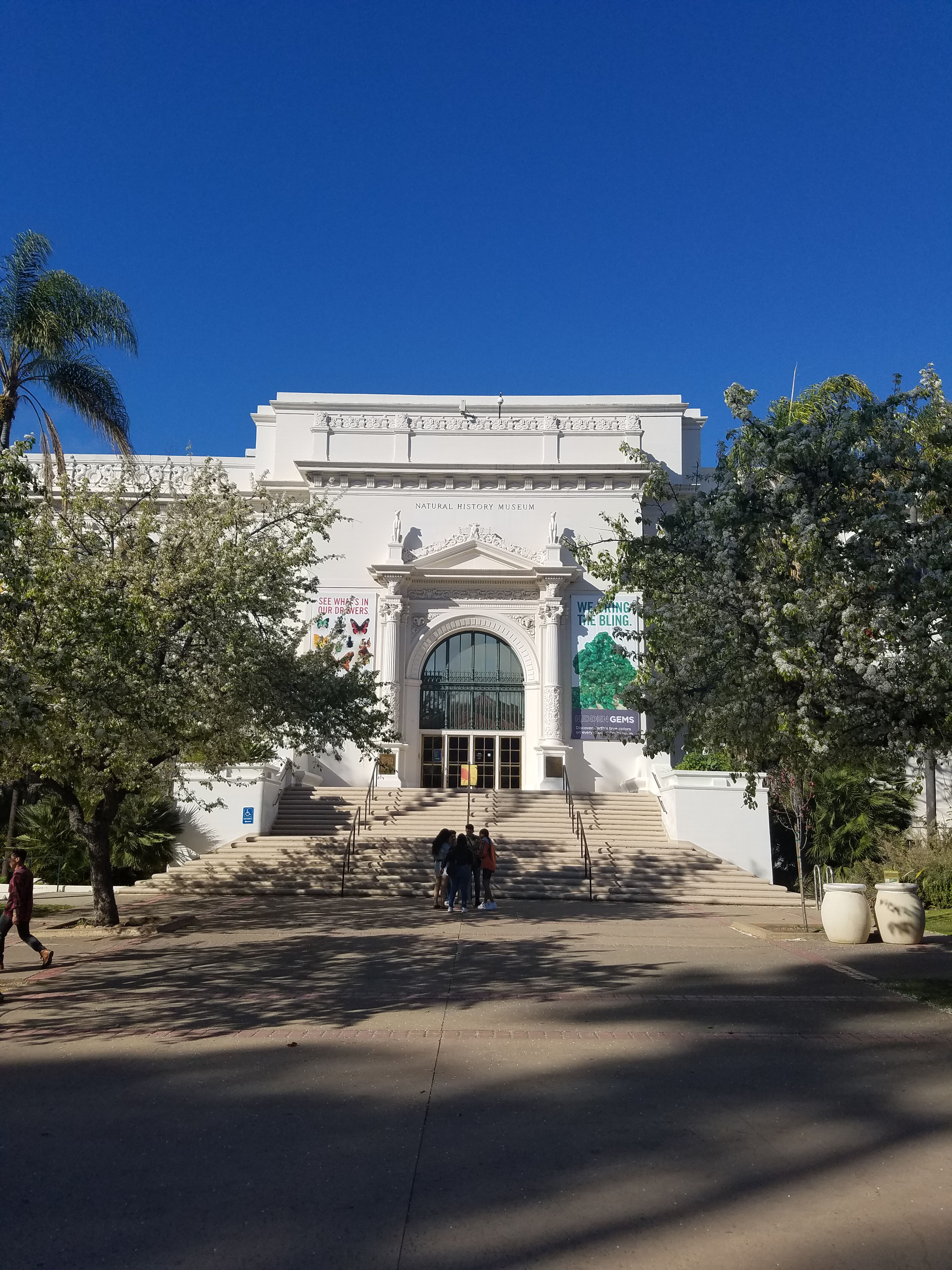
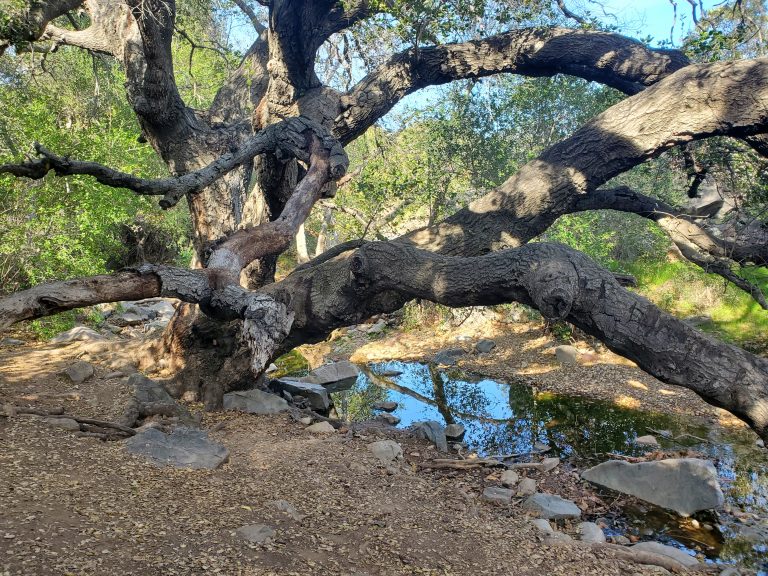
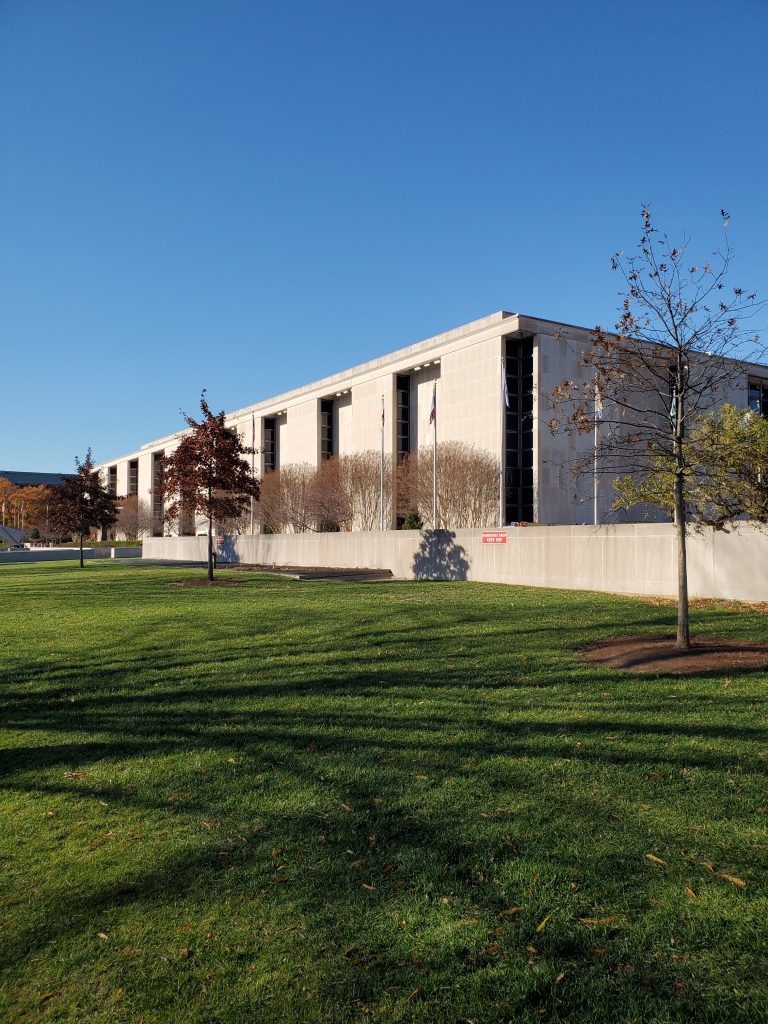
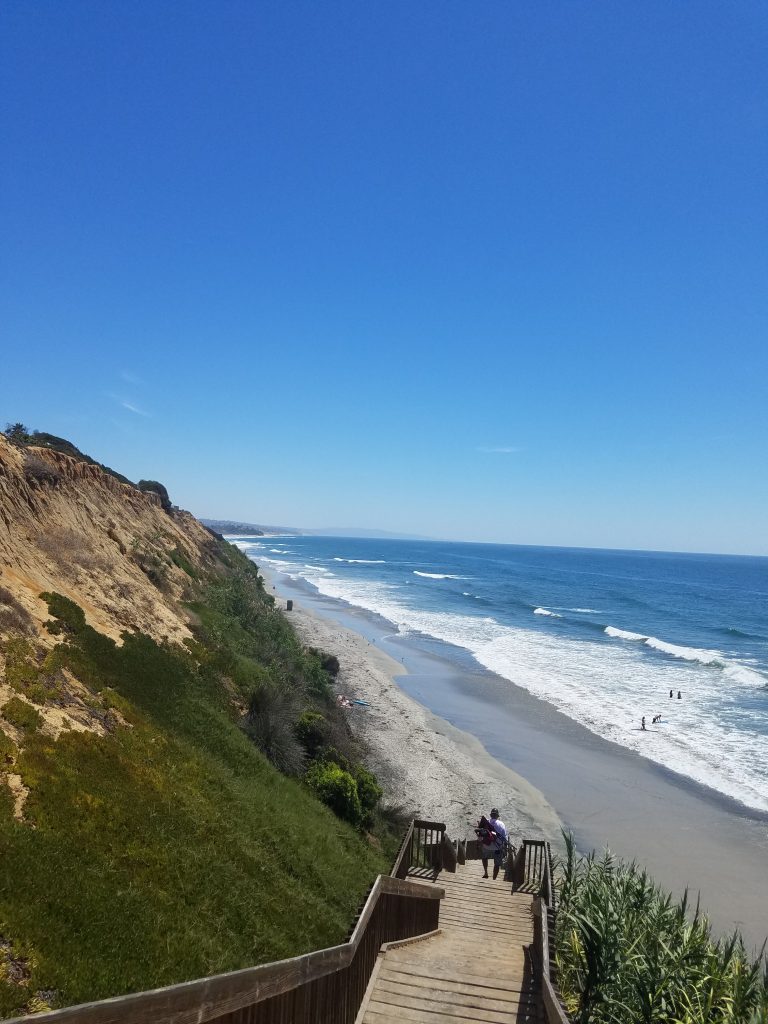
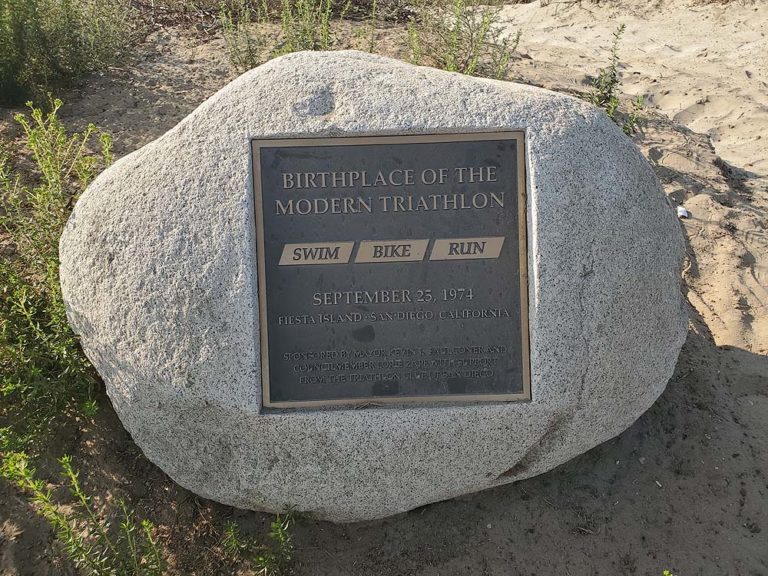
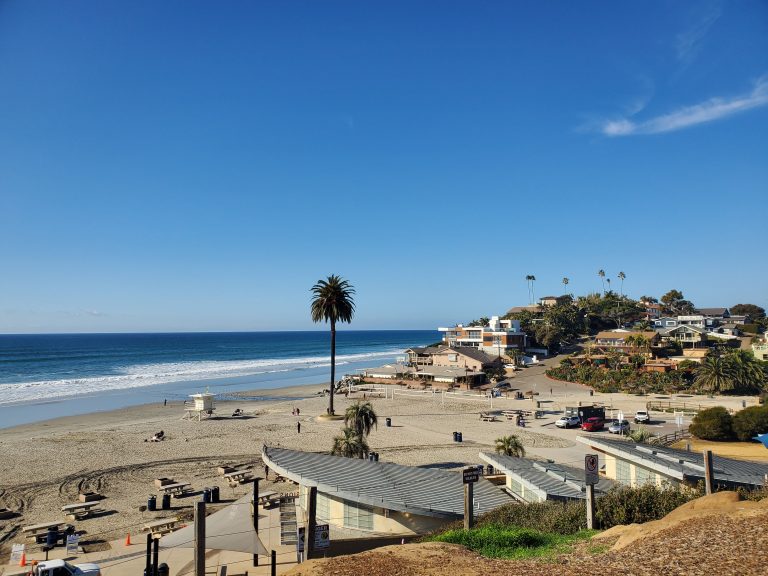
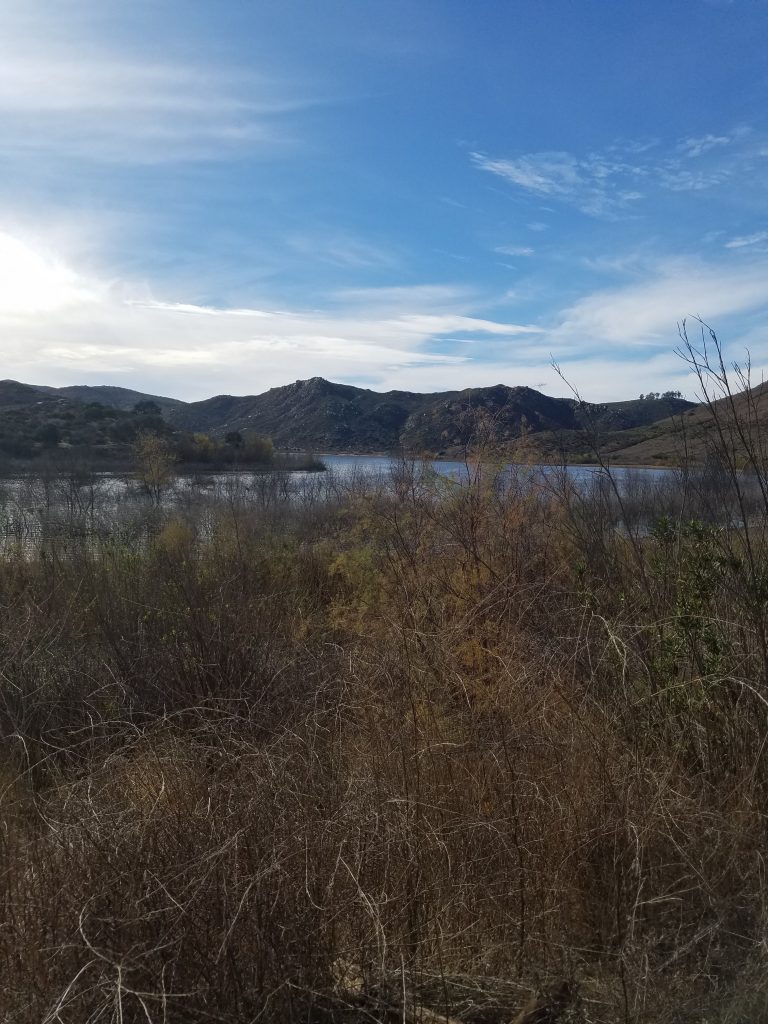
2 Comments
Comments are closed.